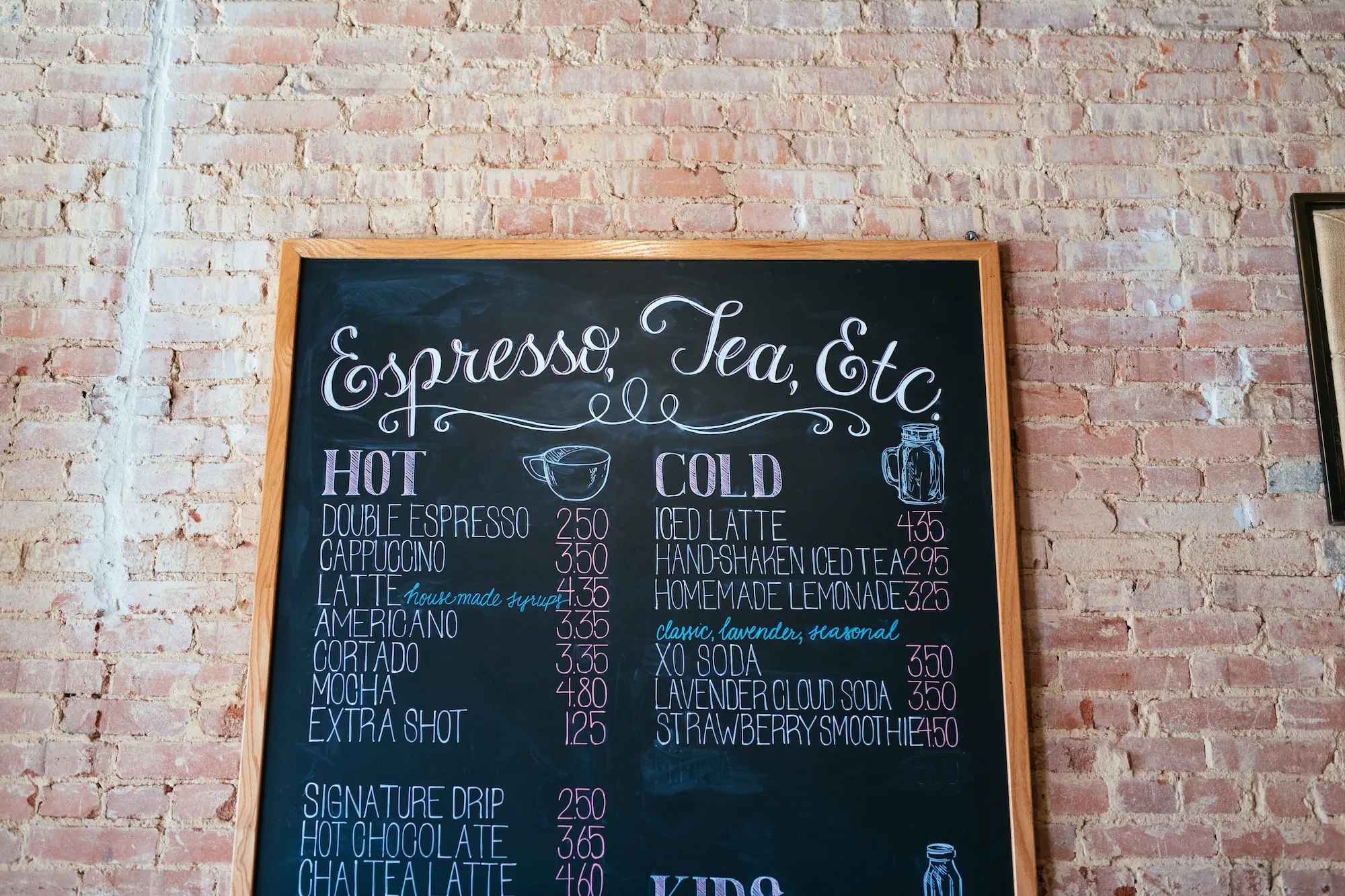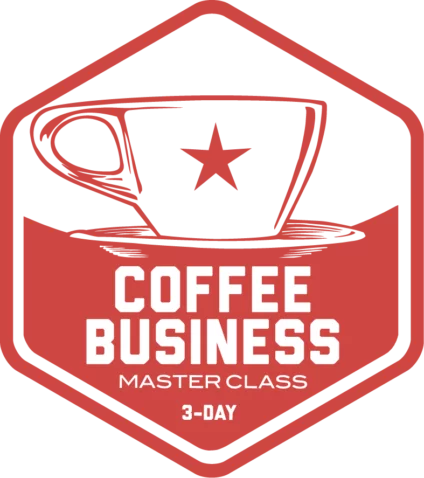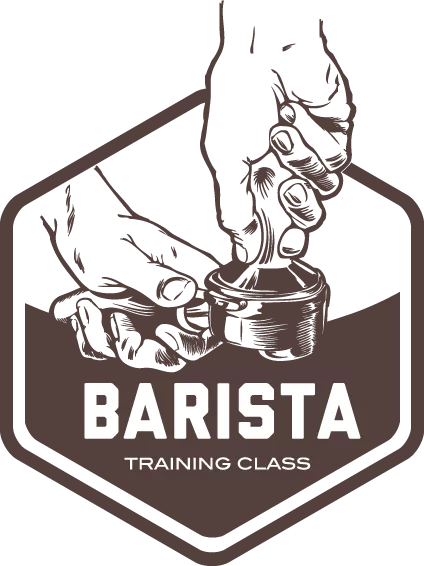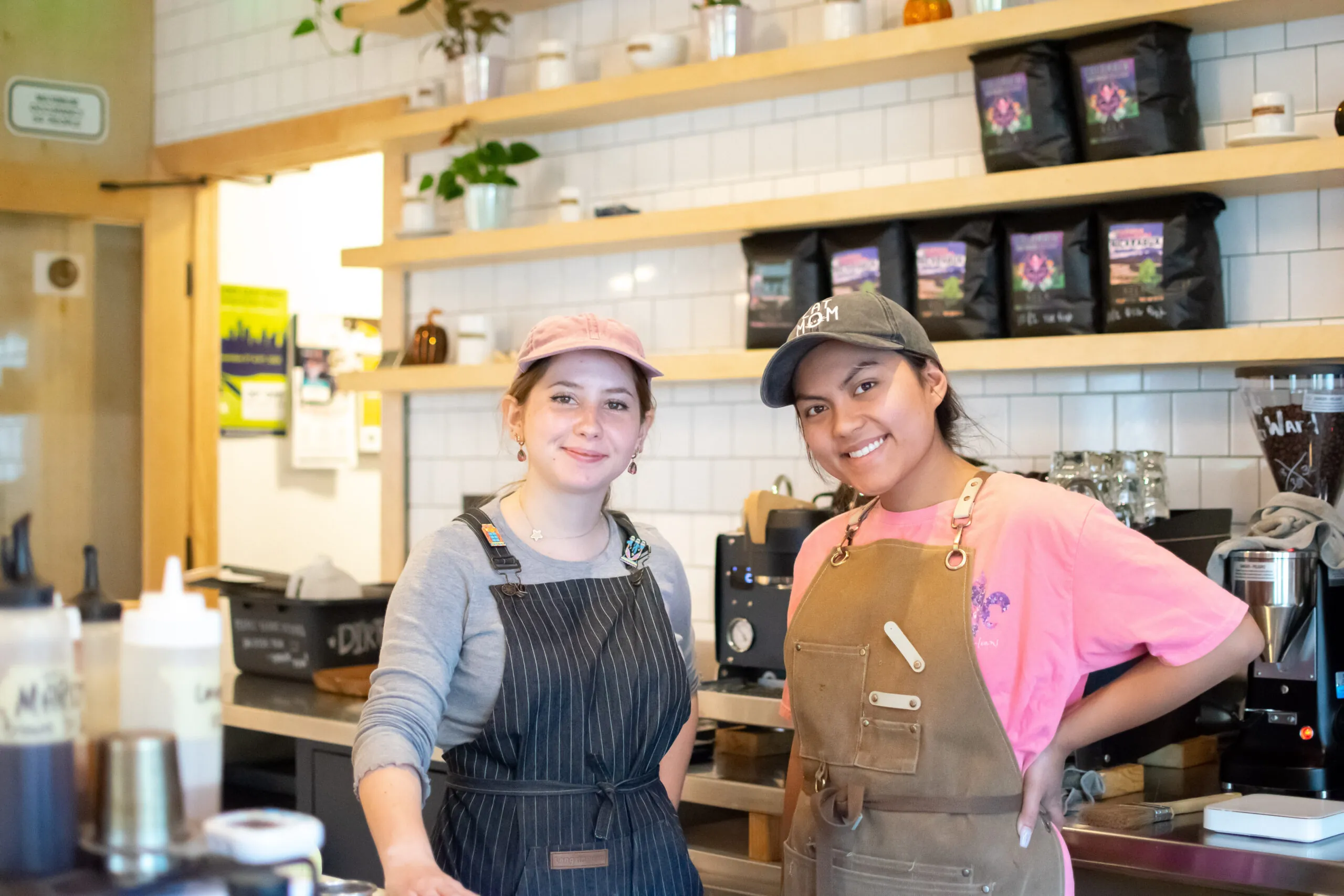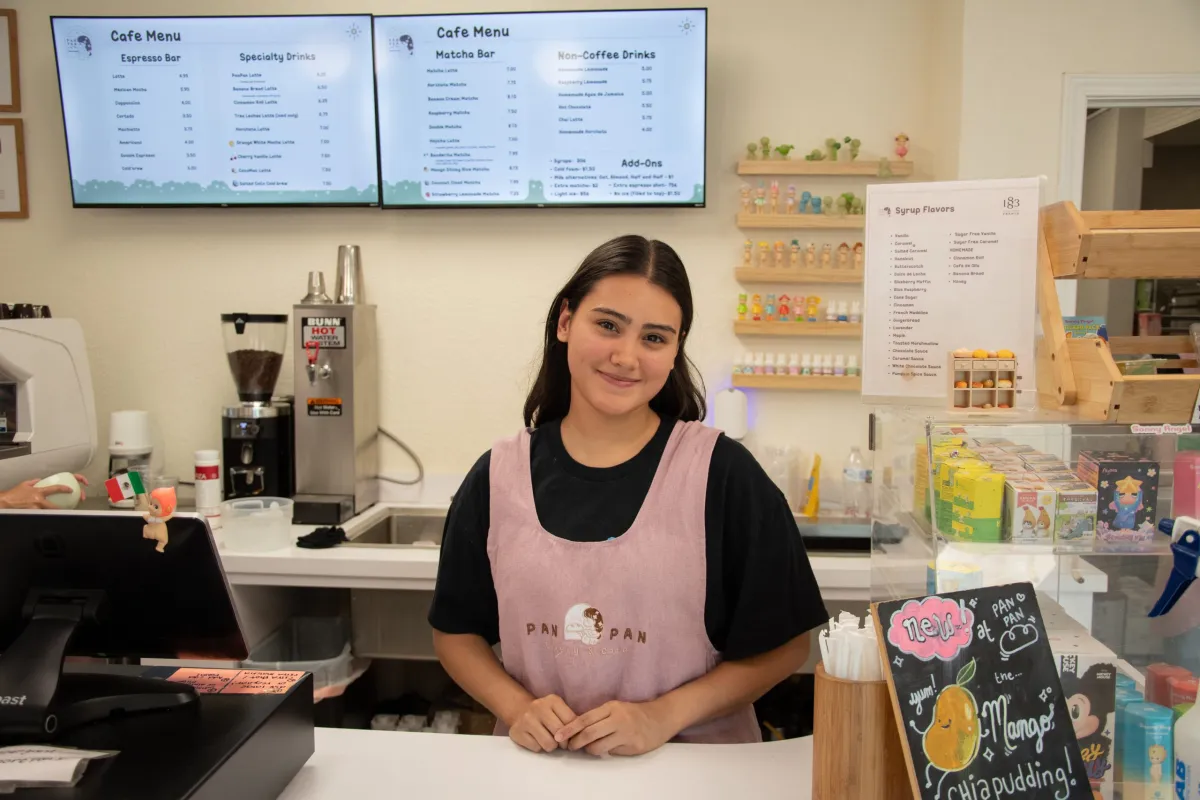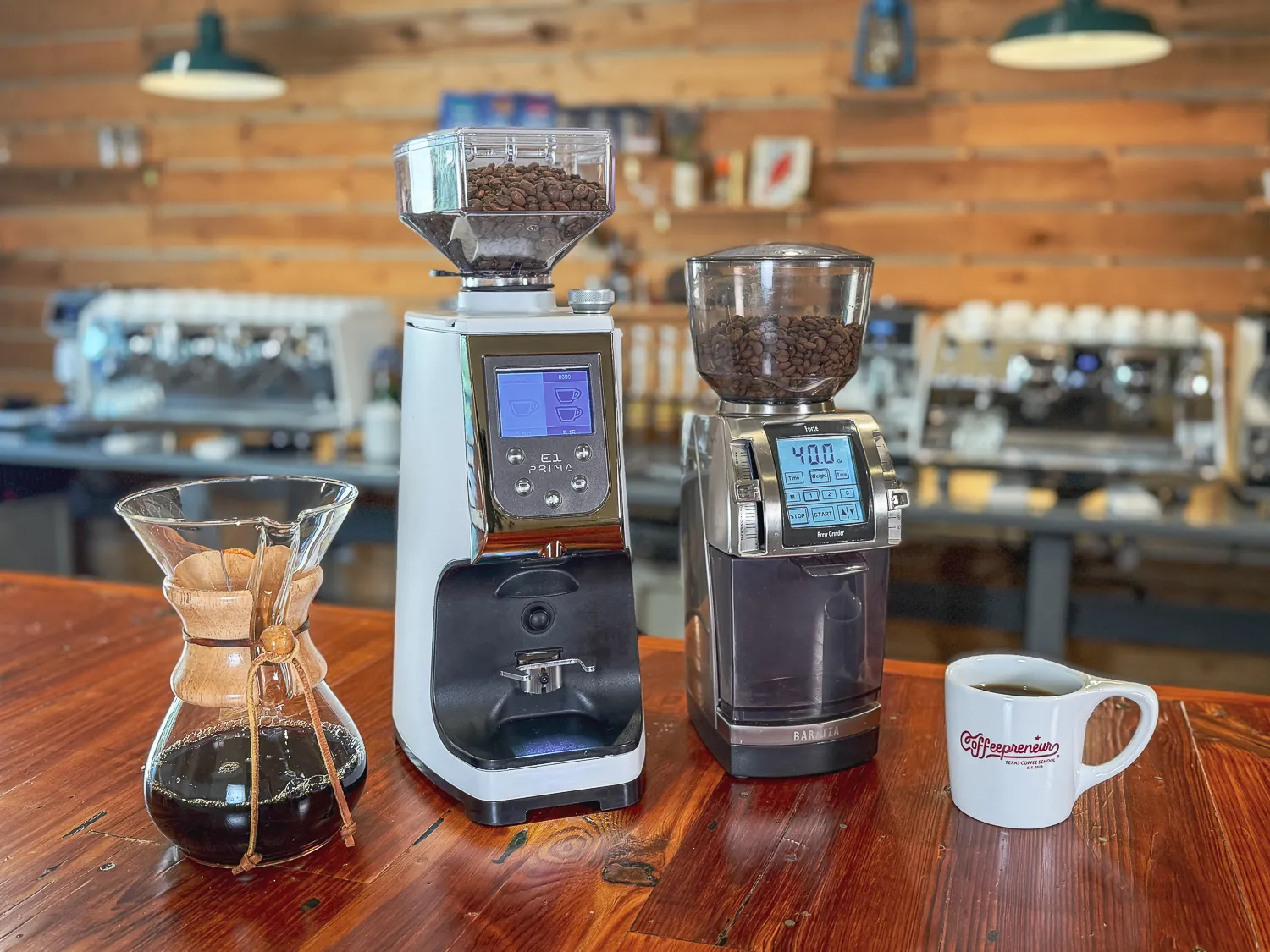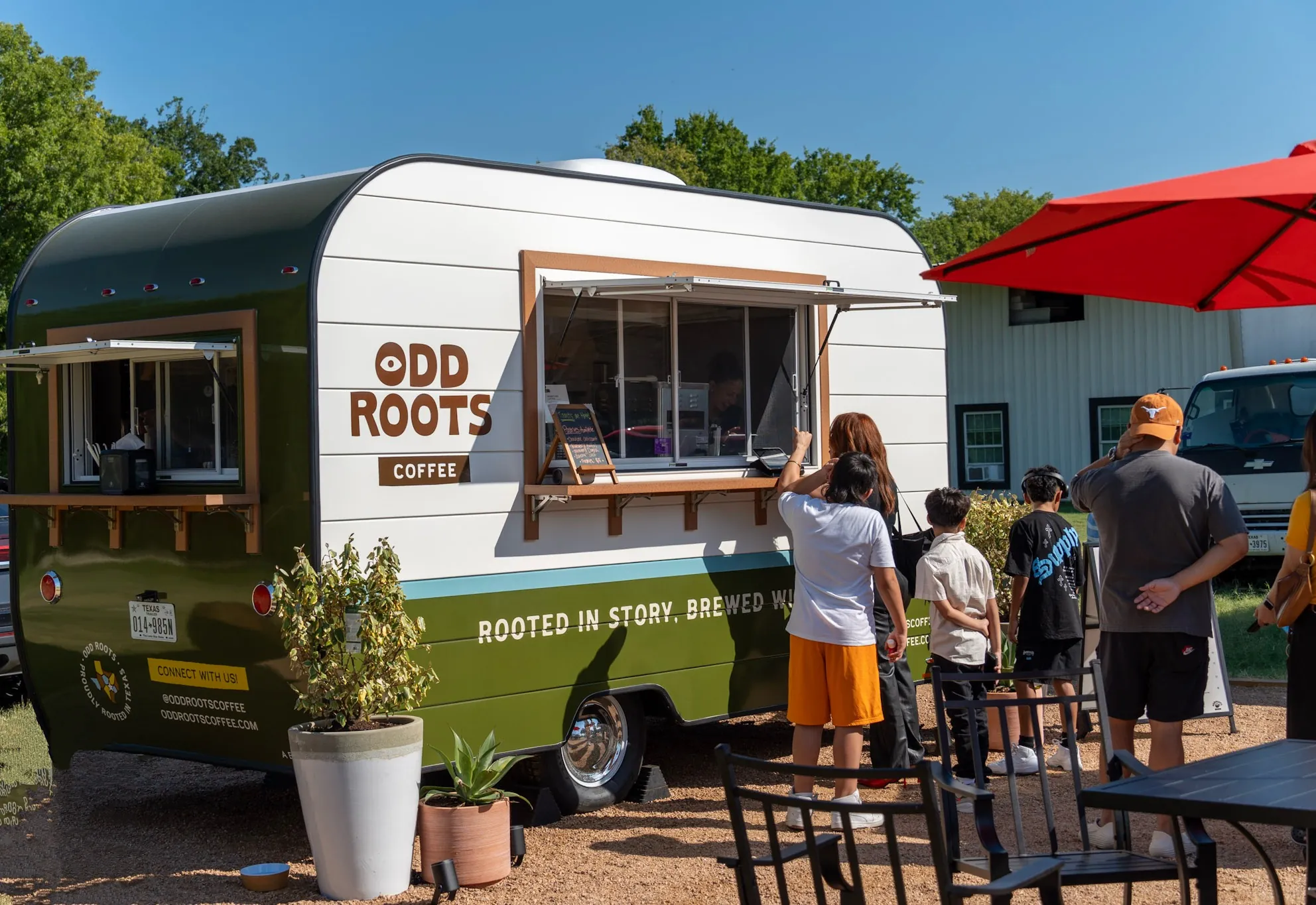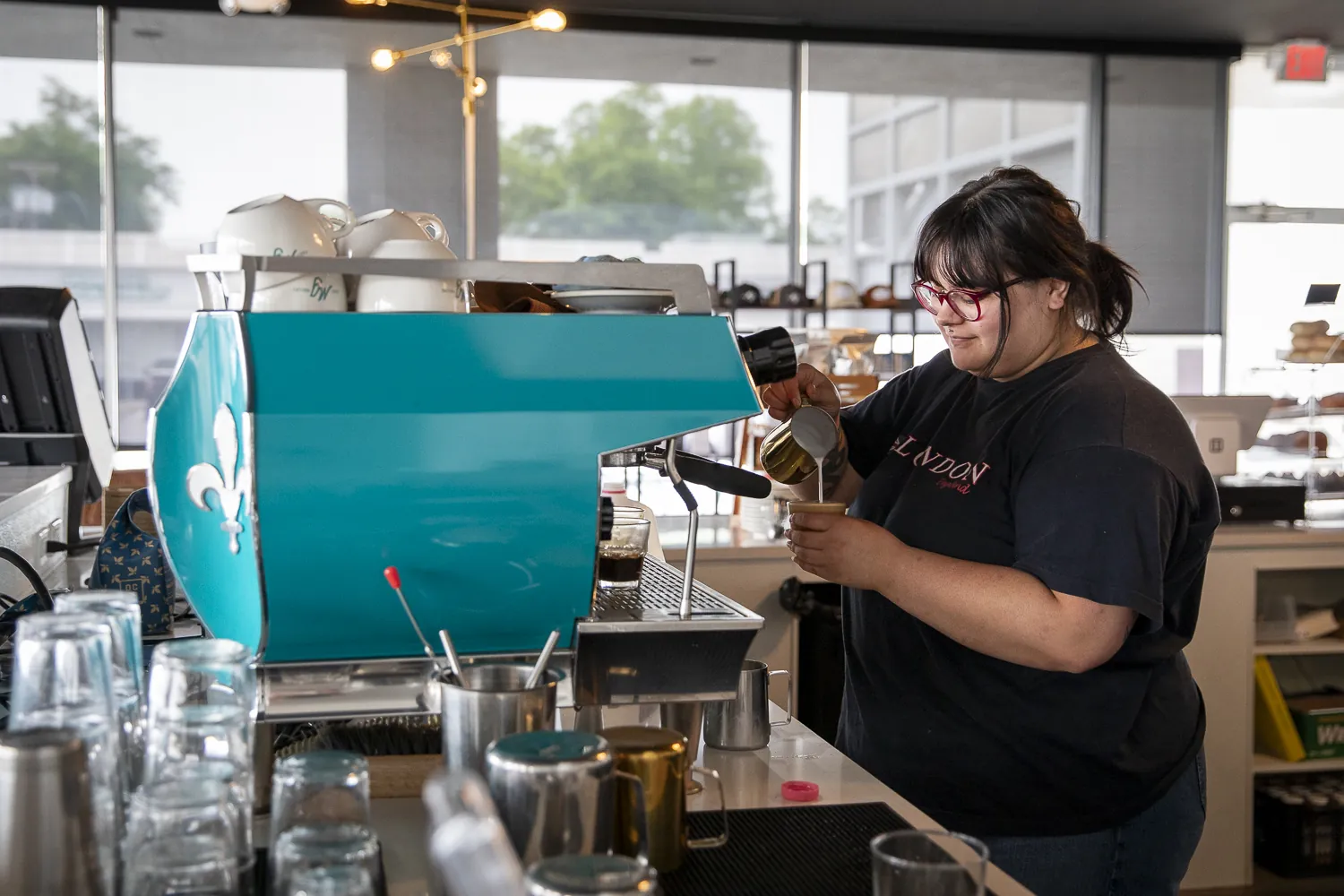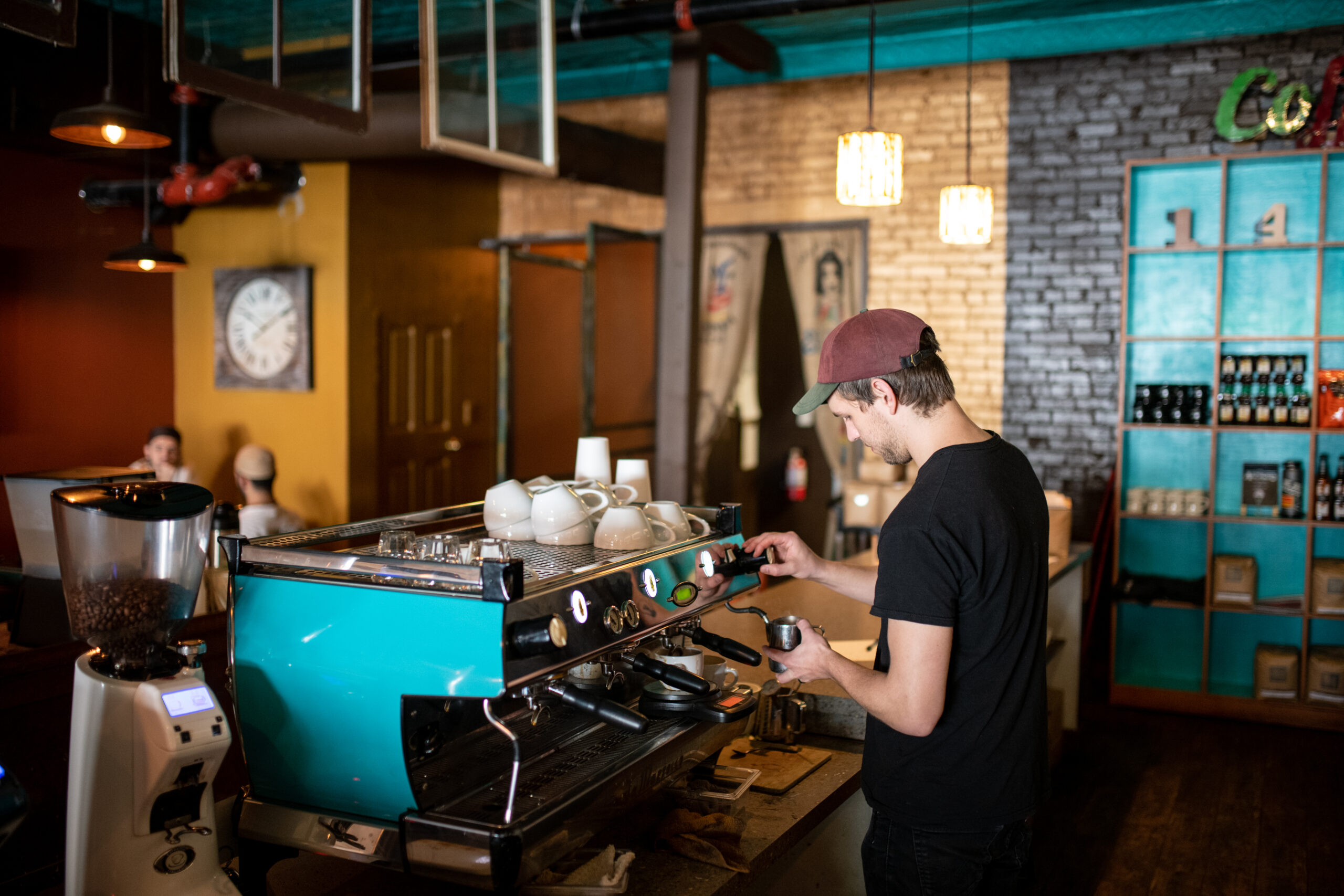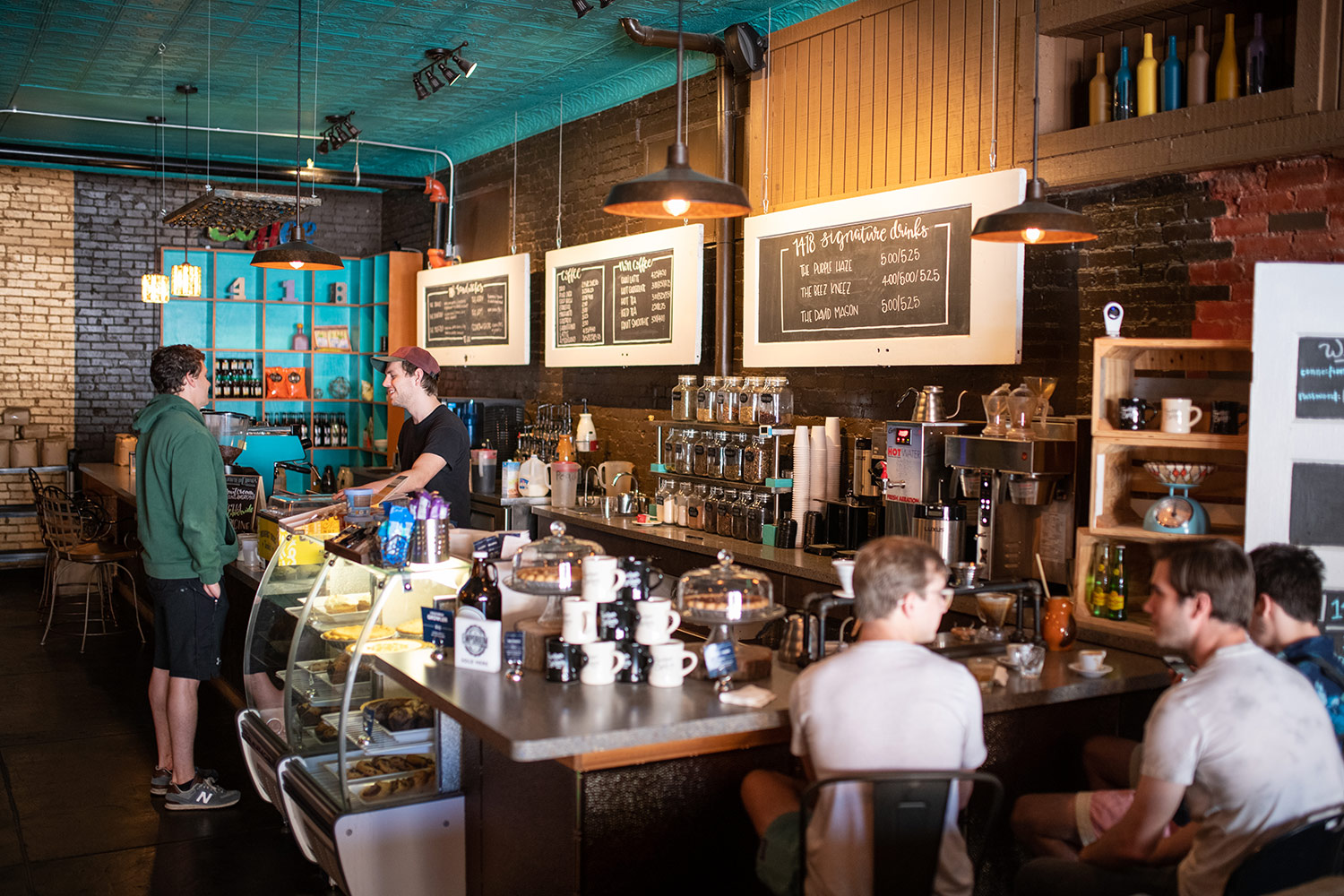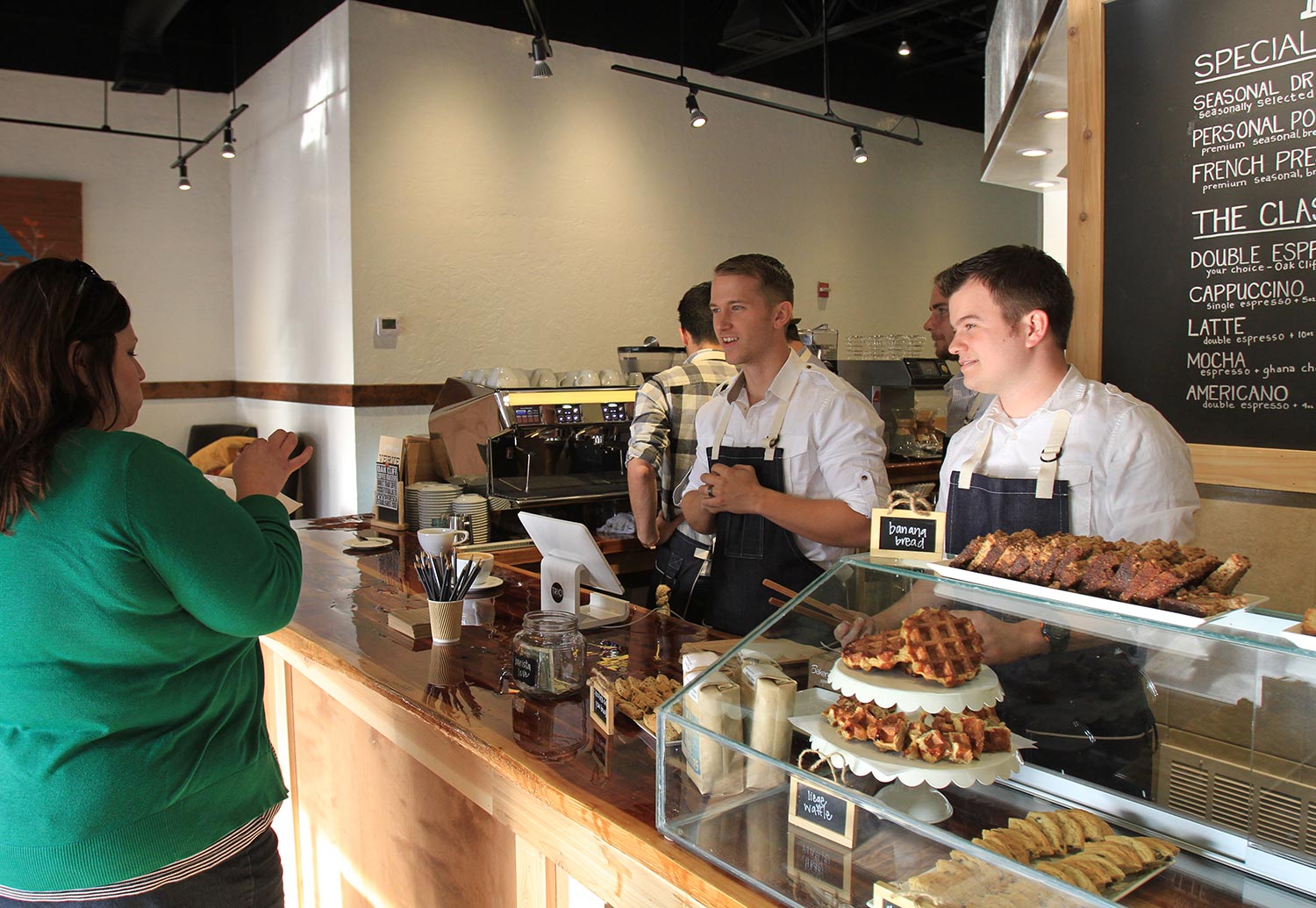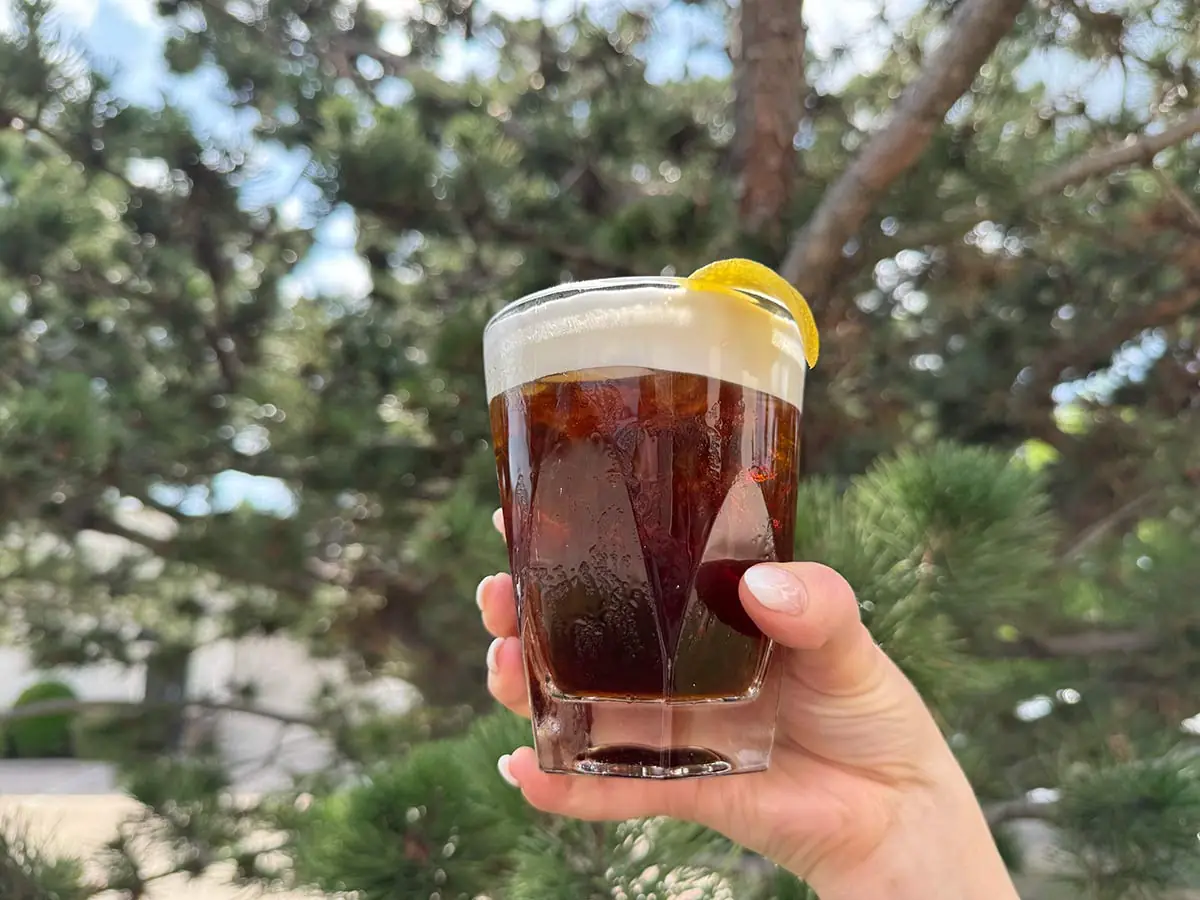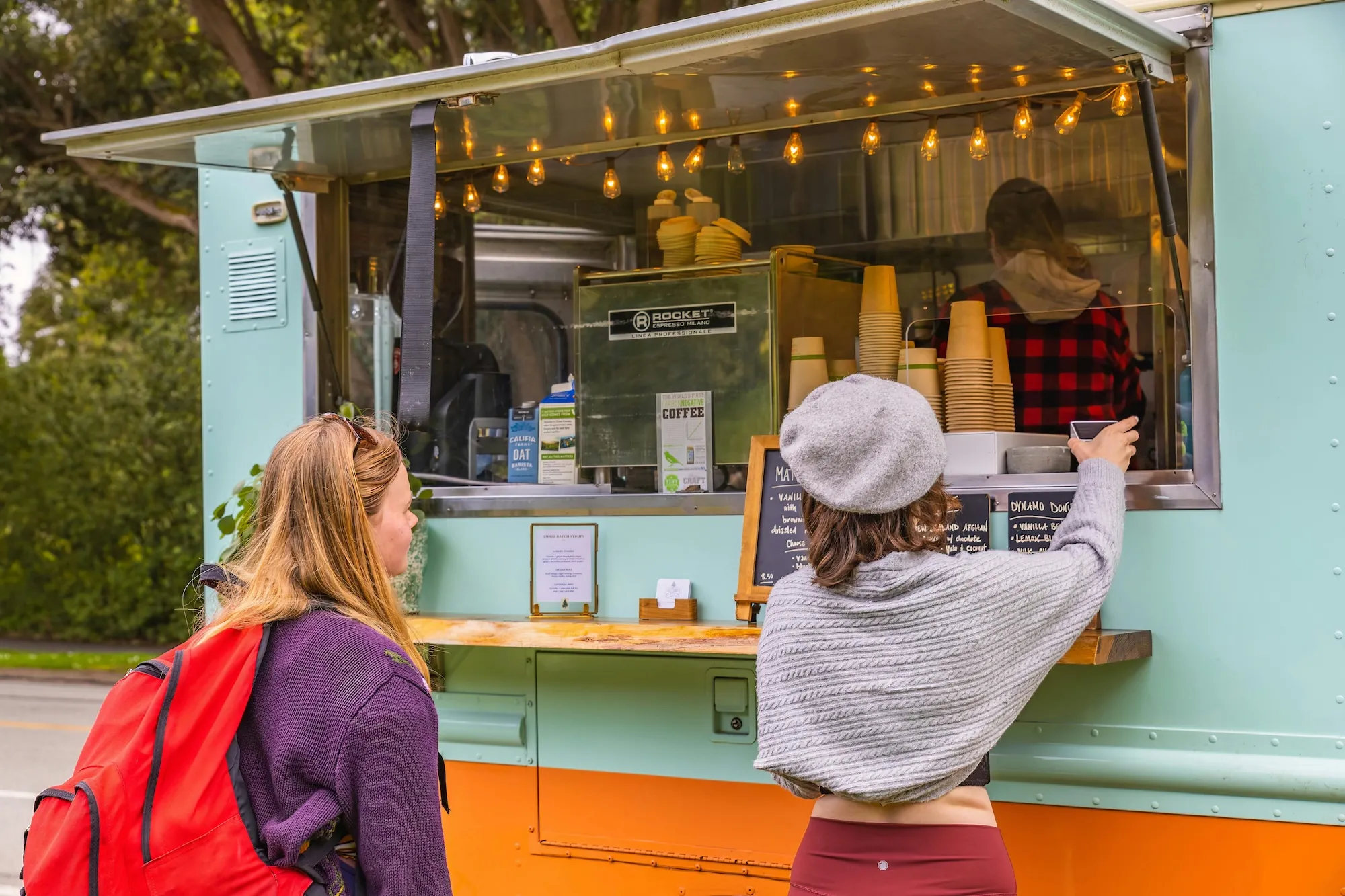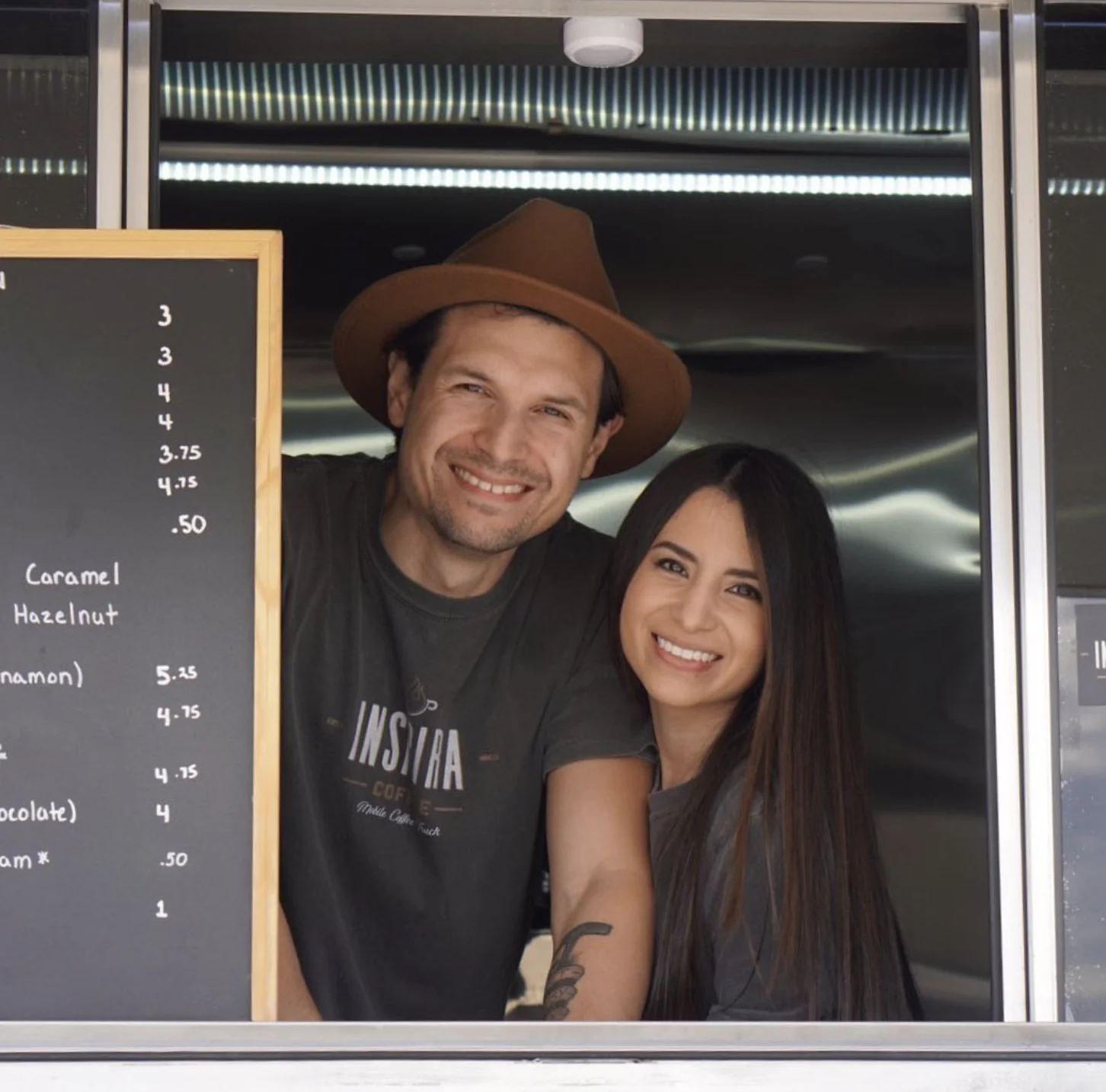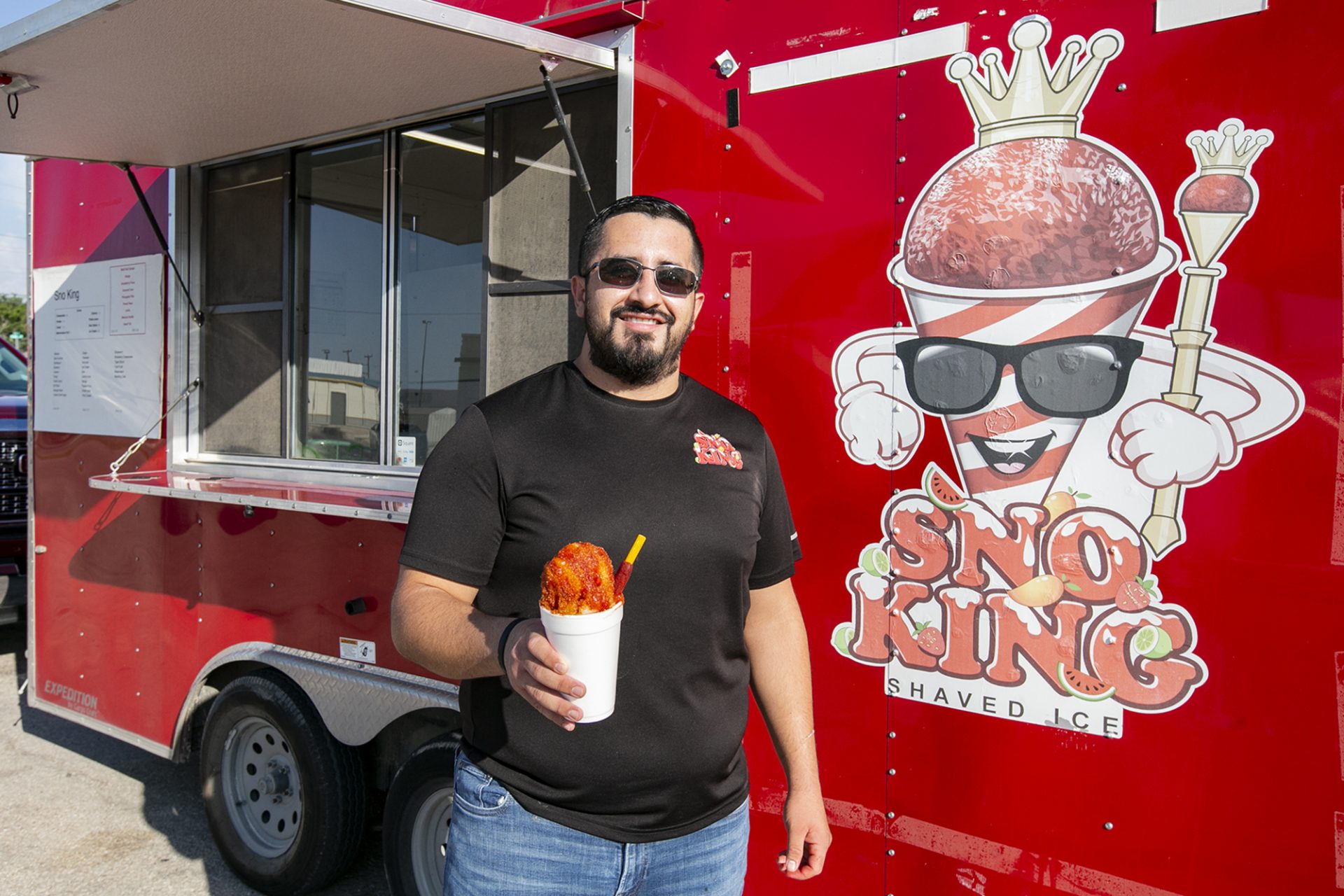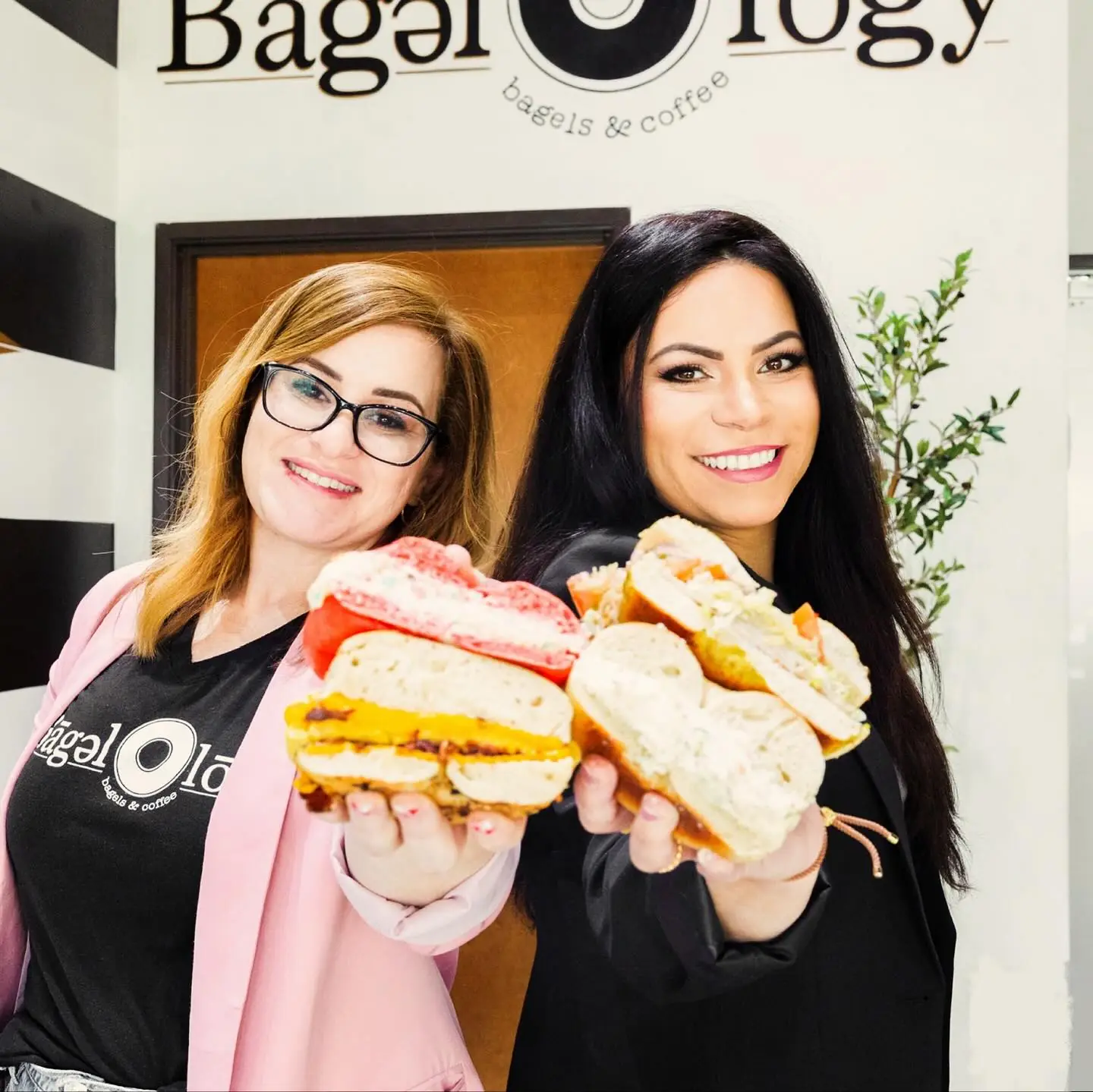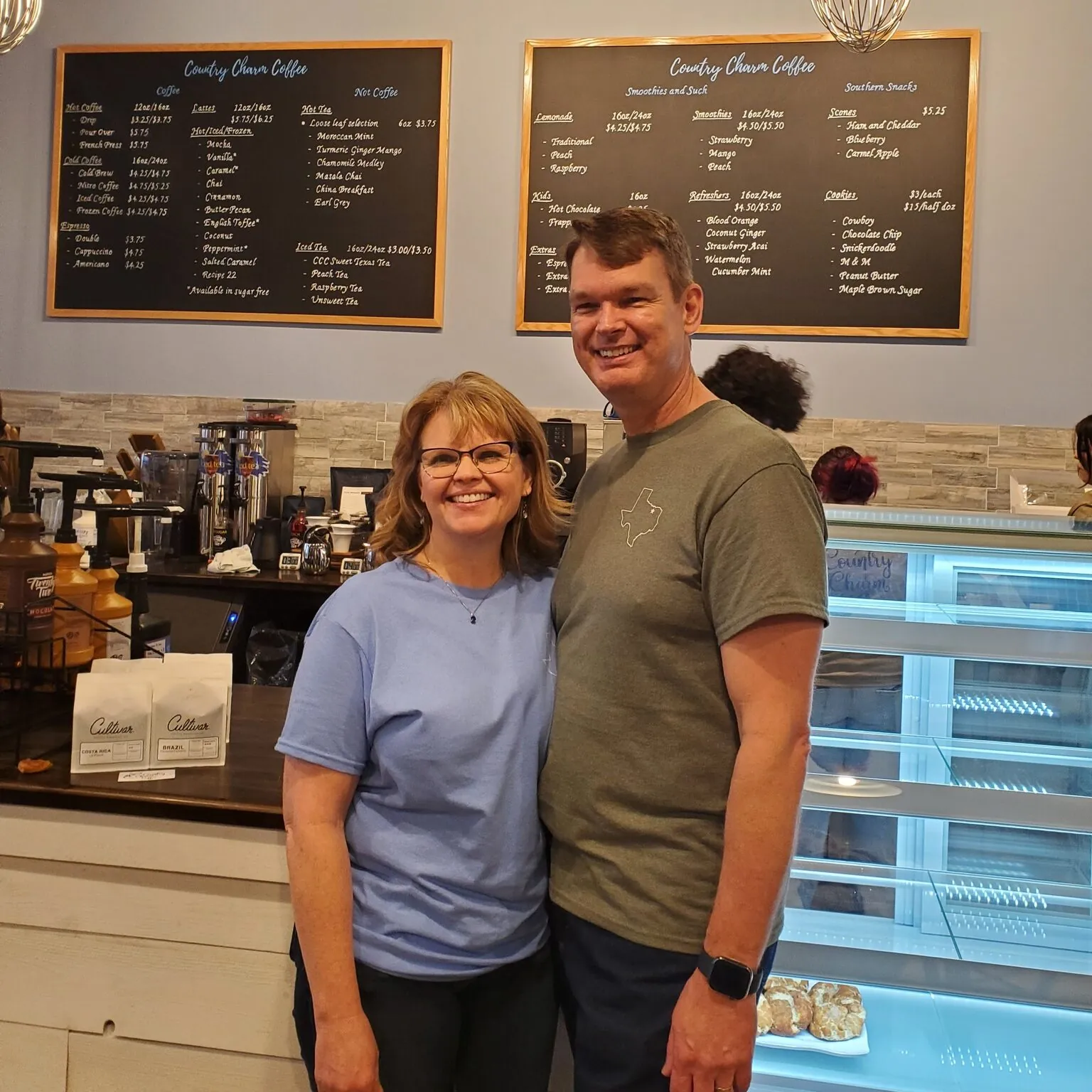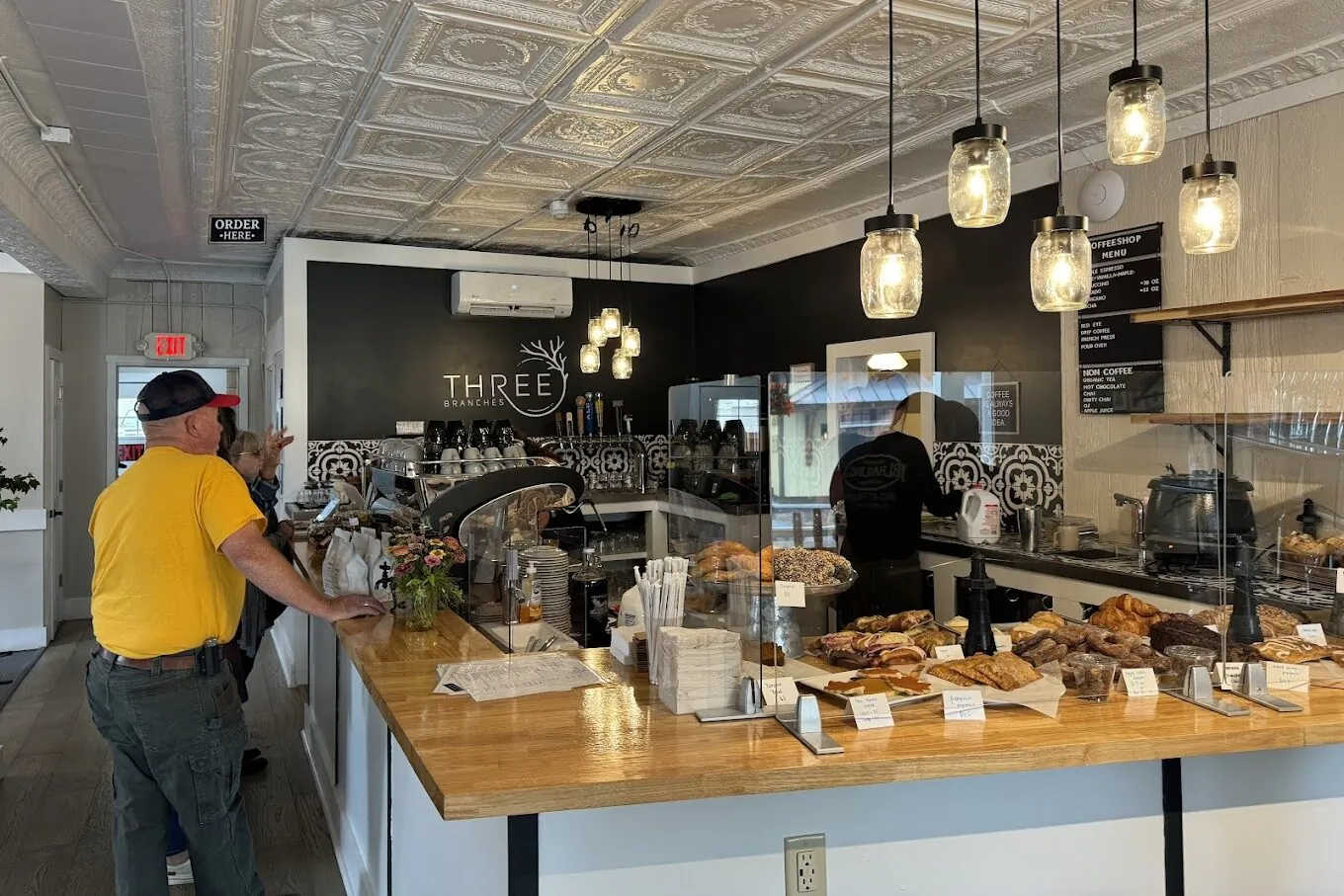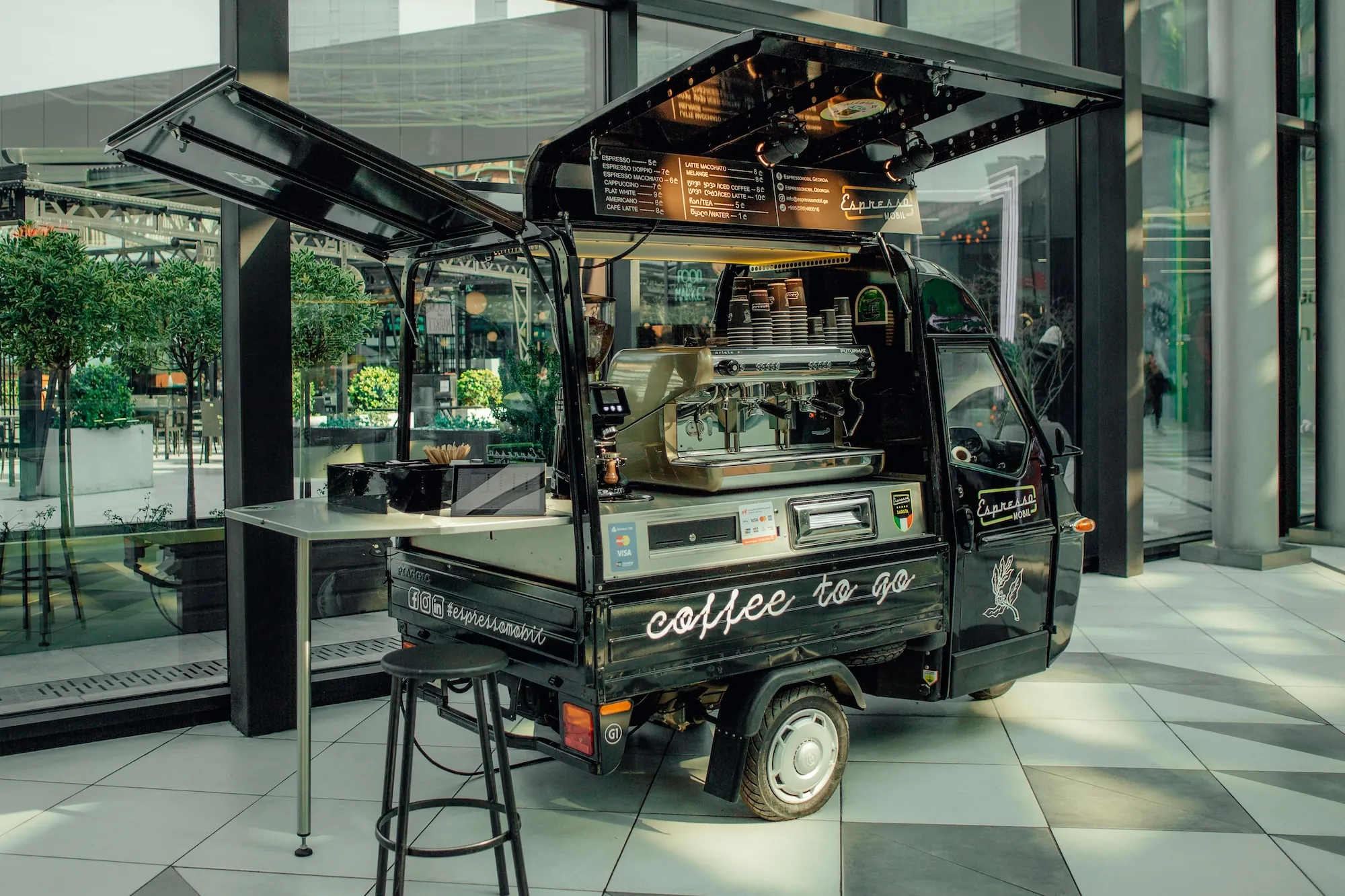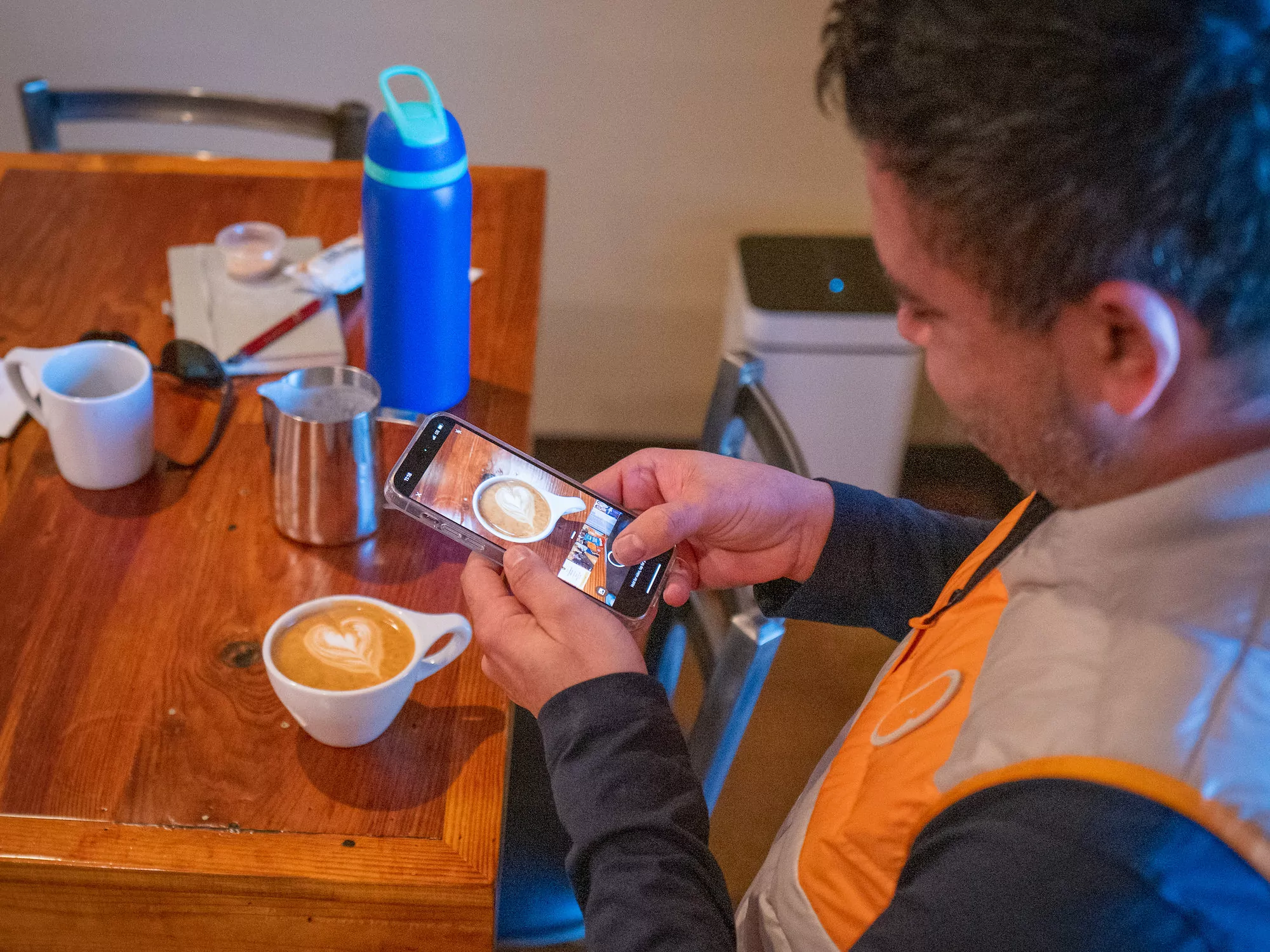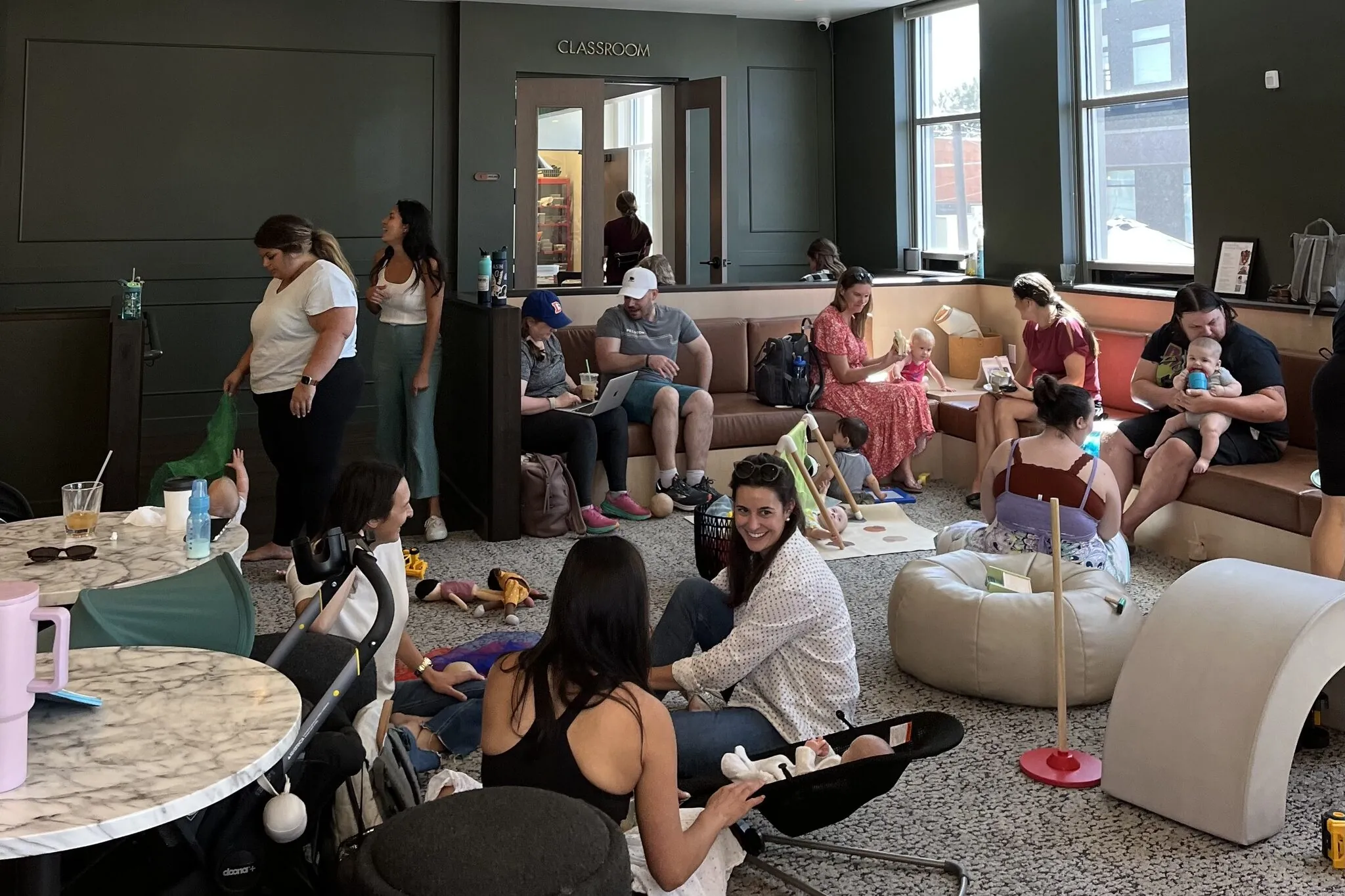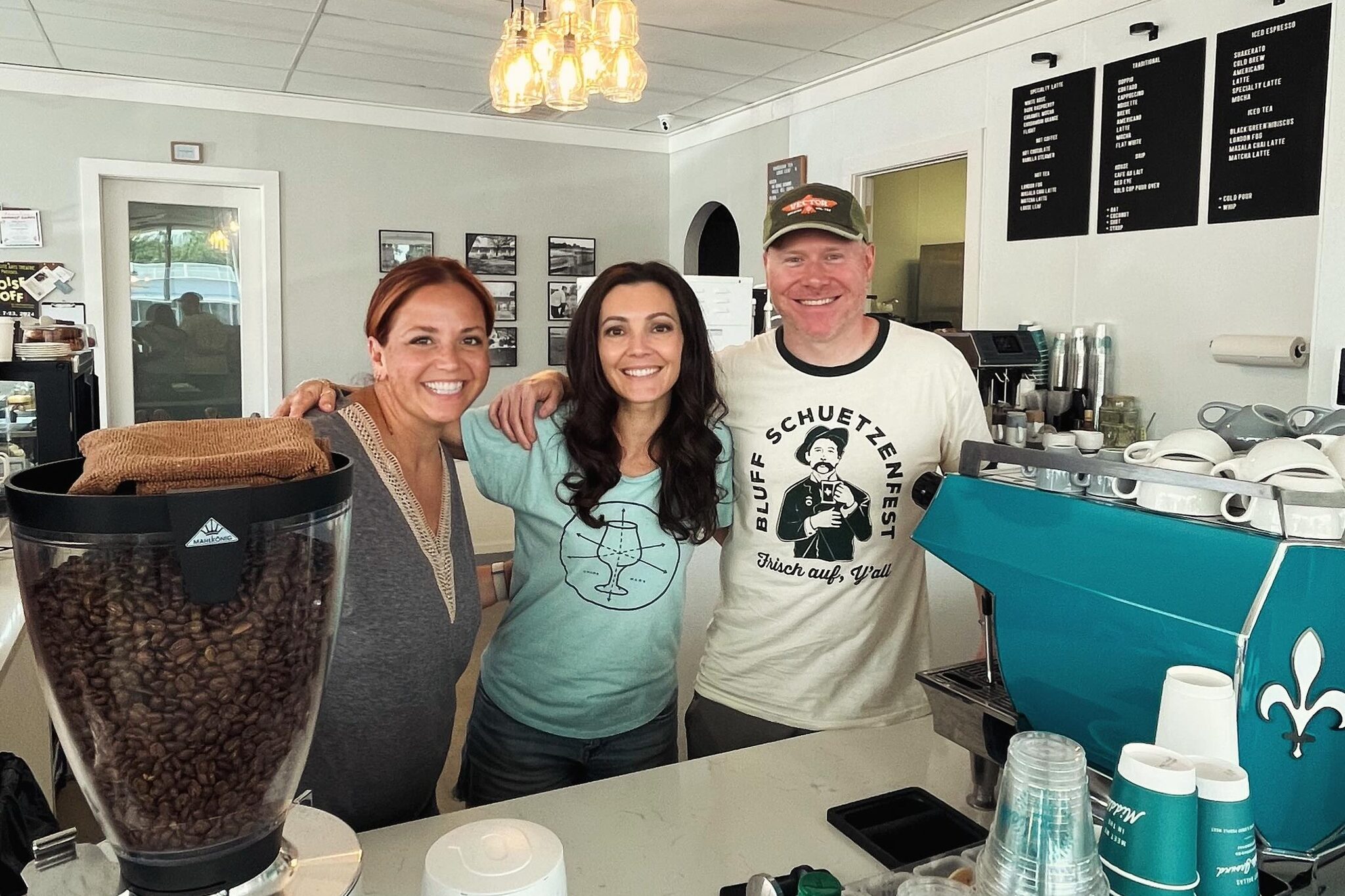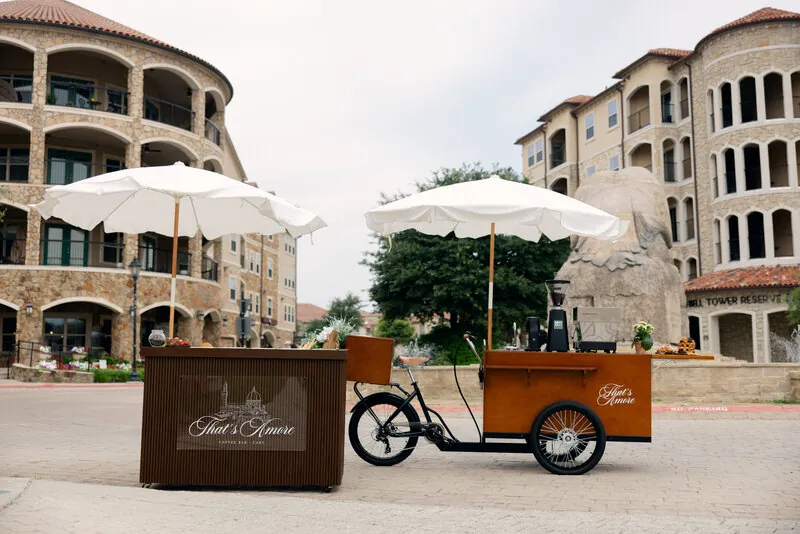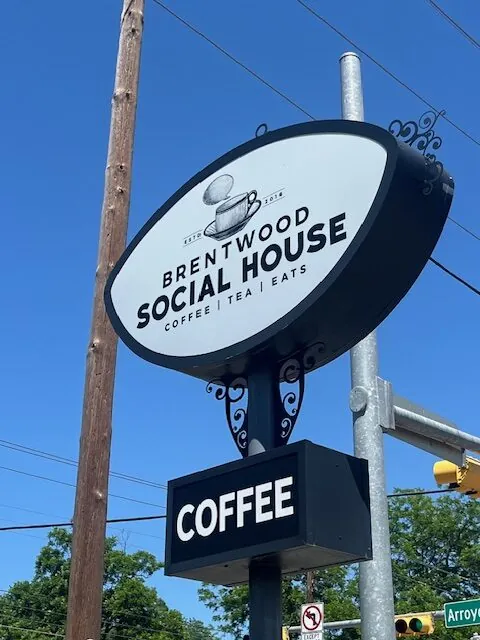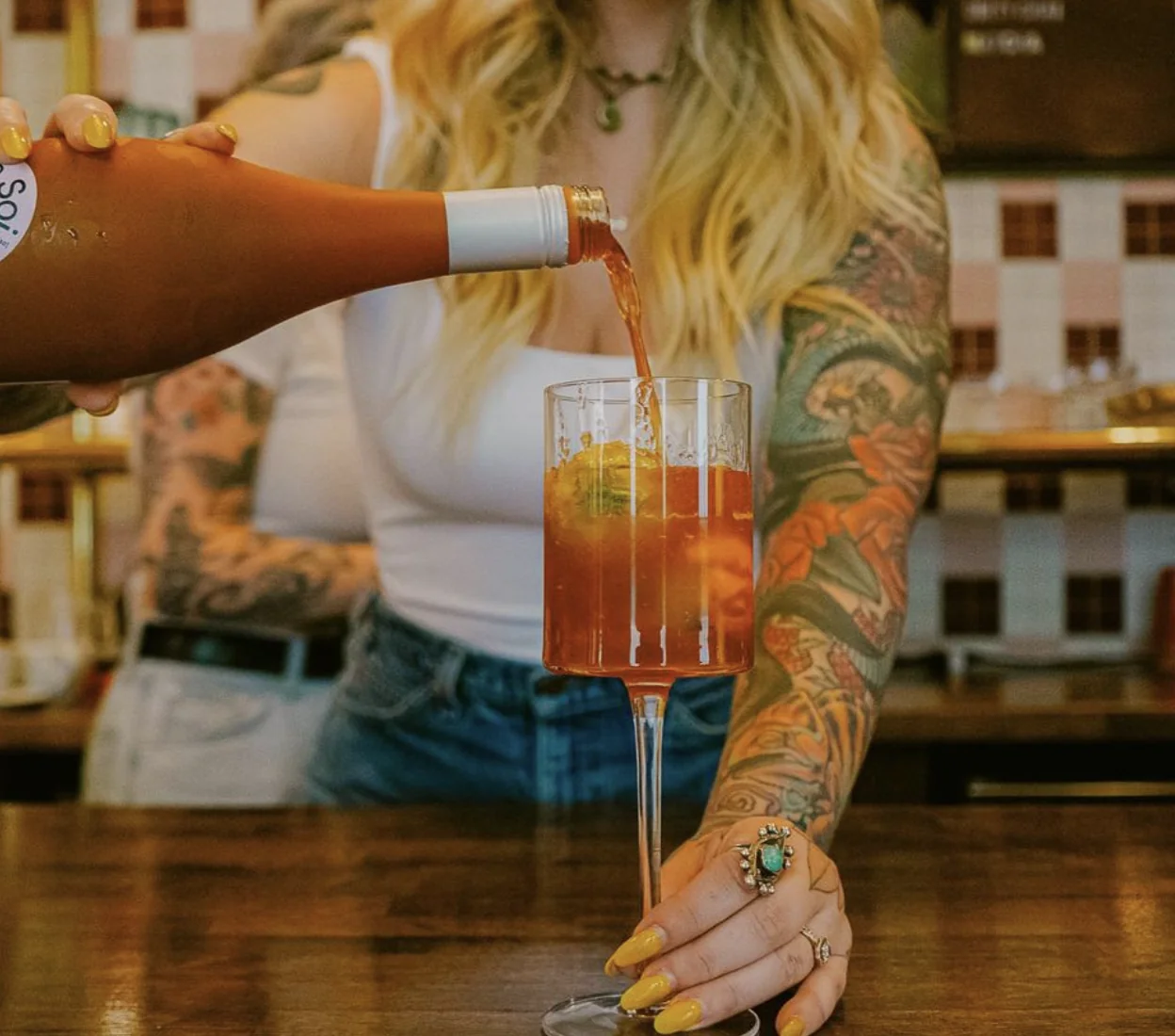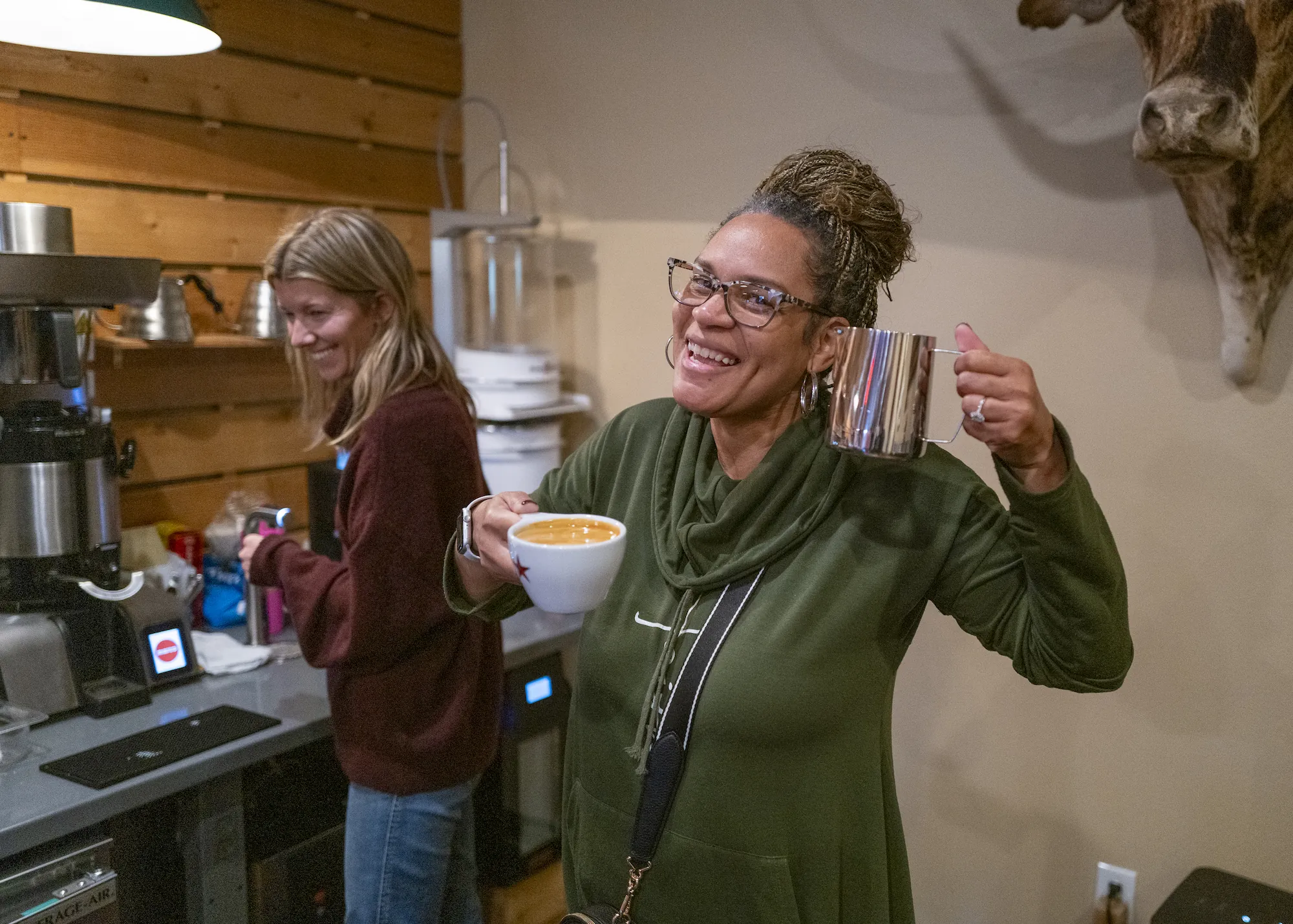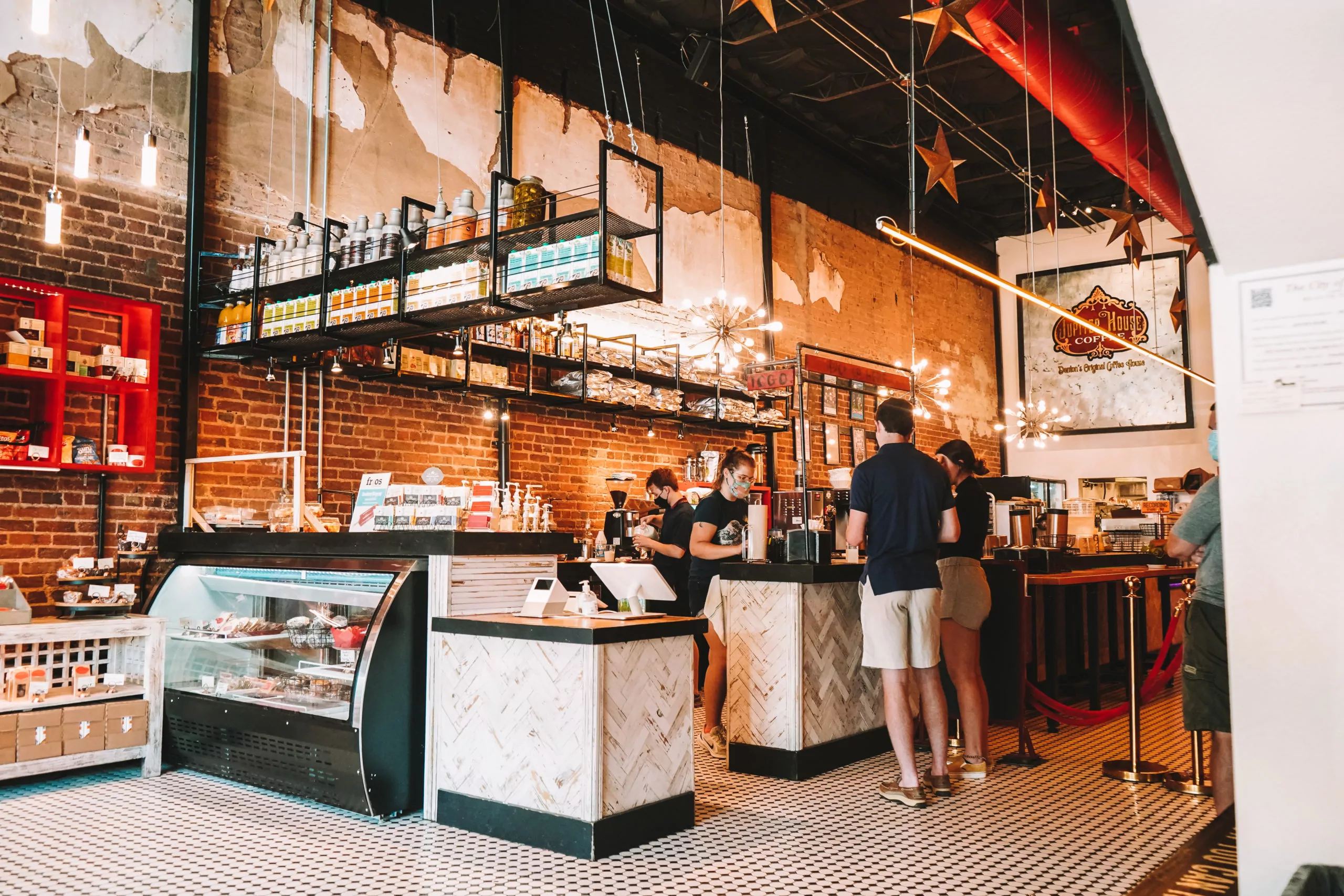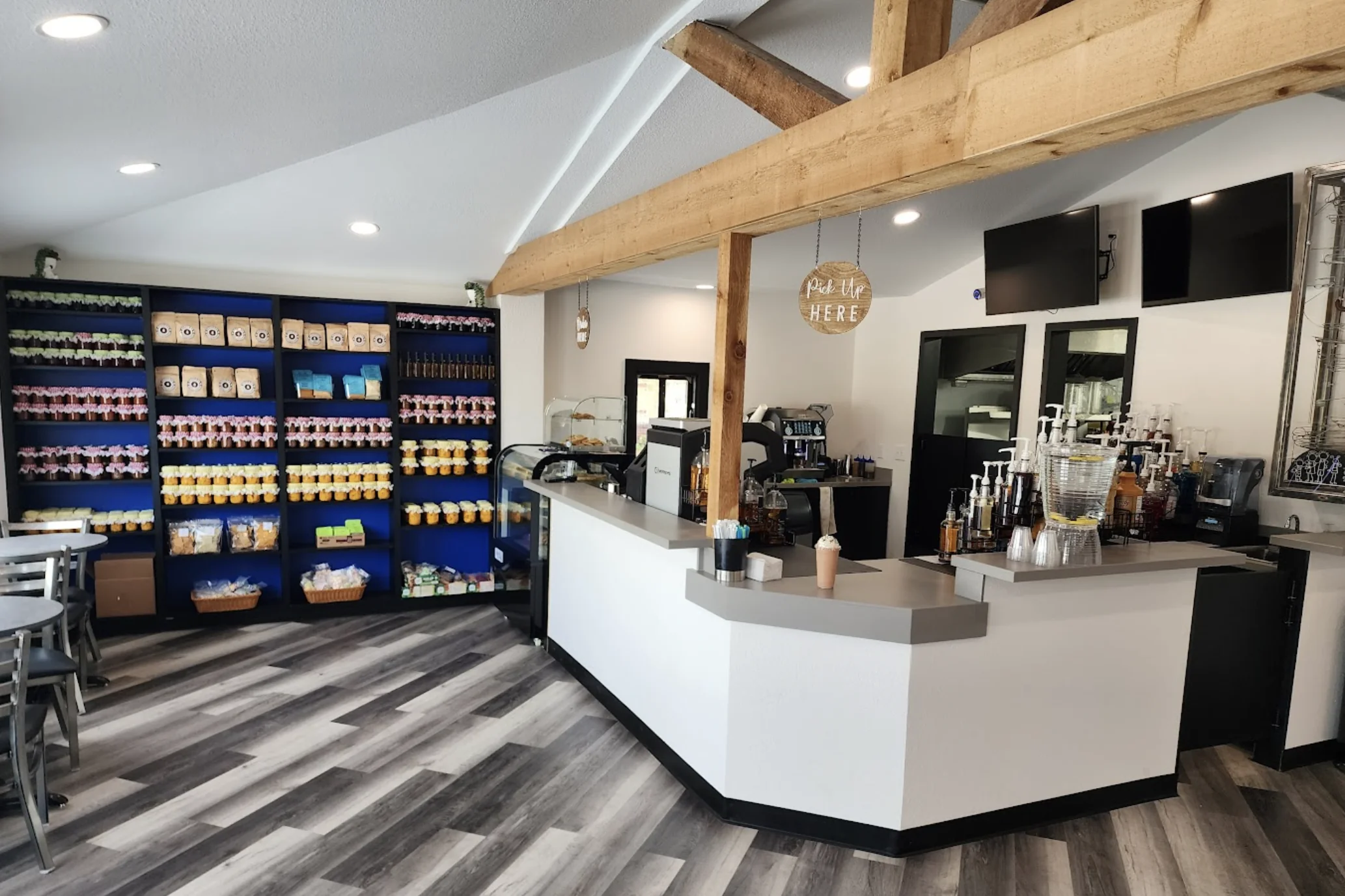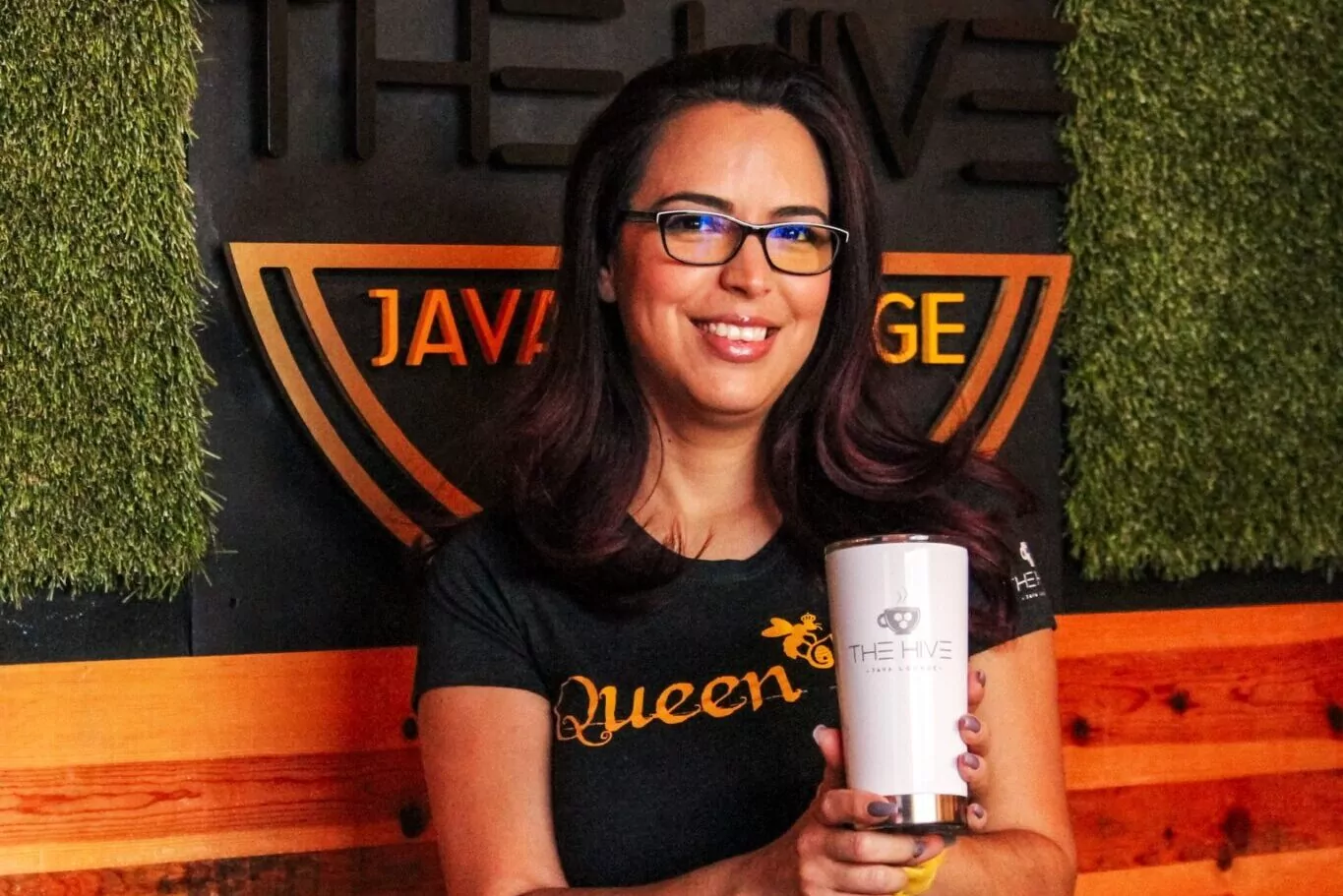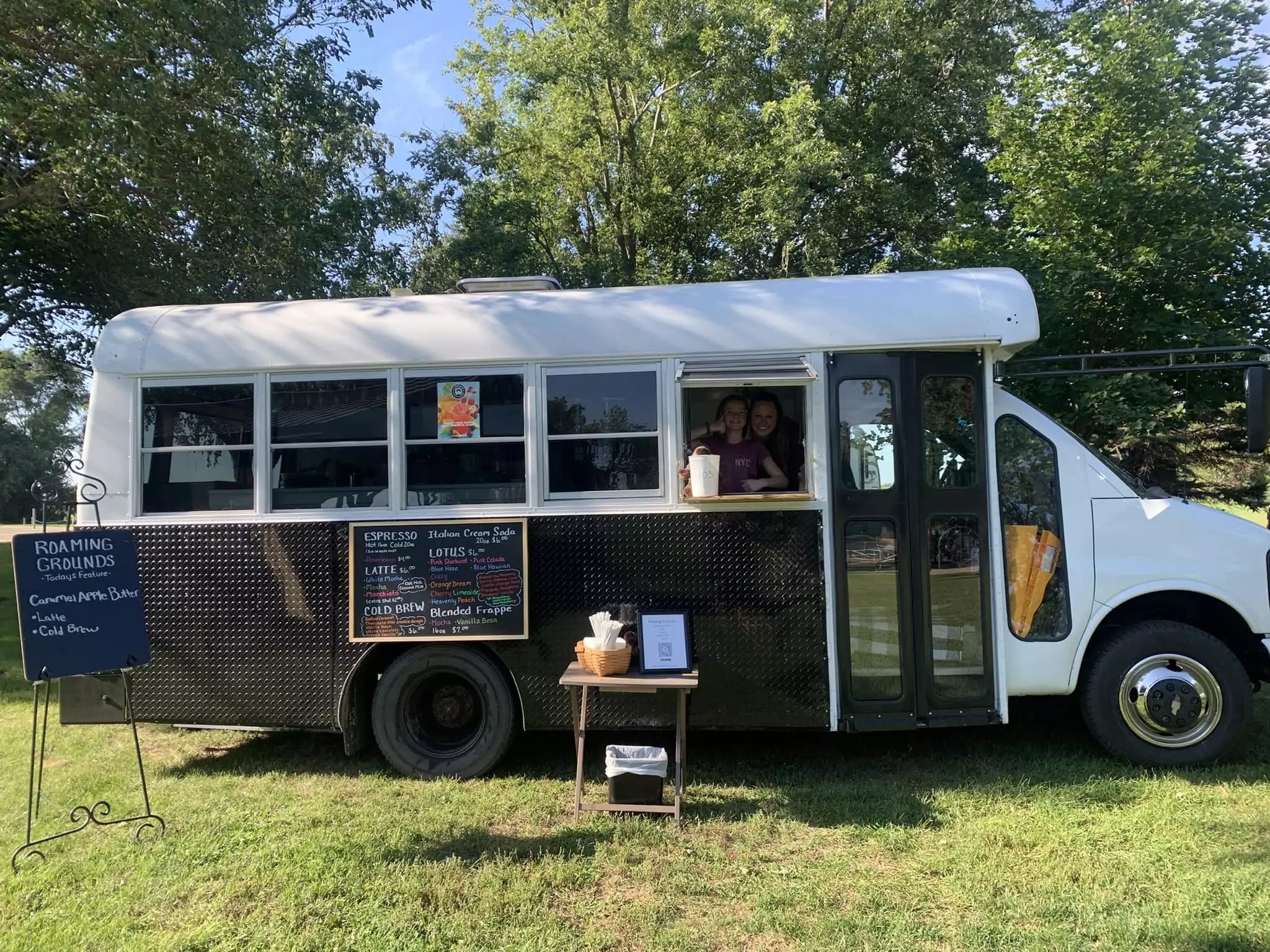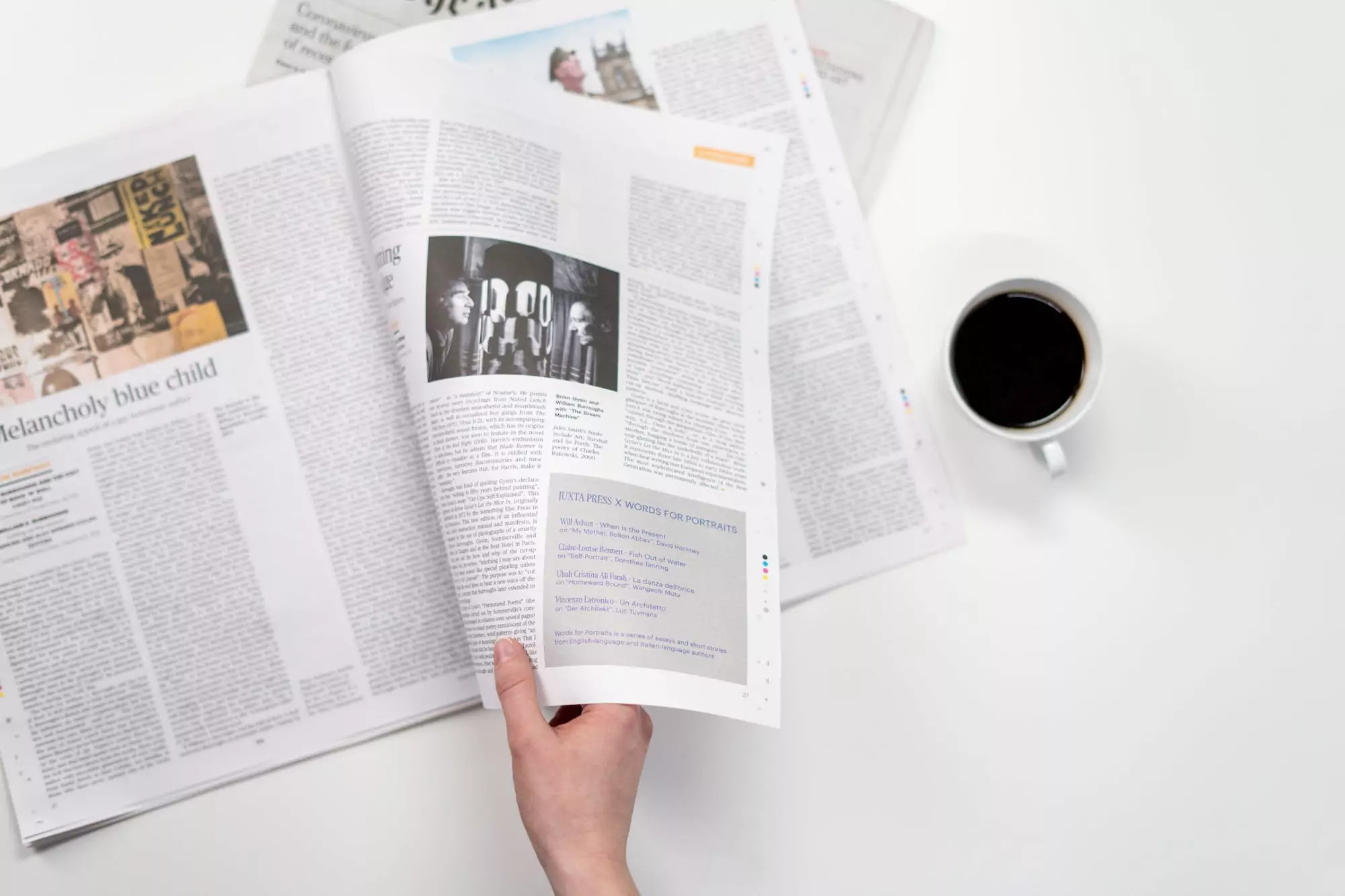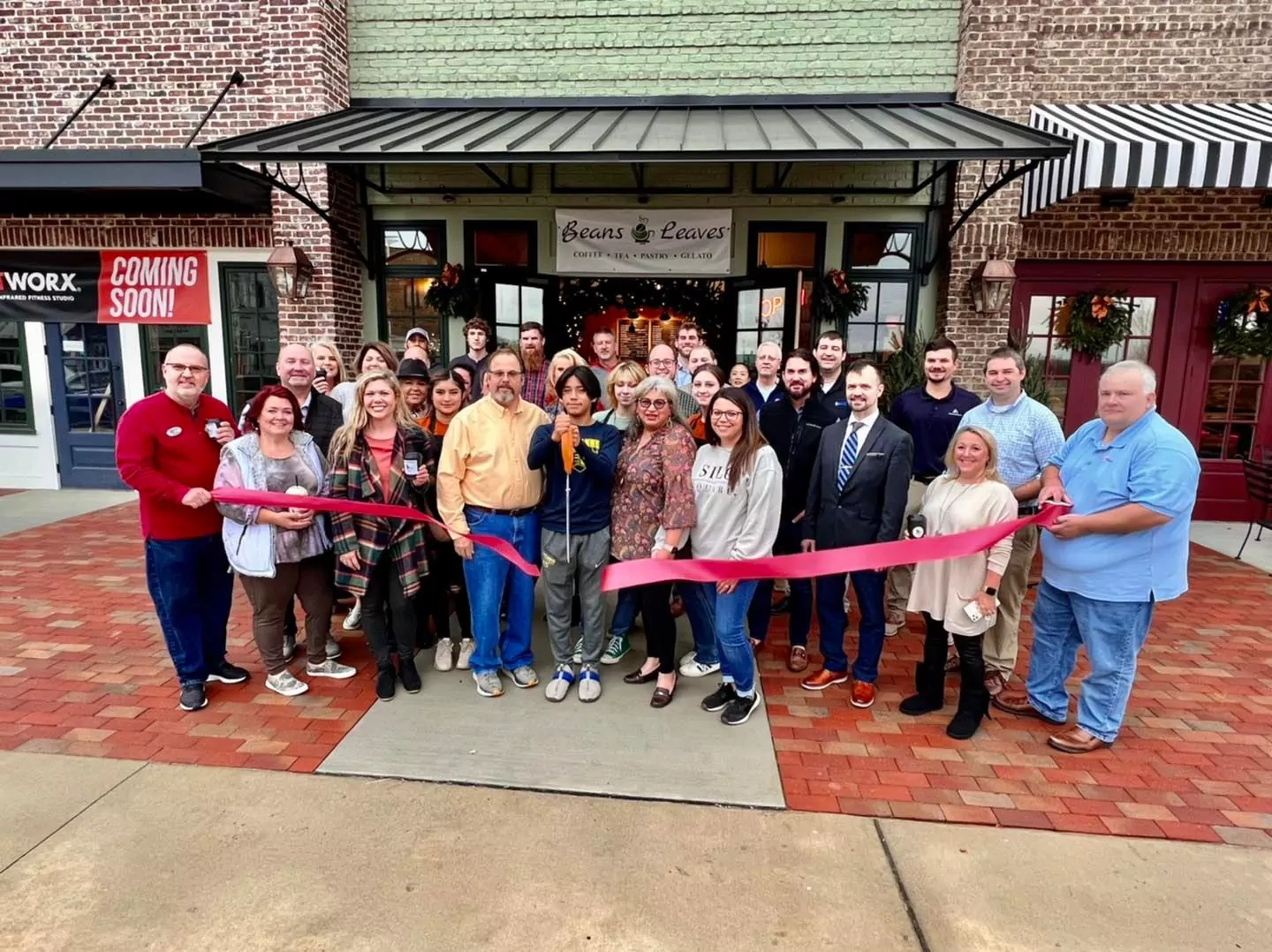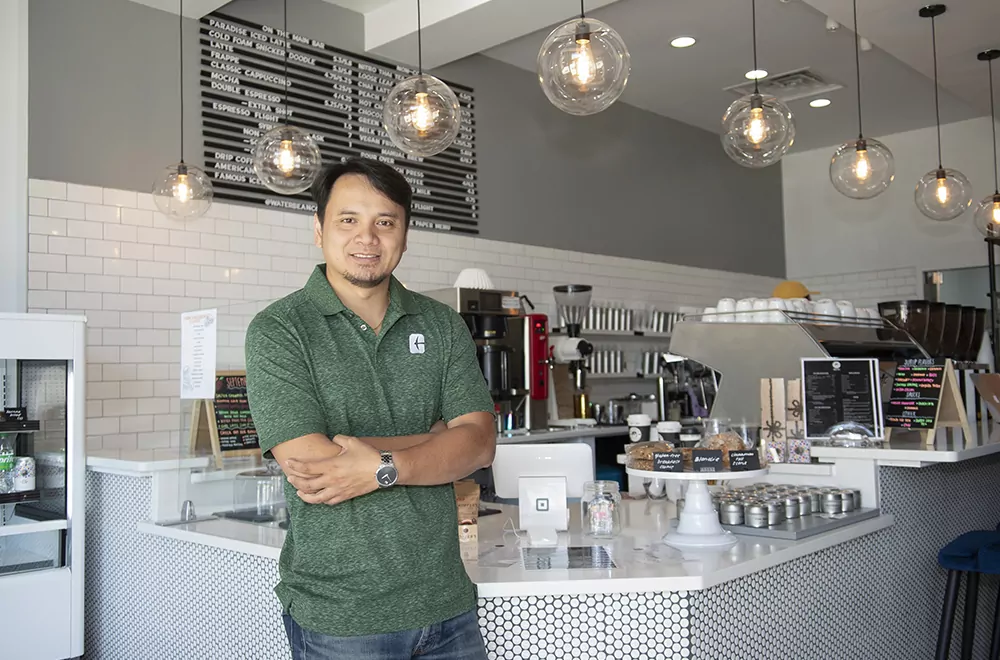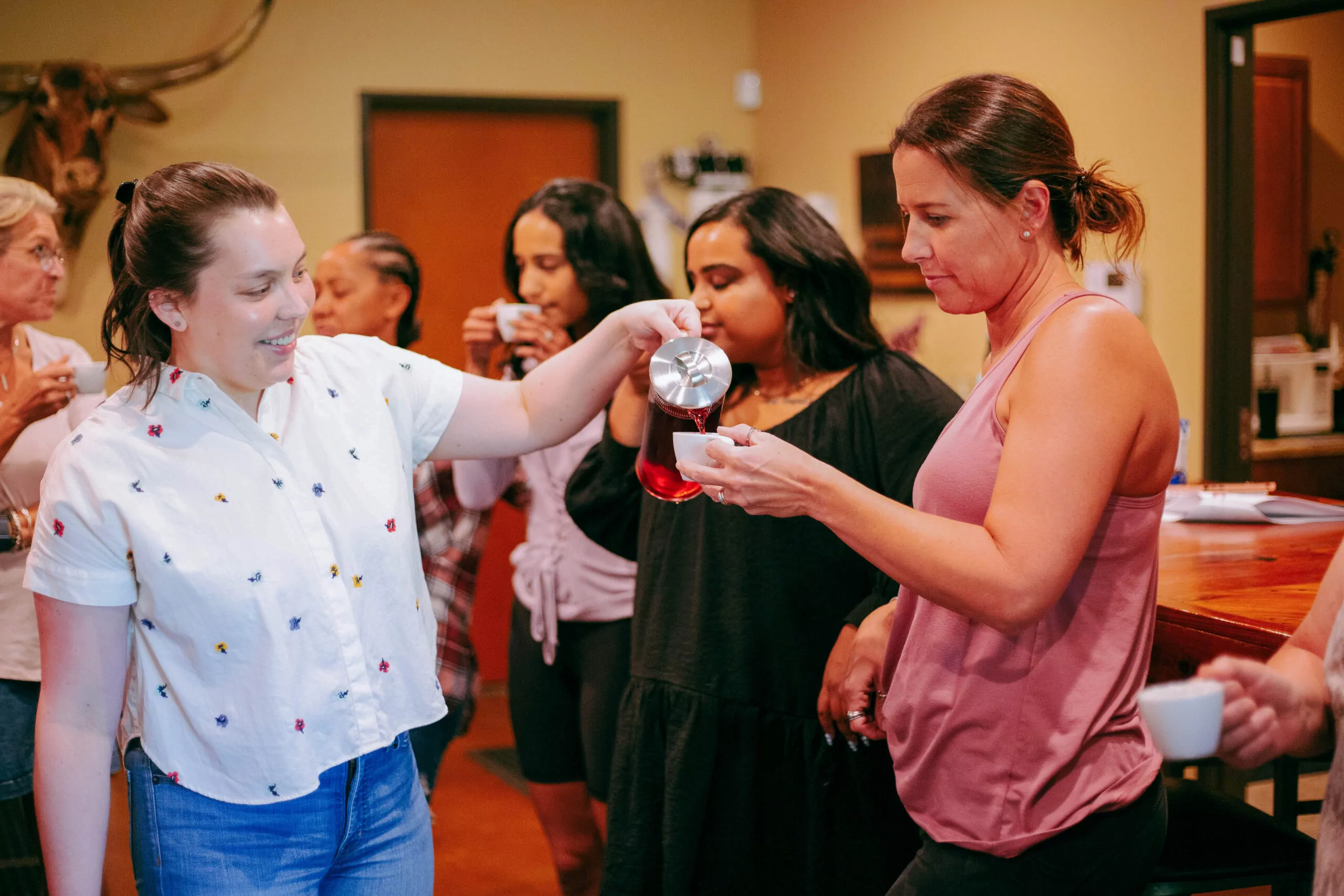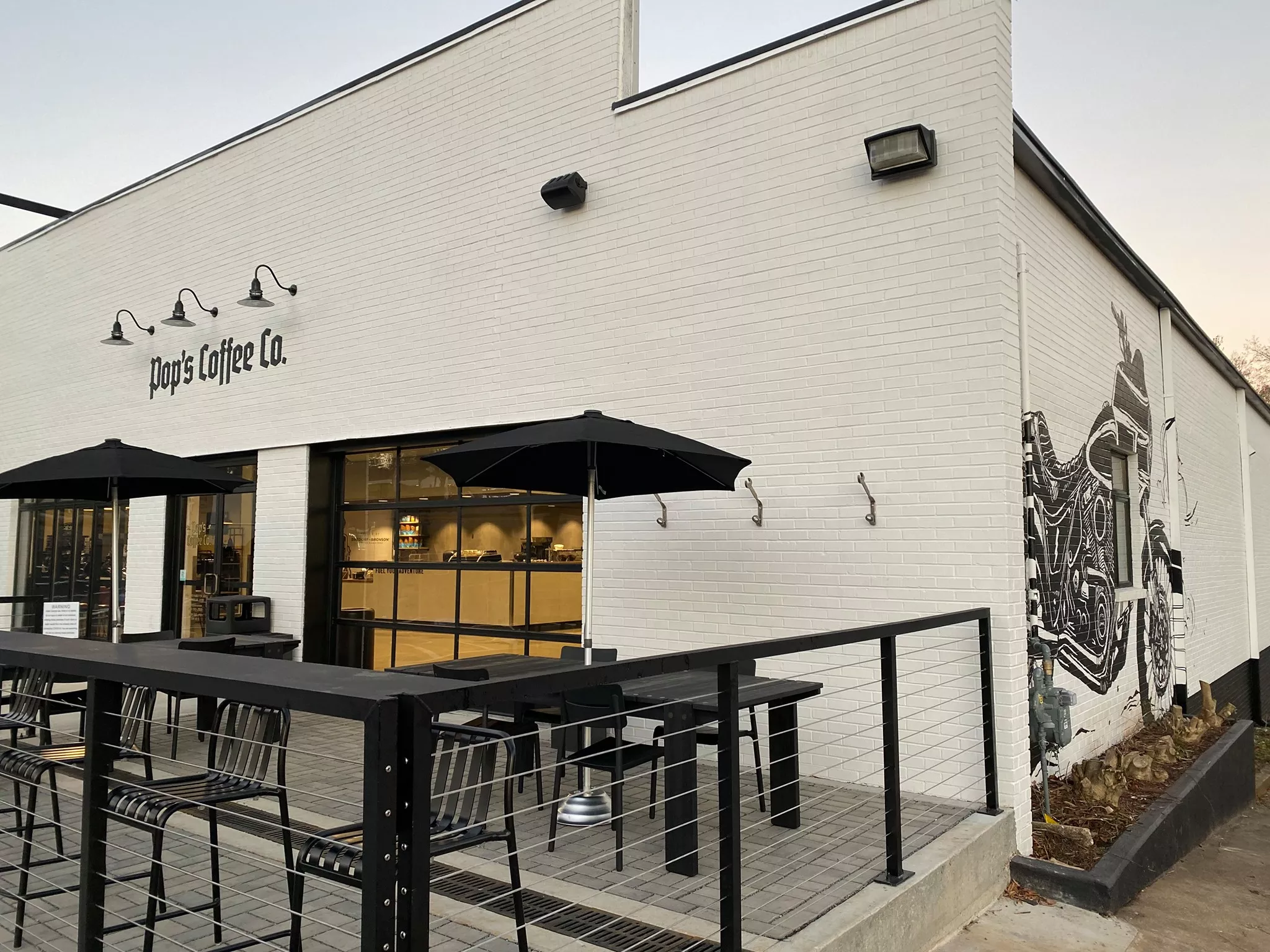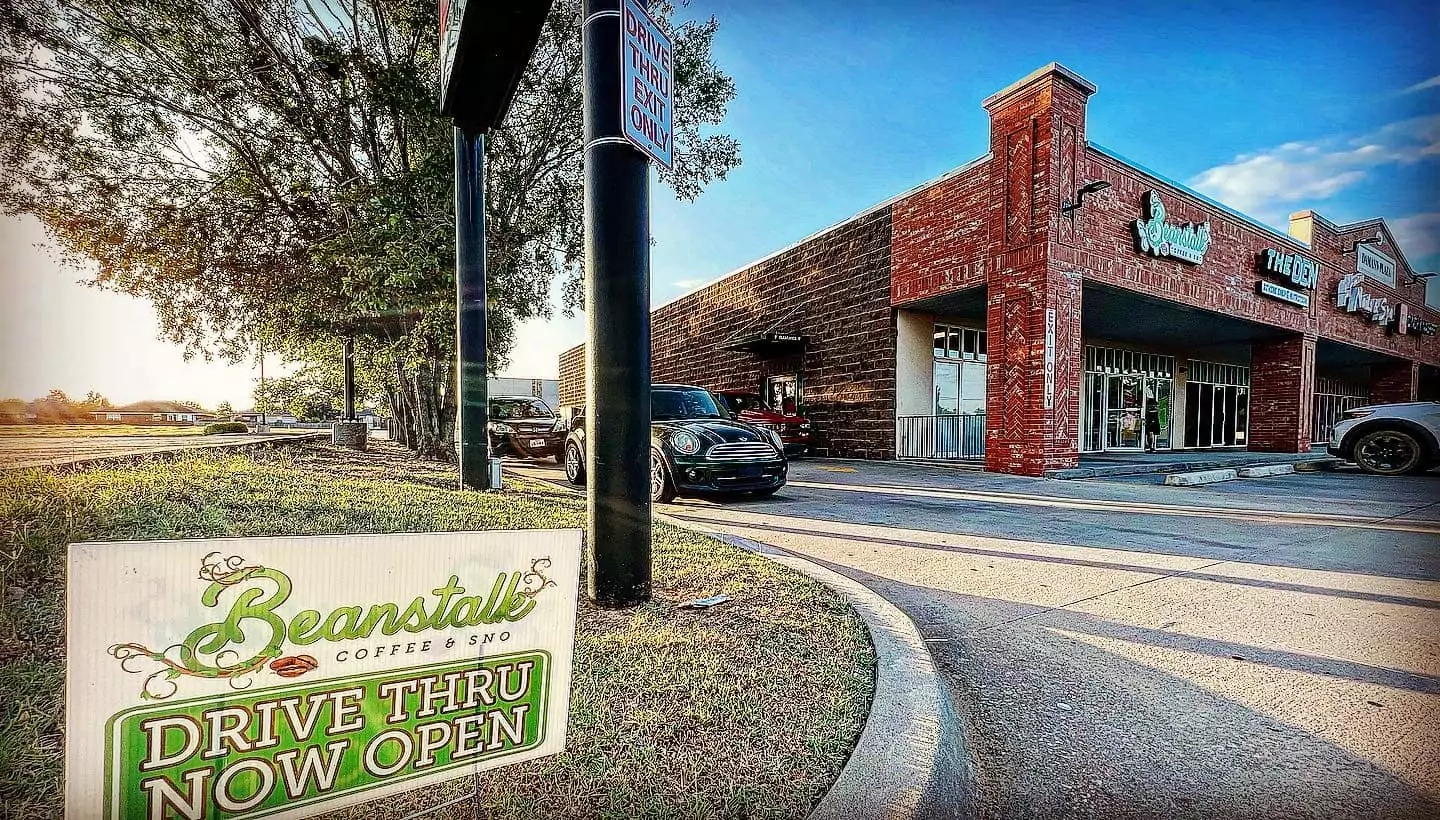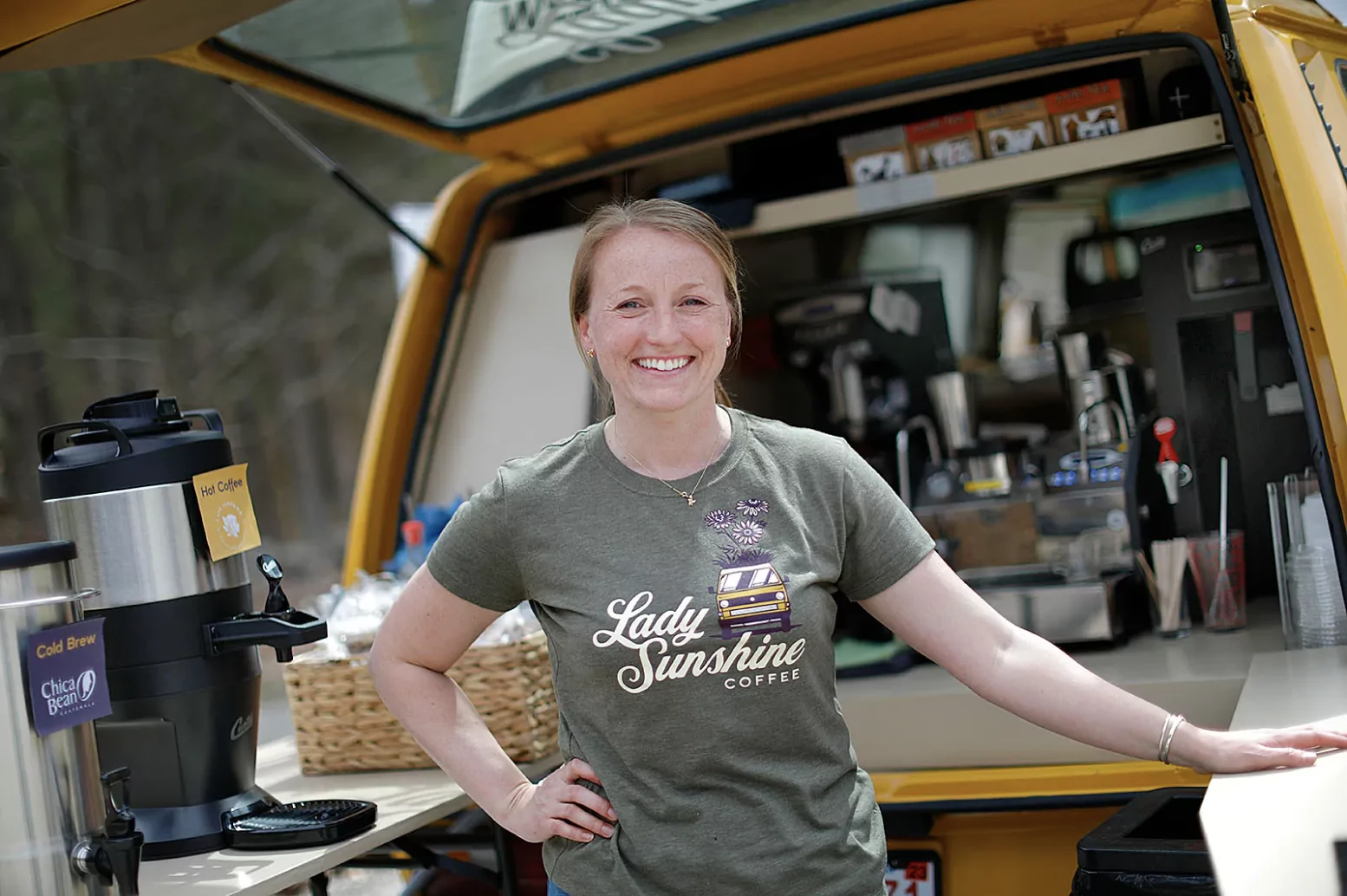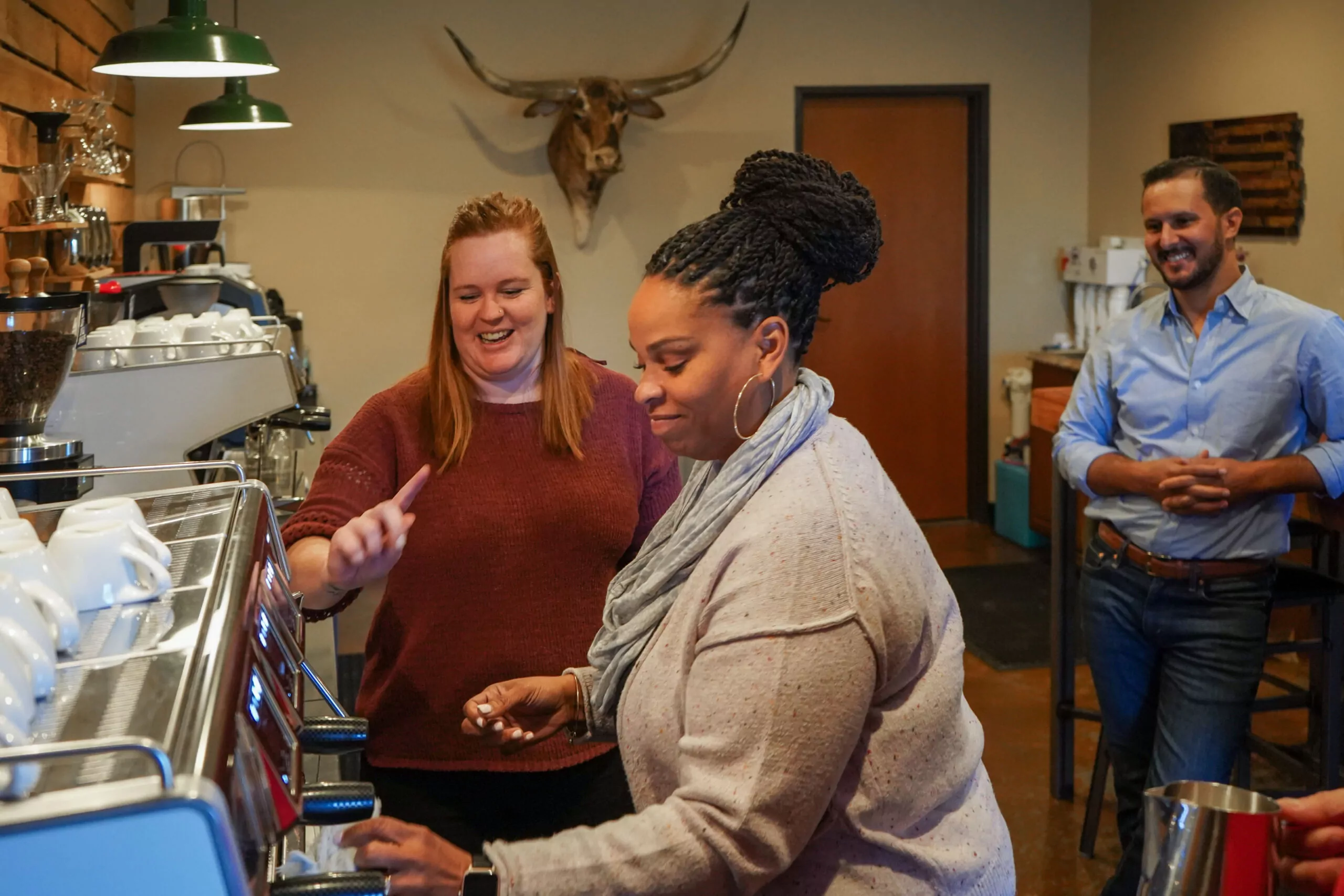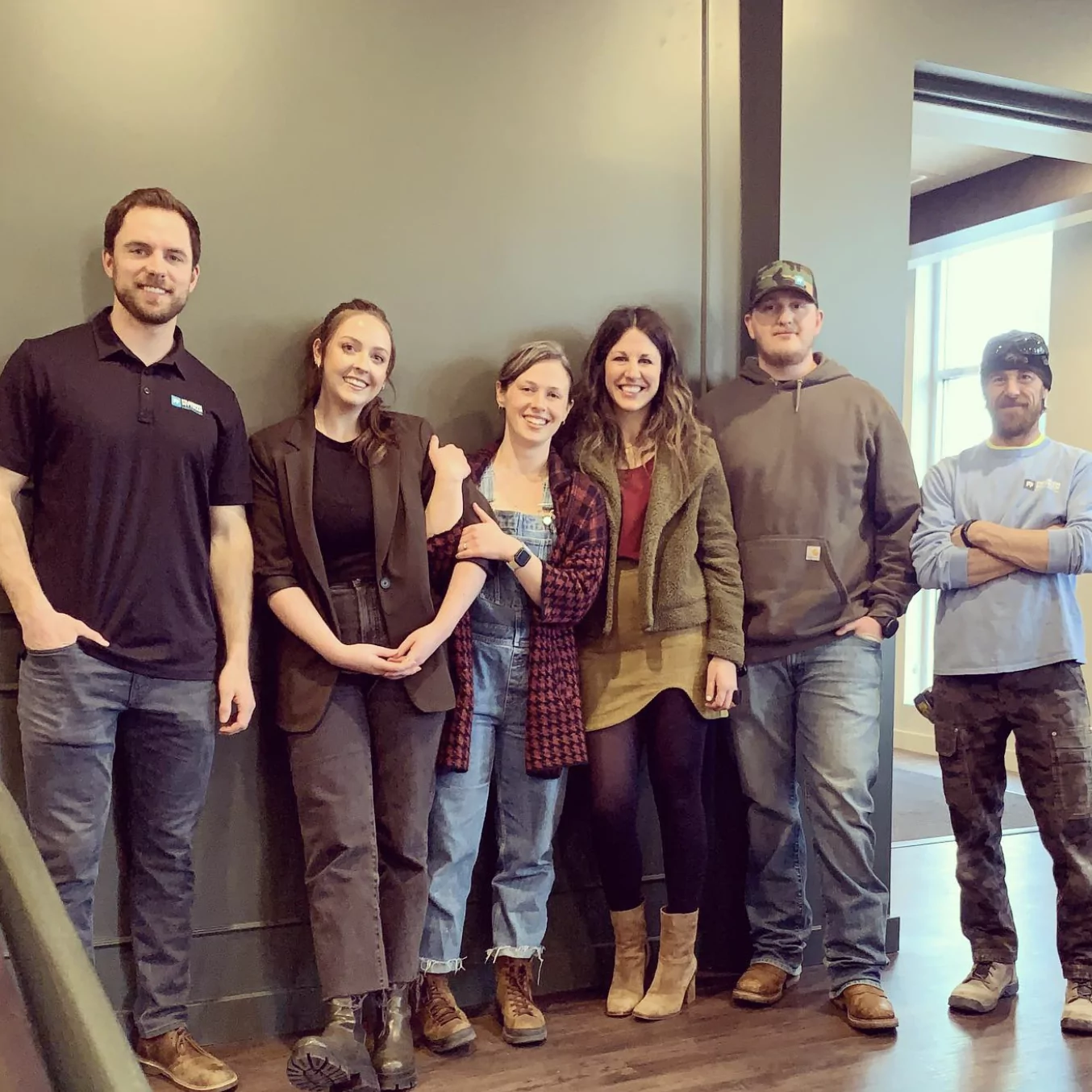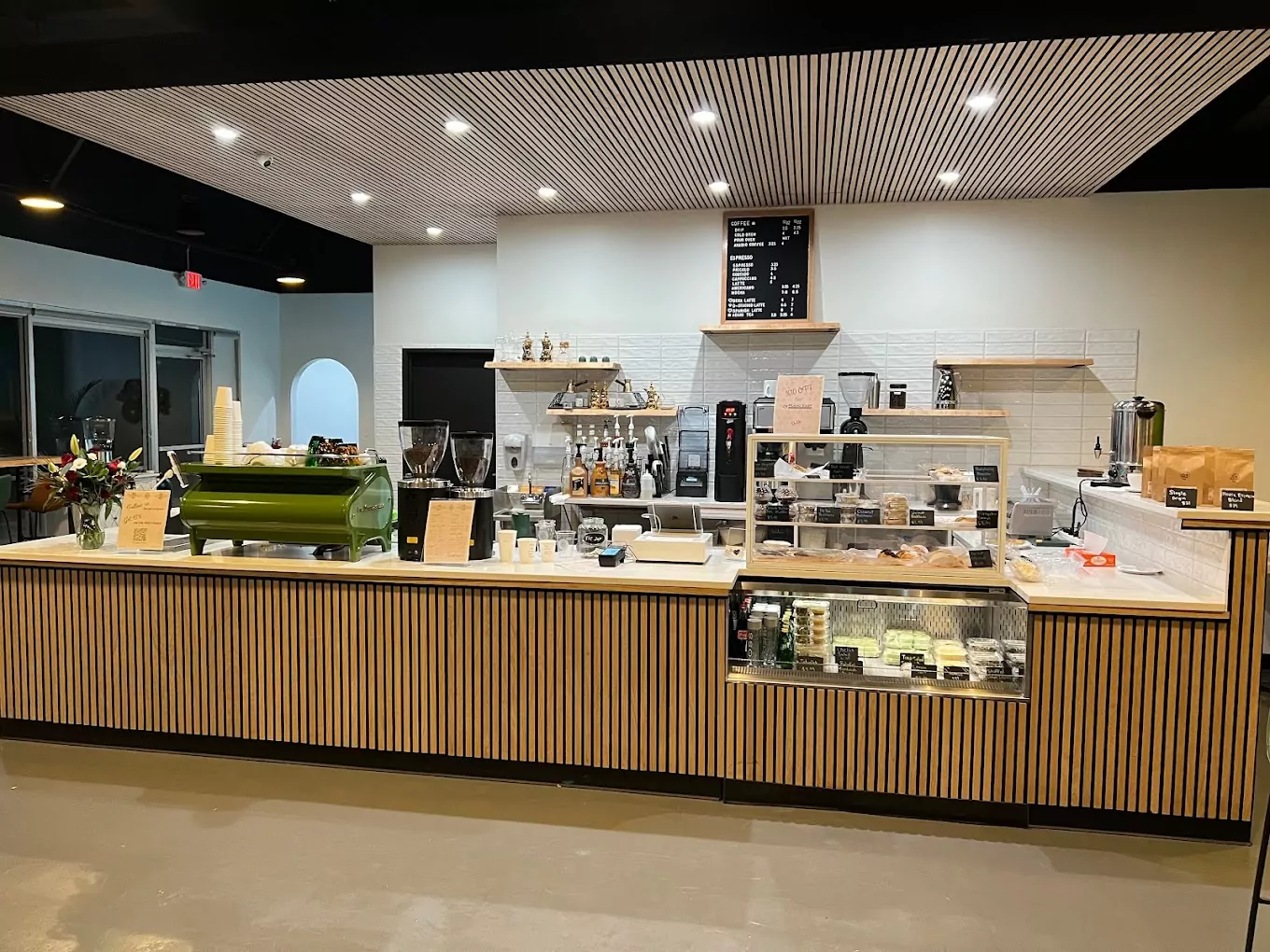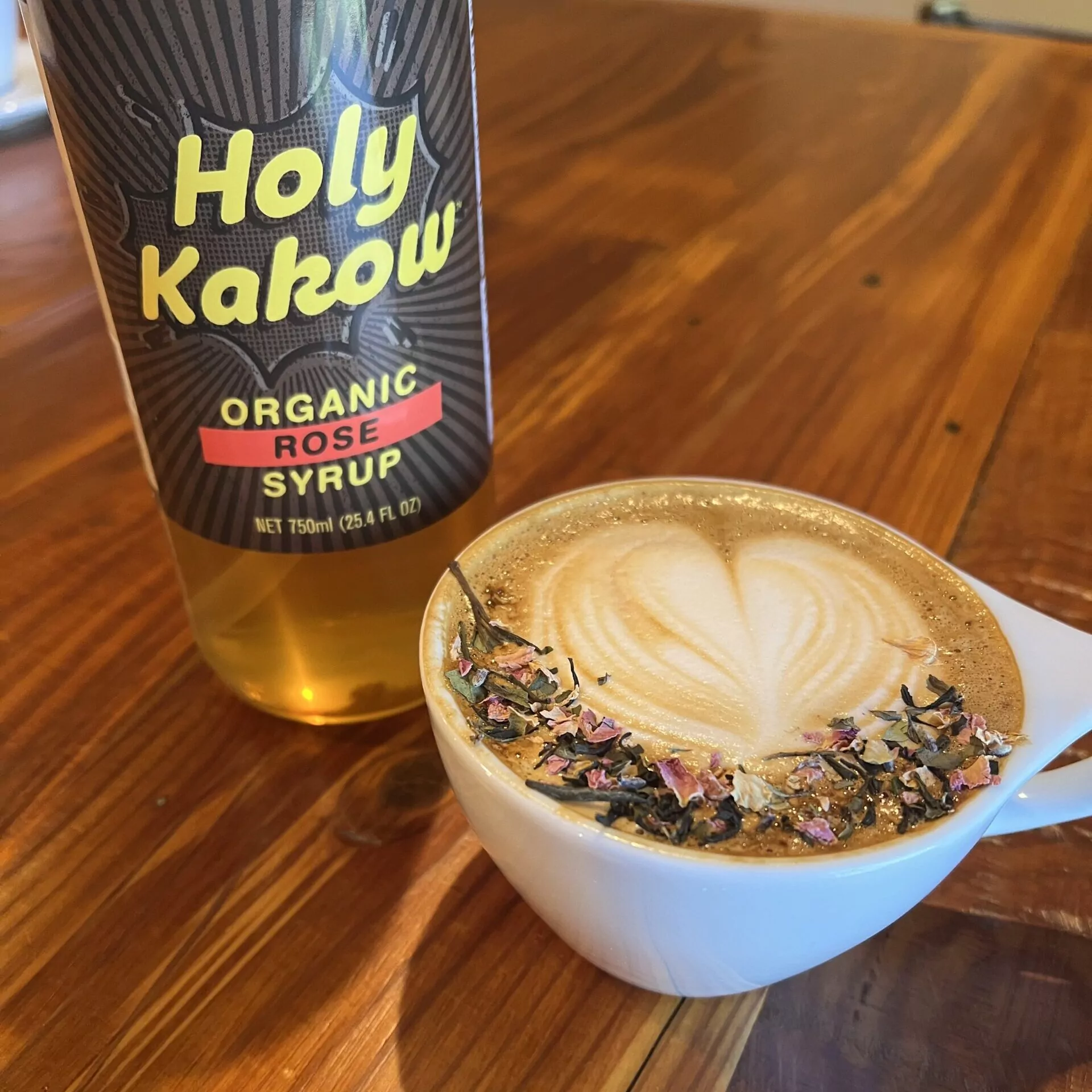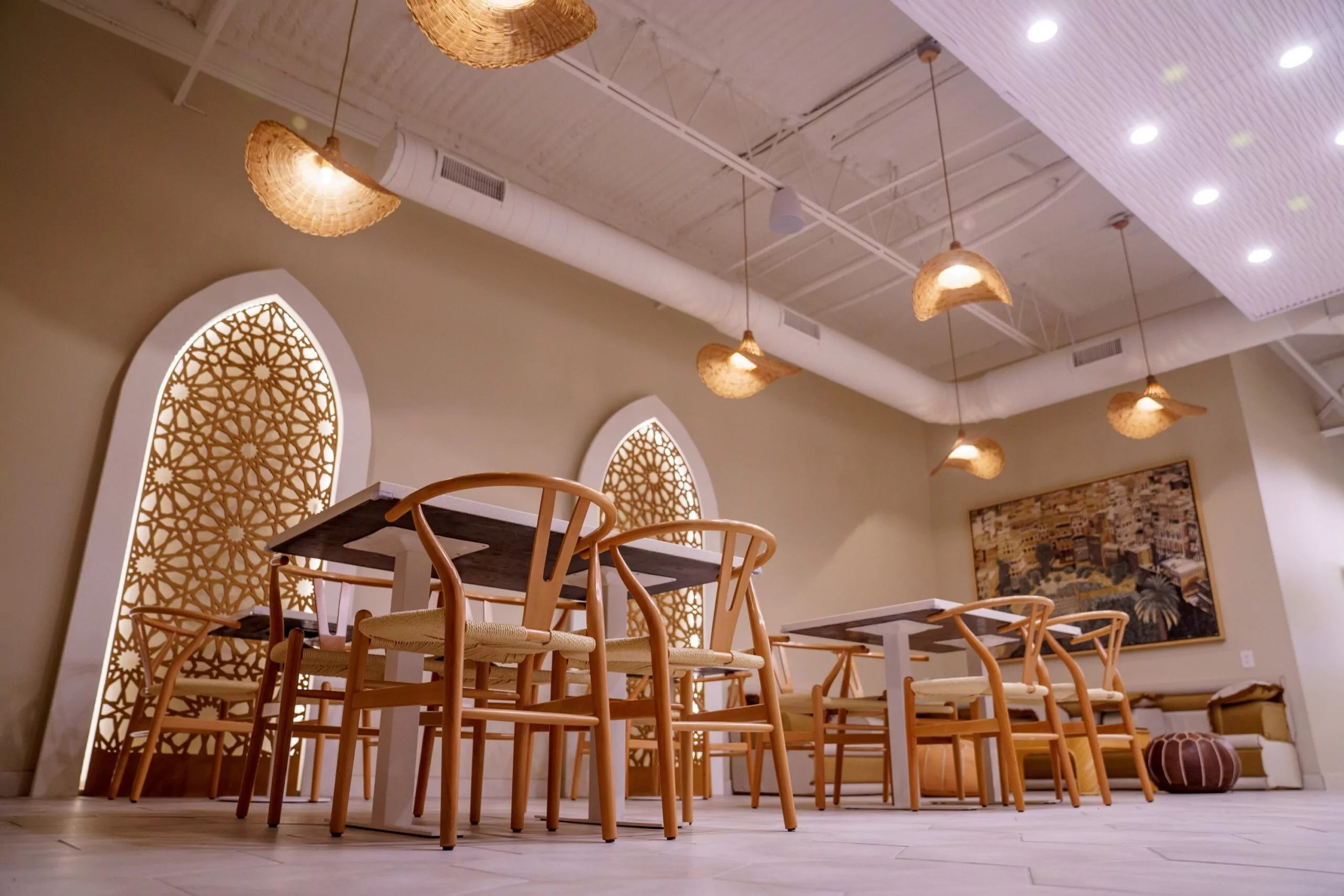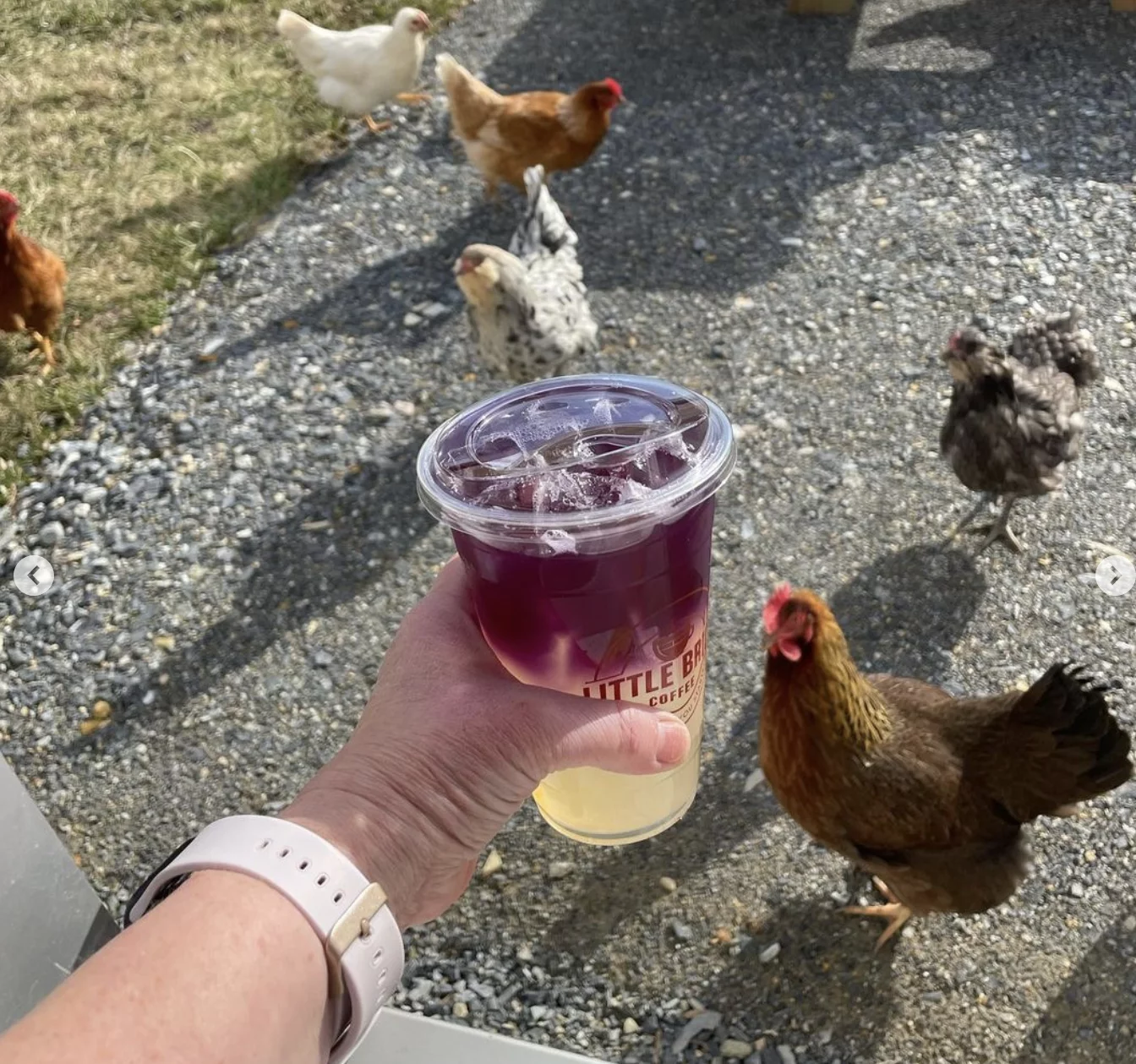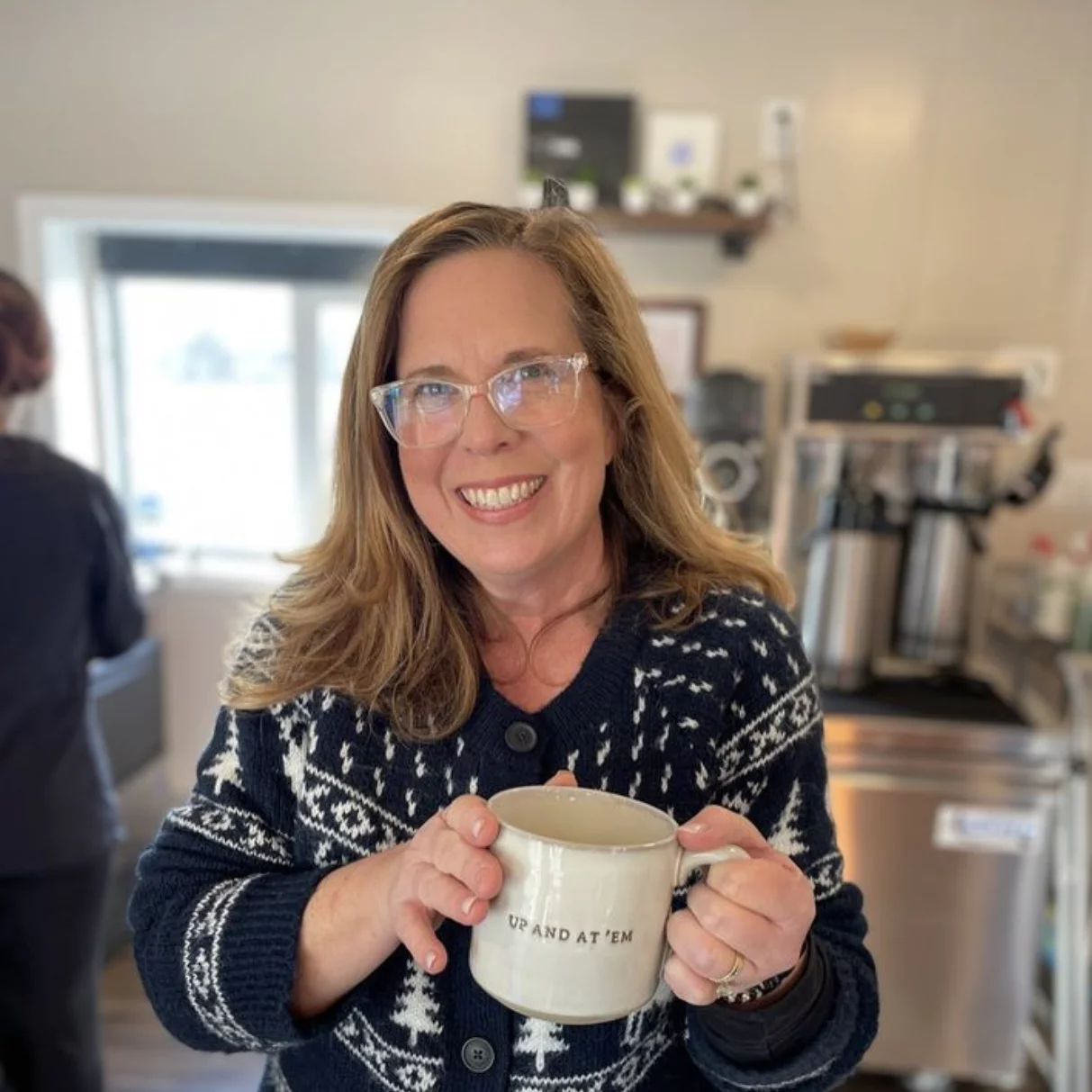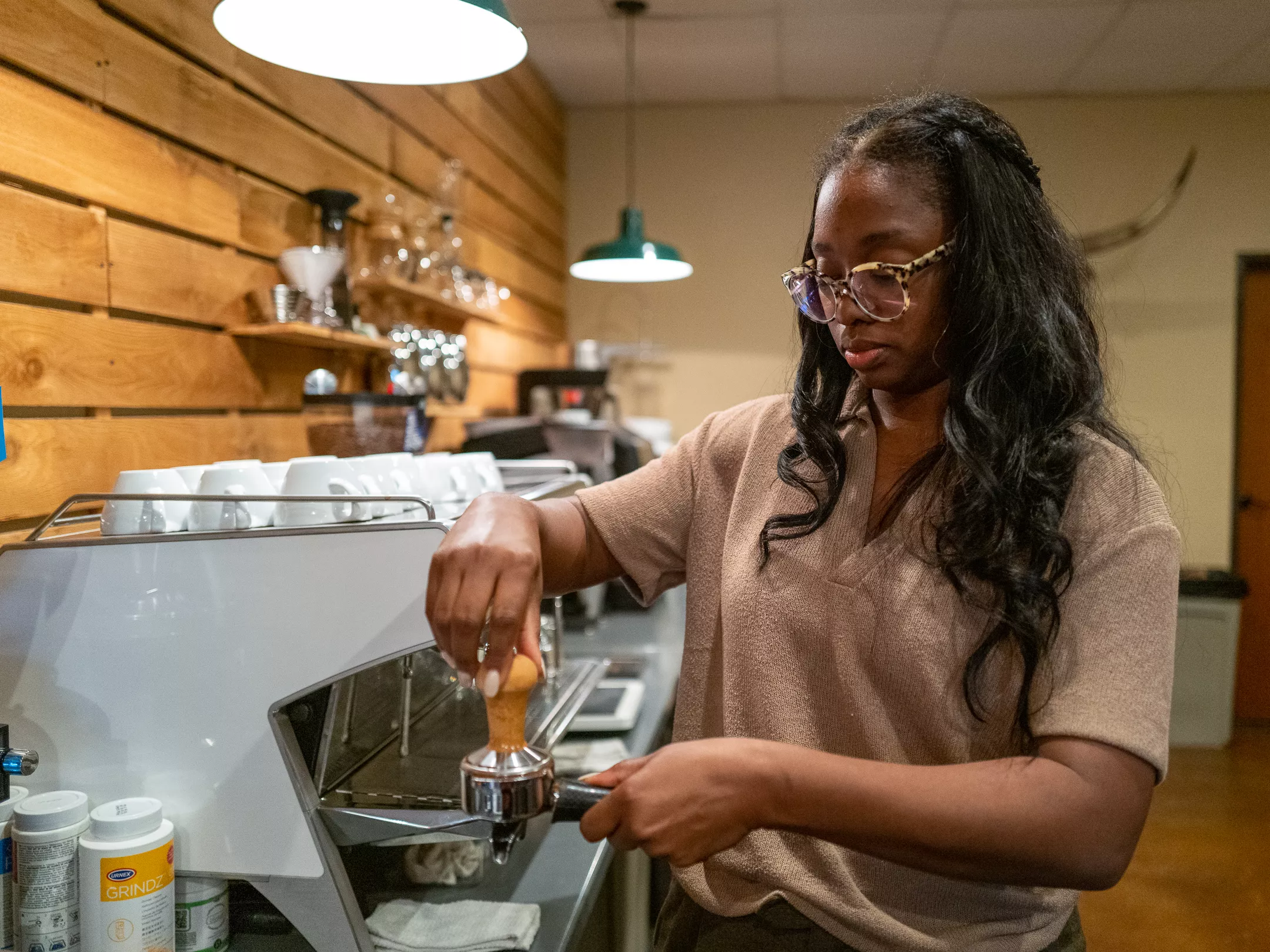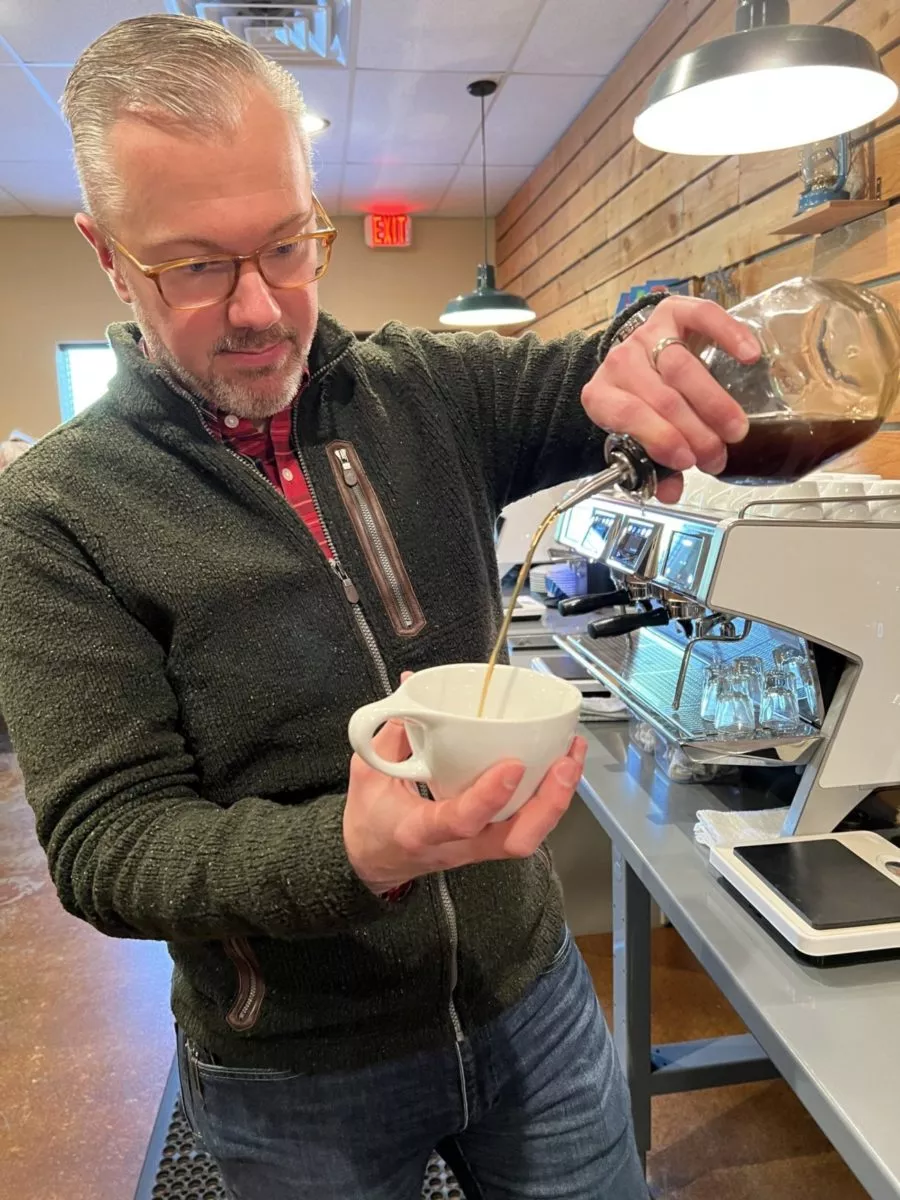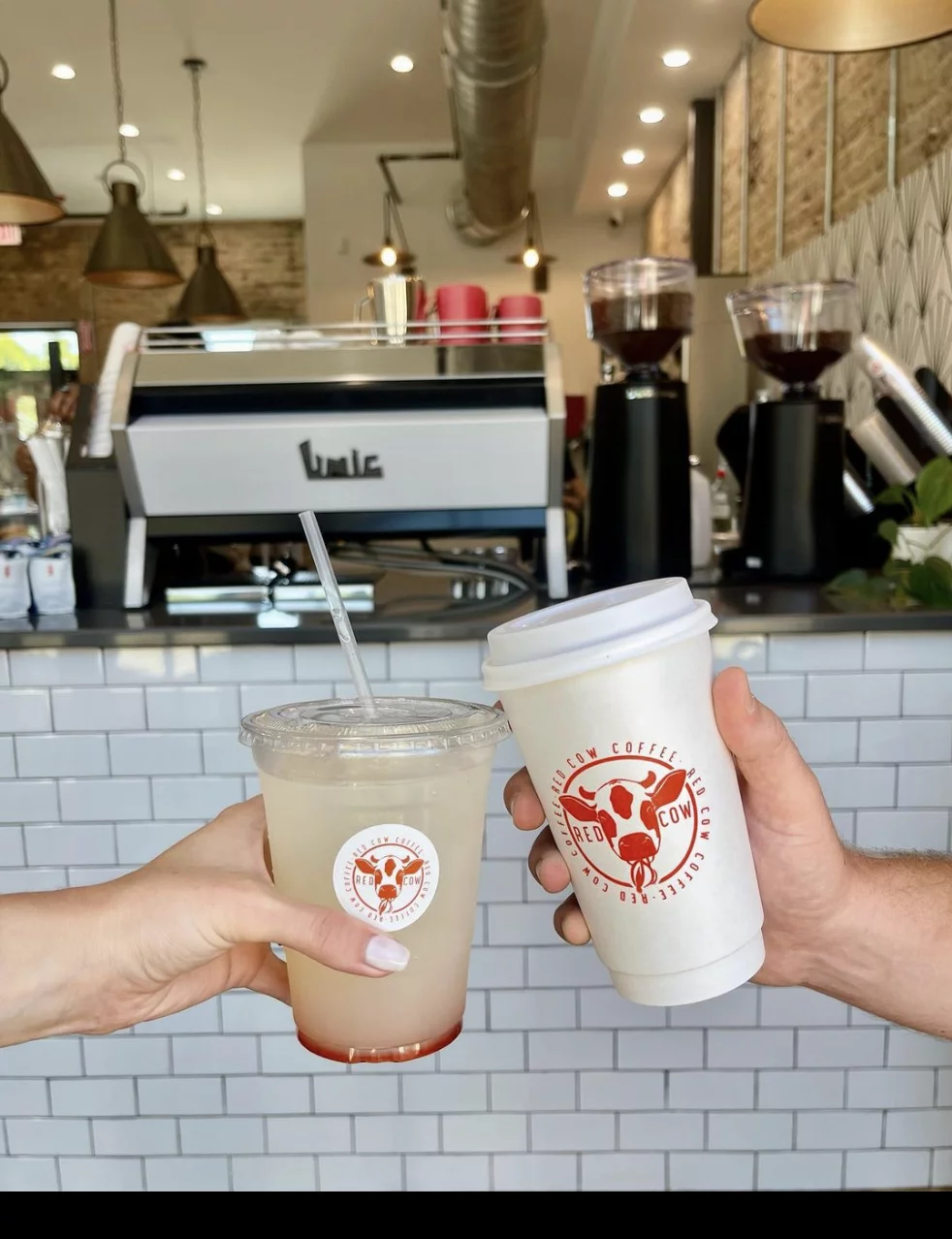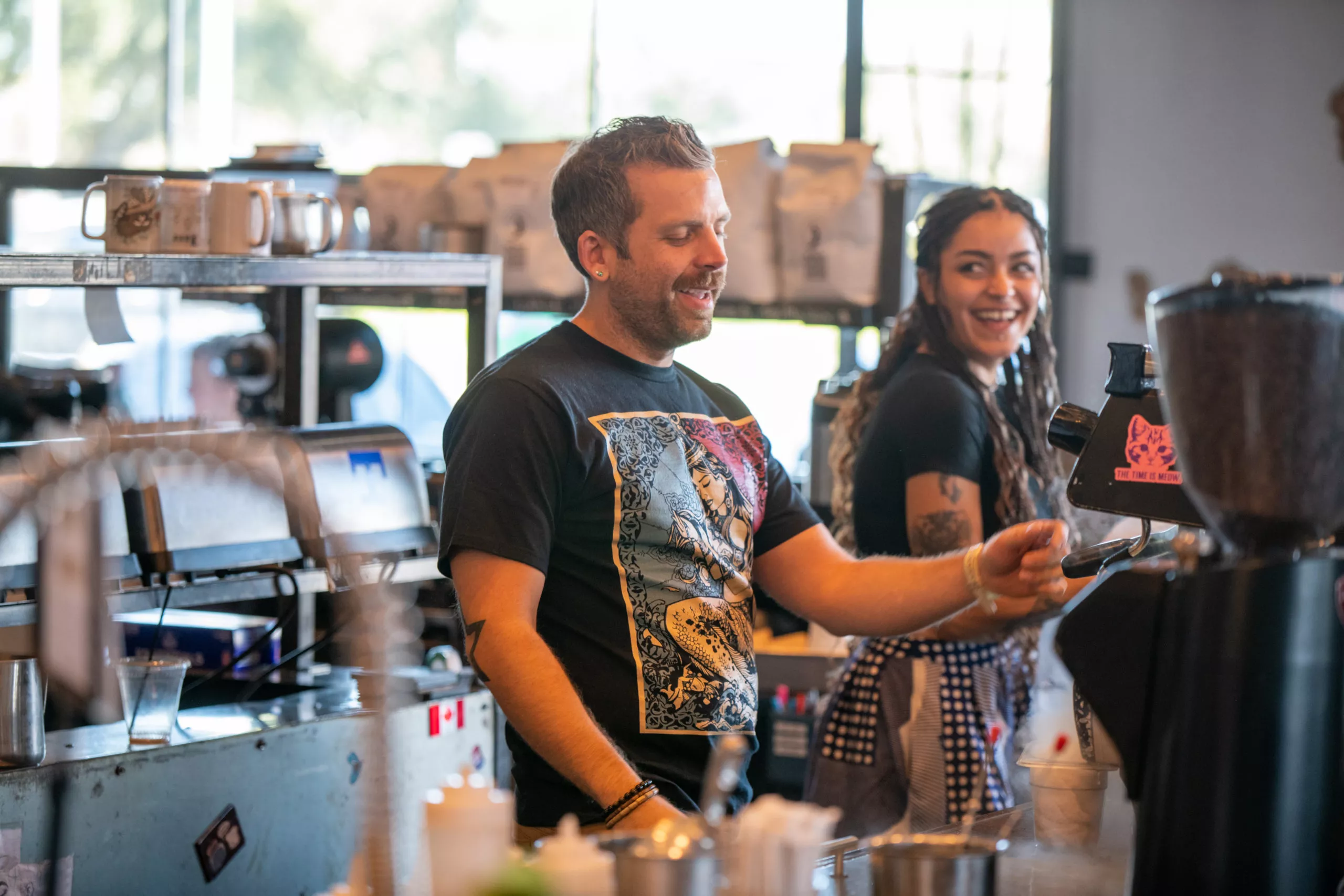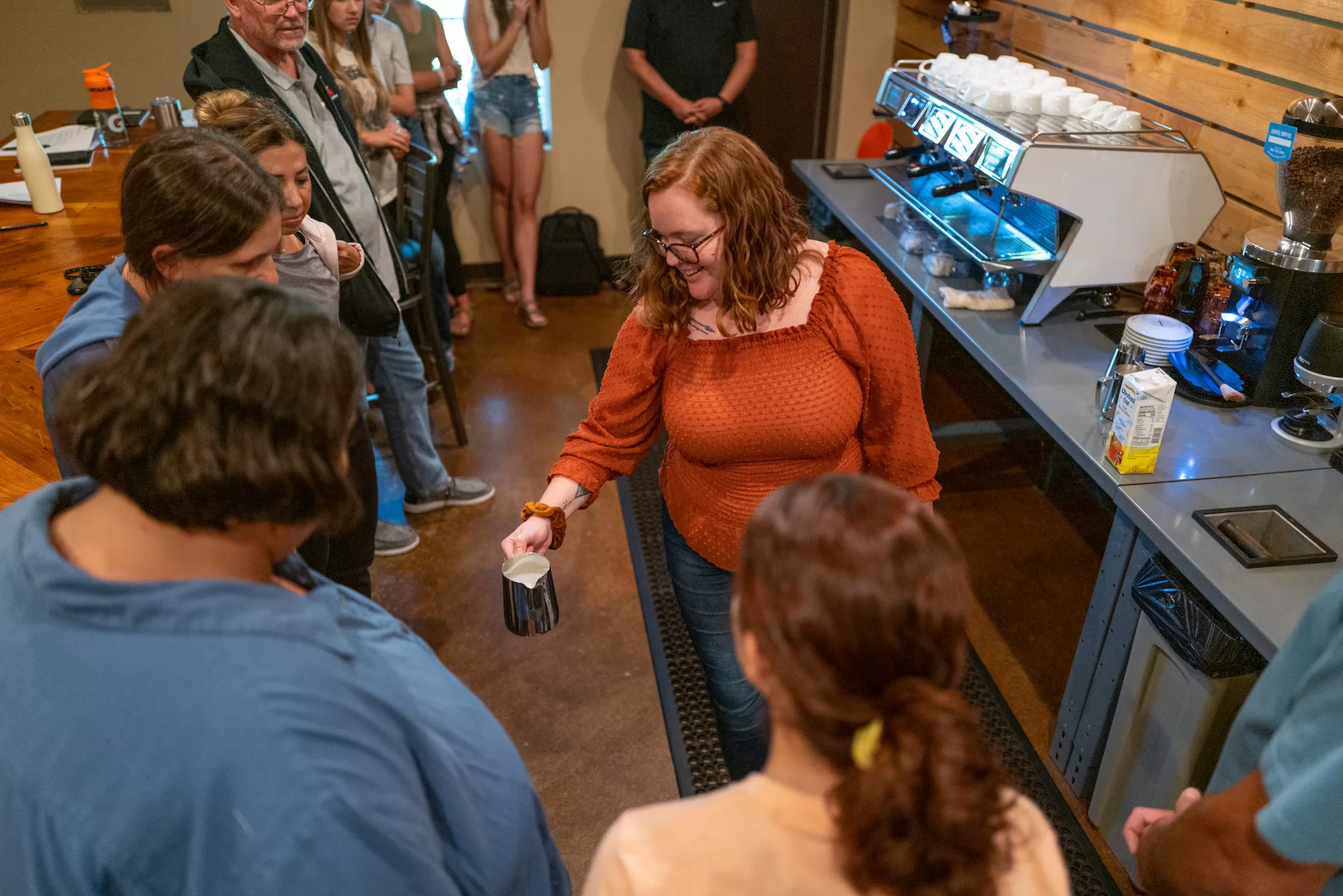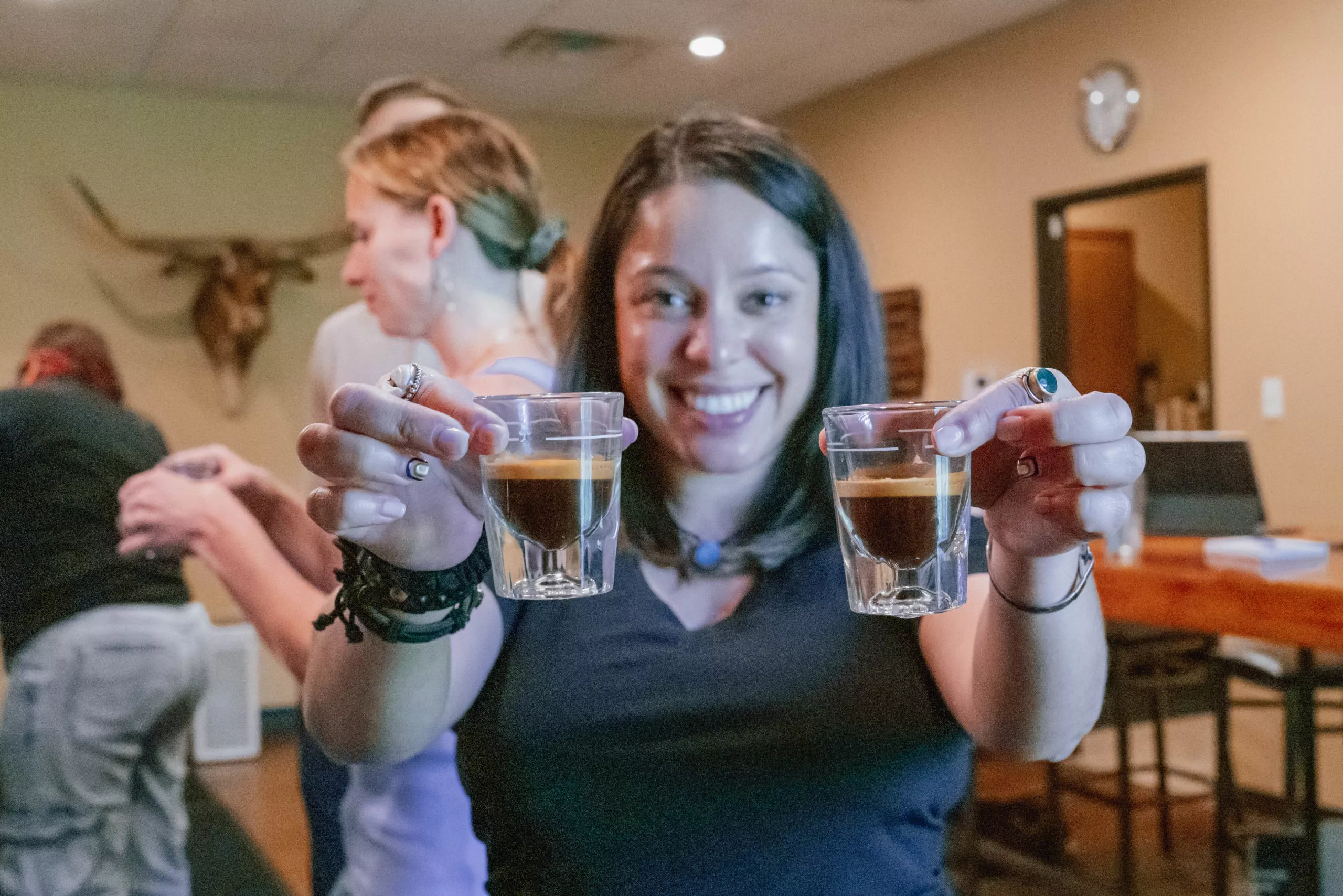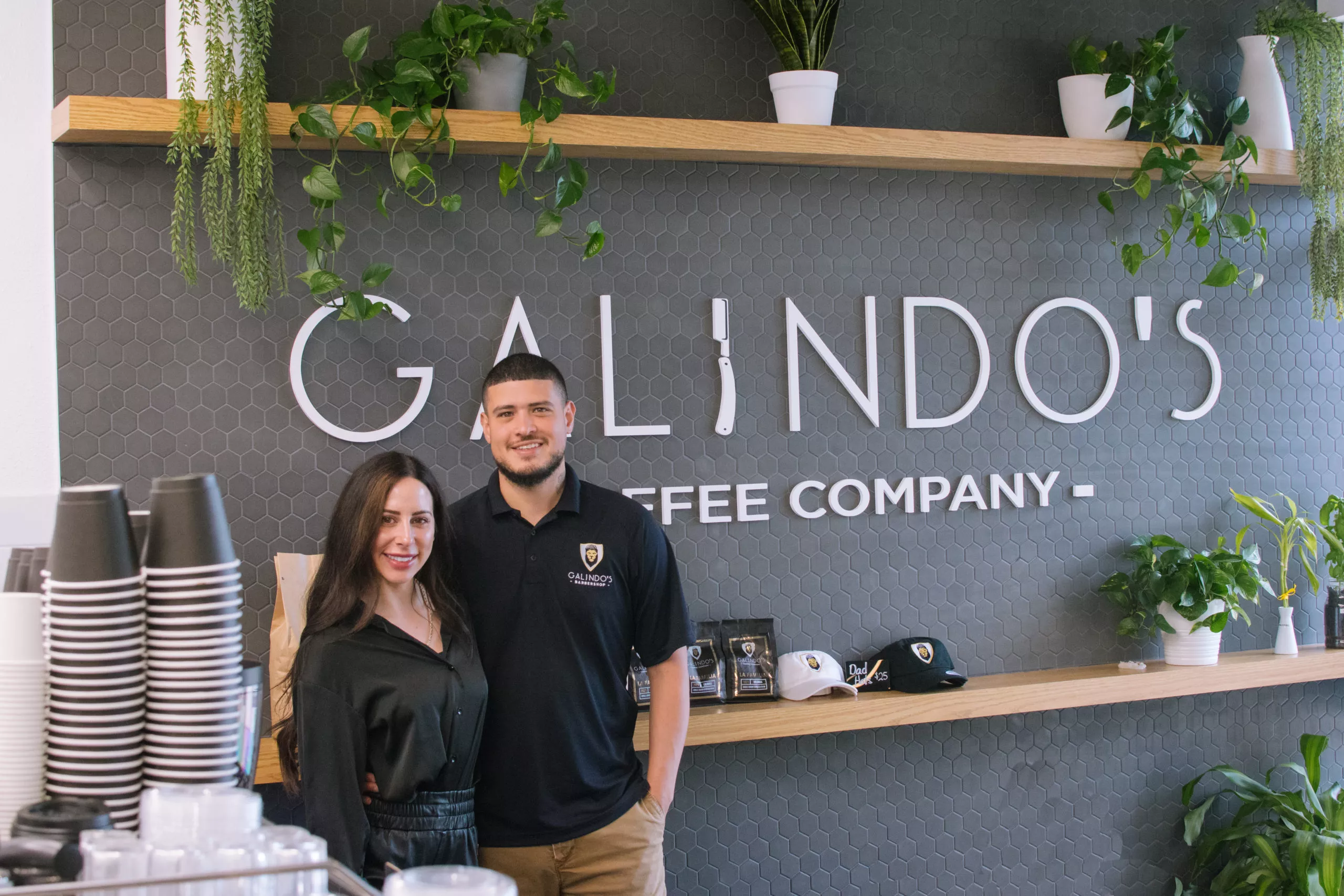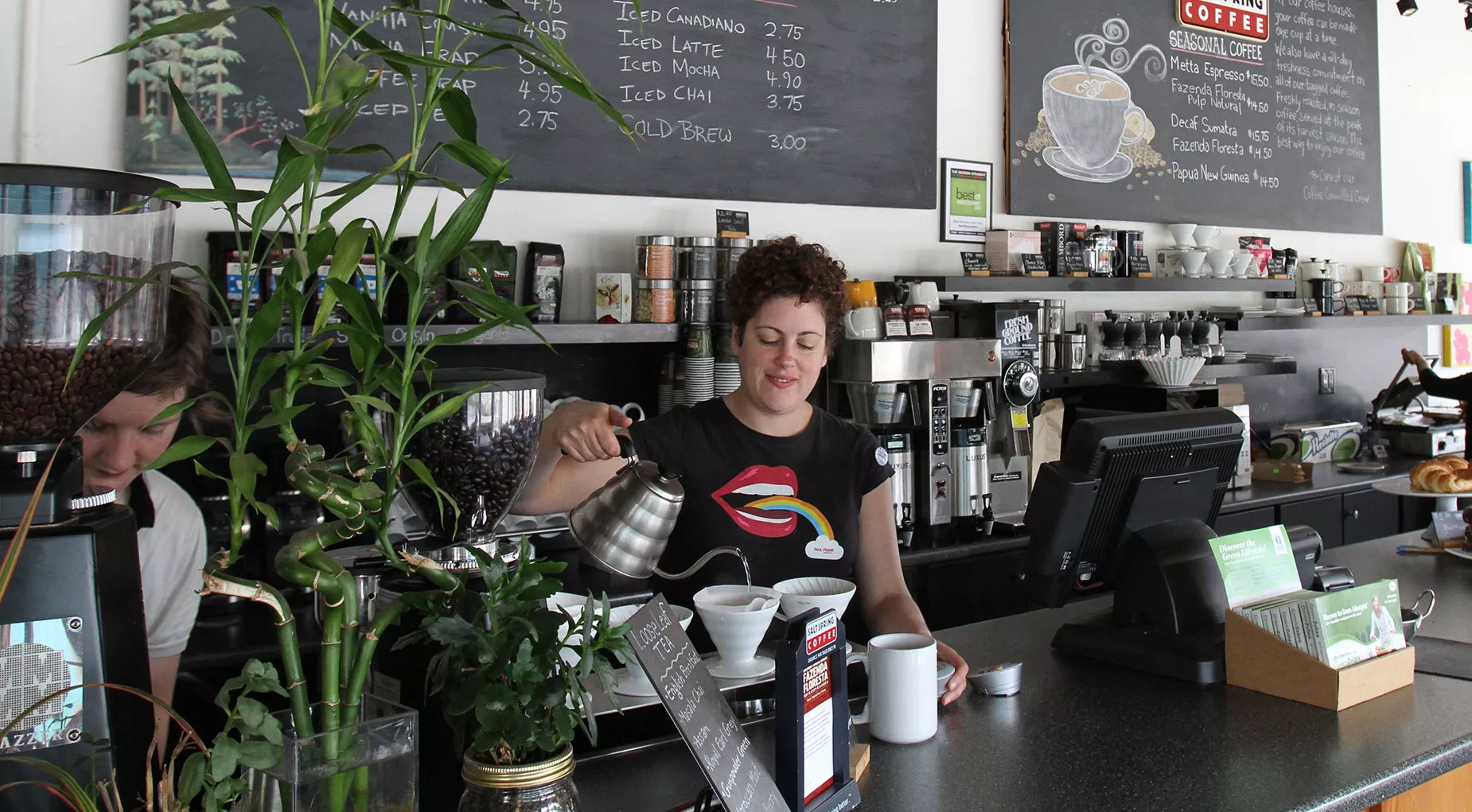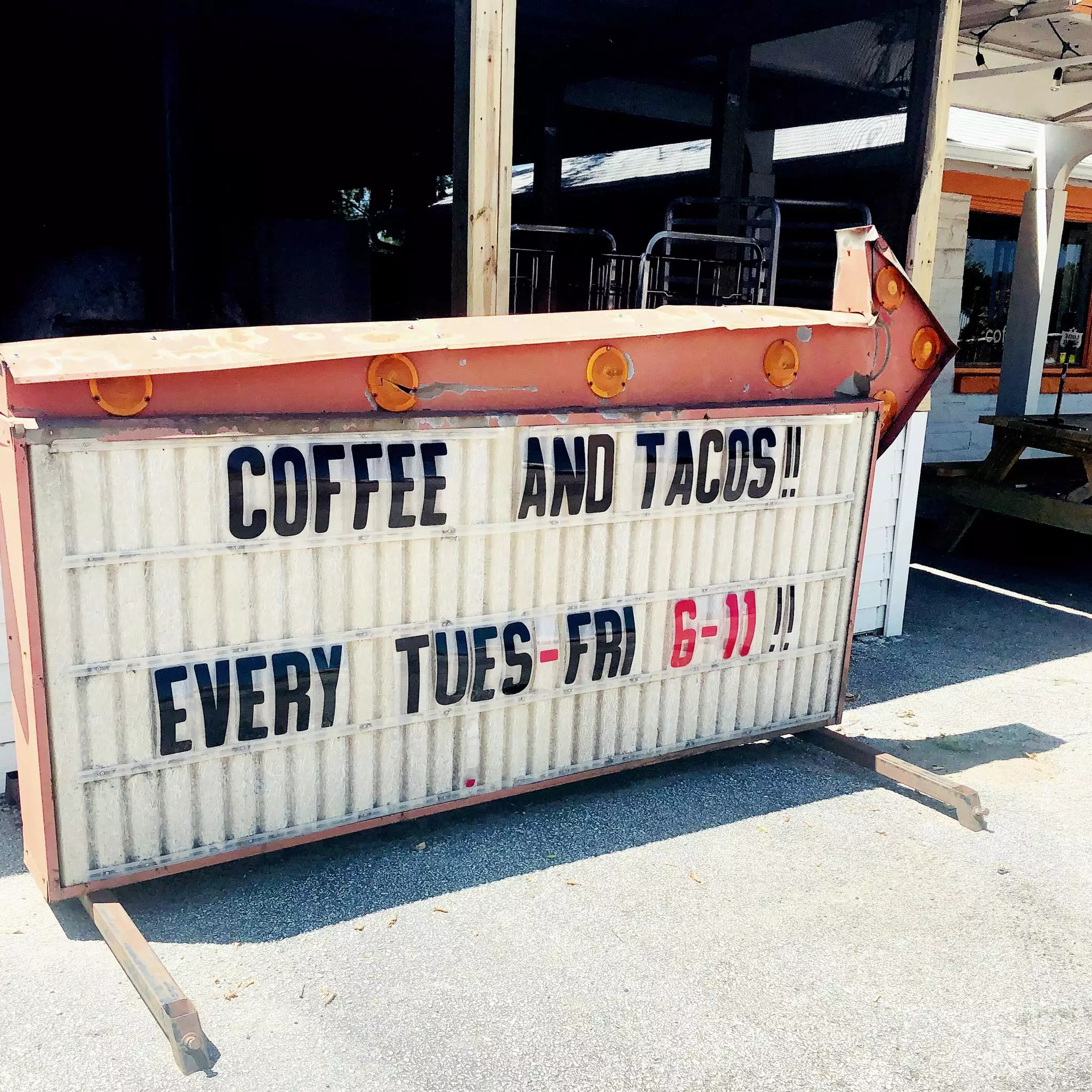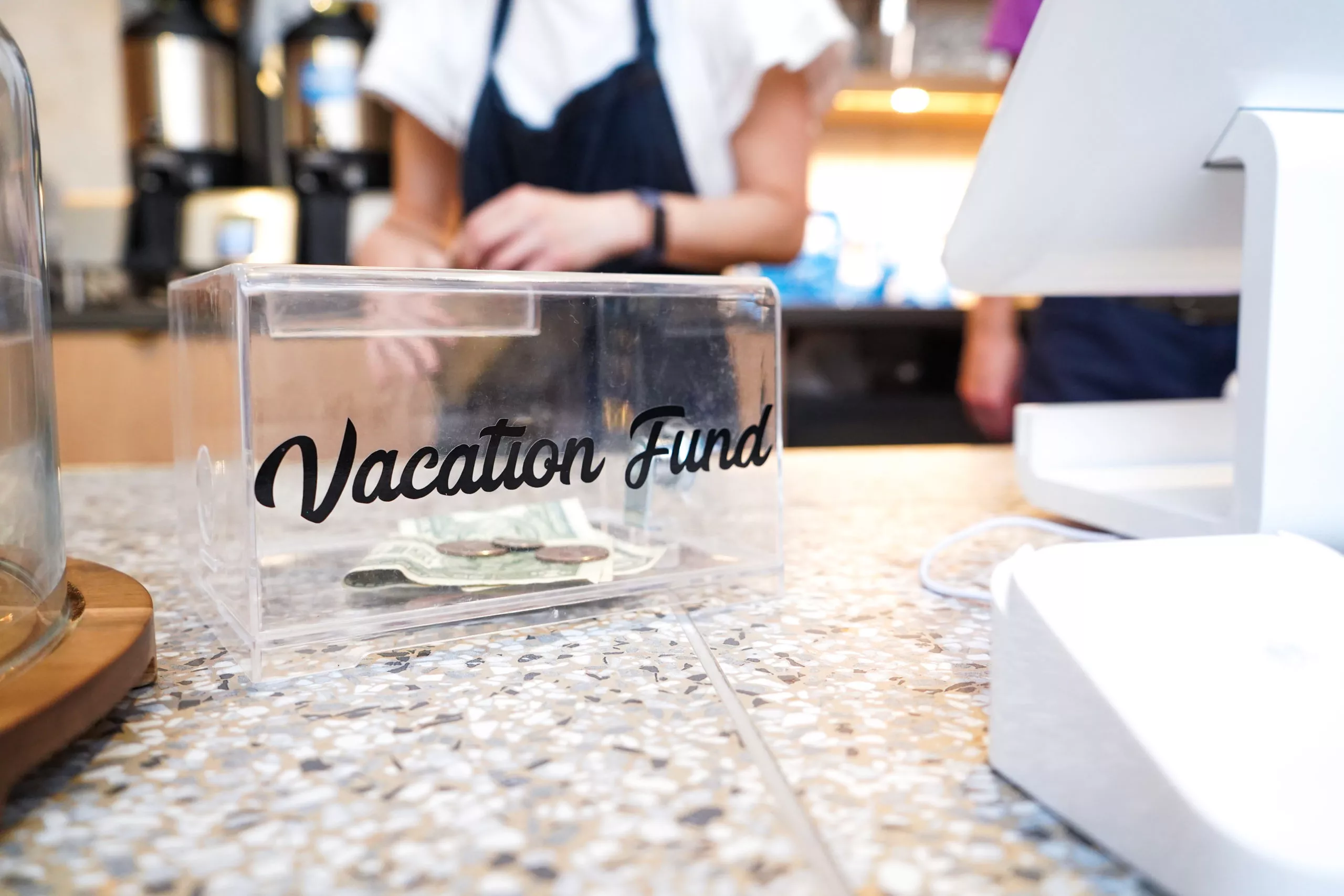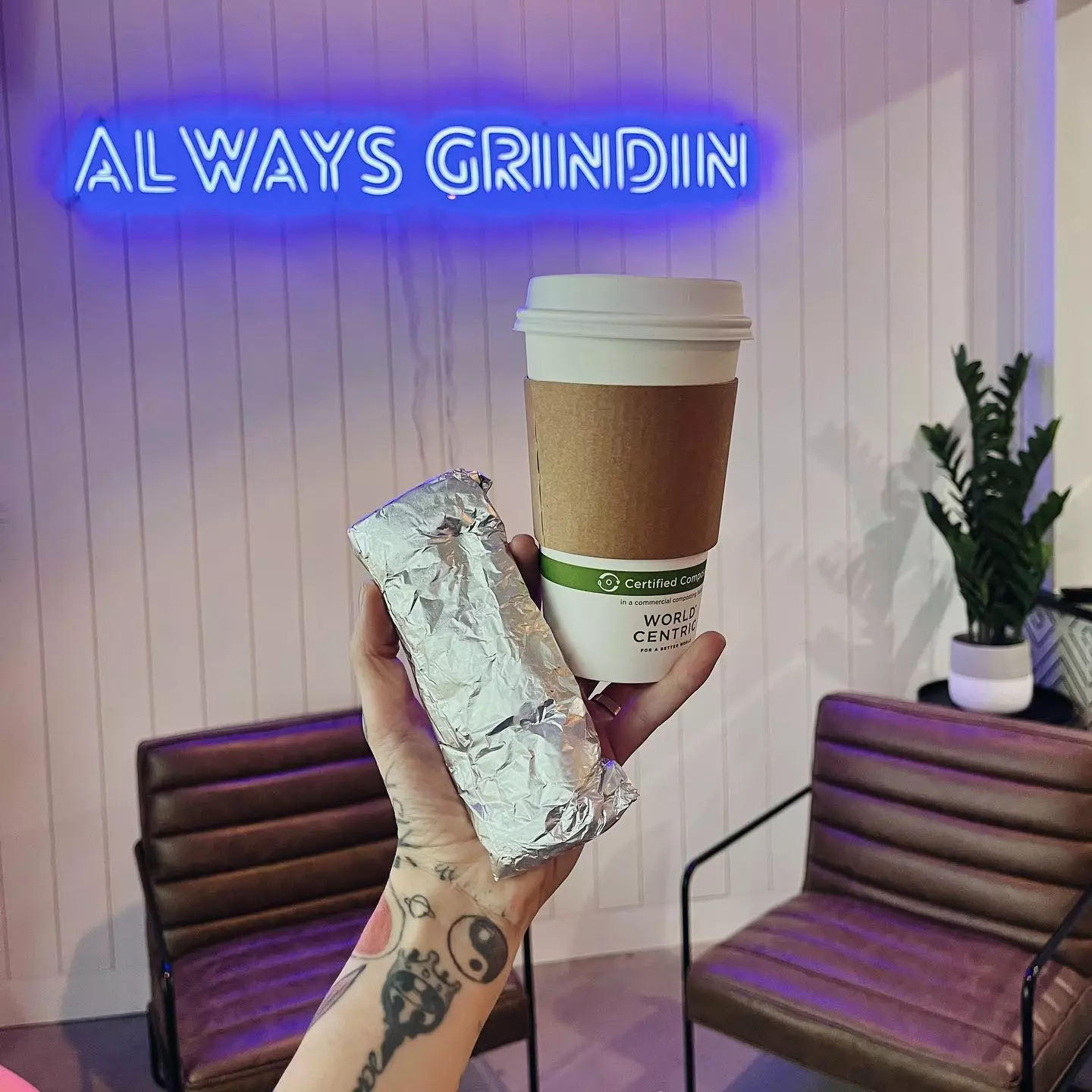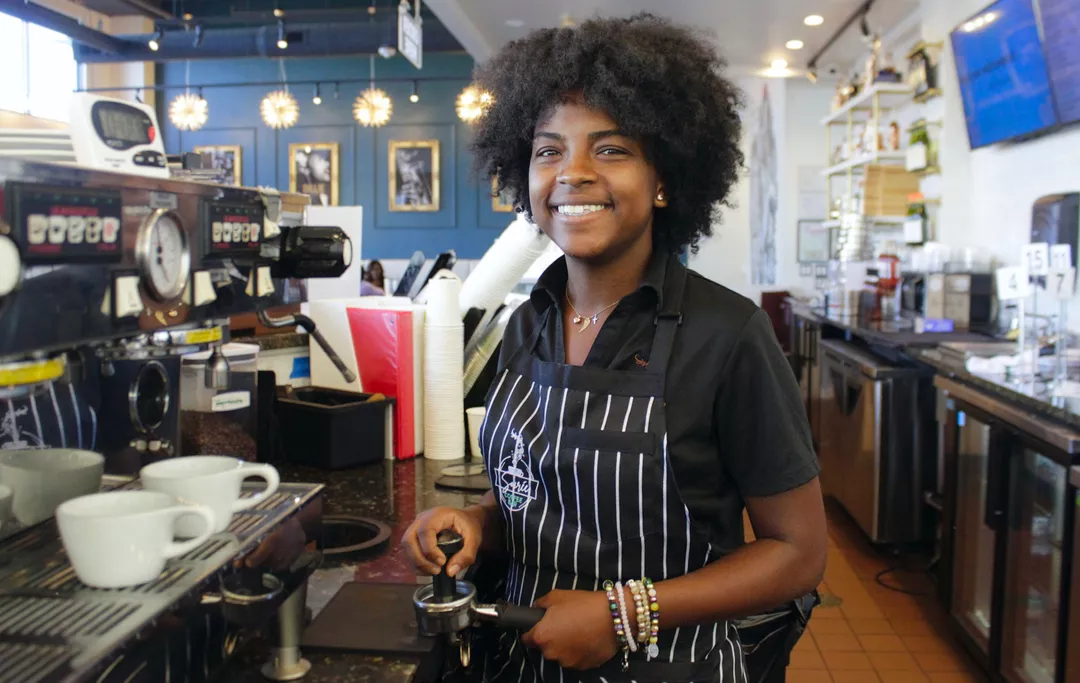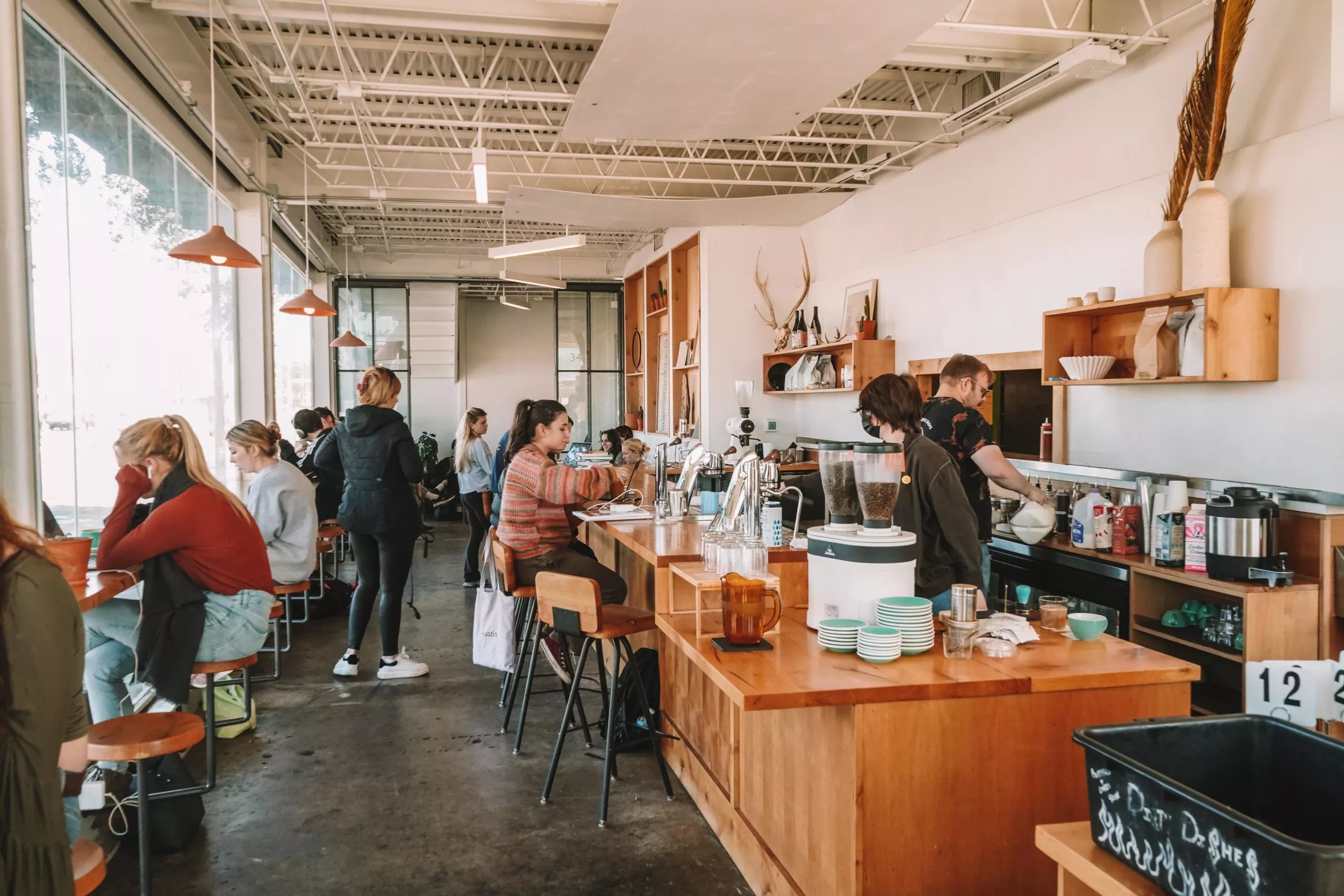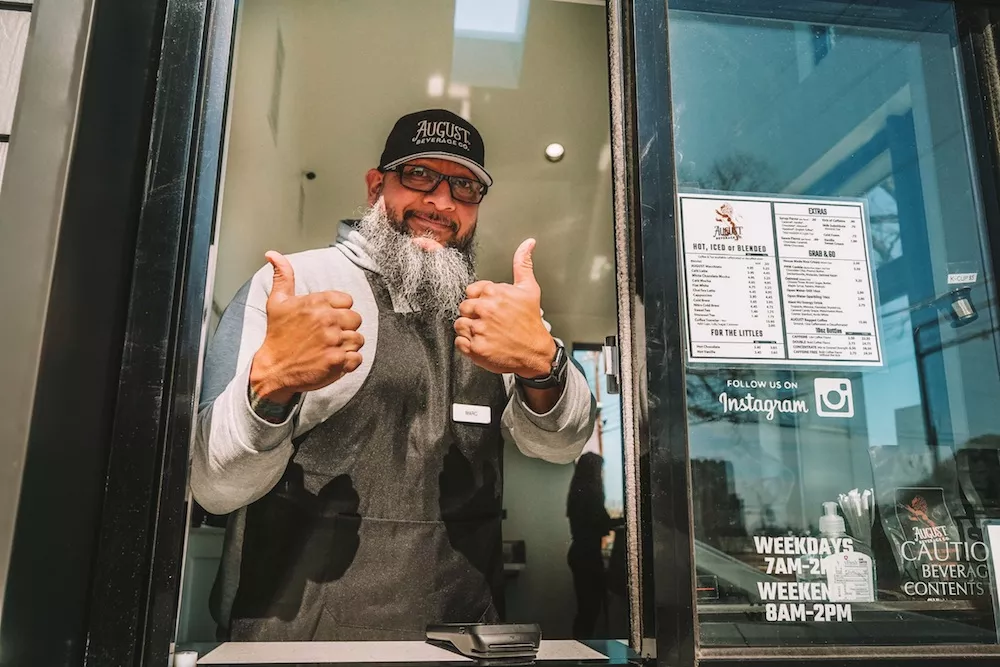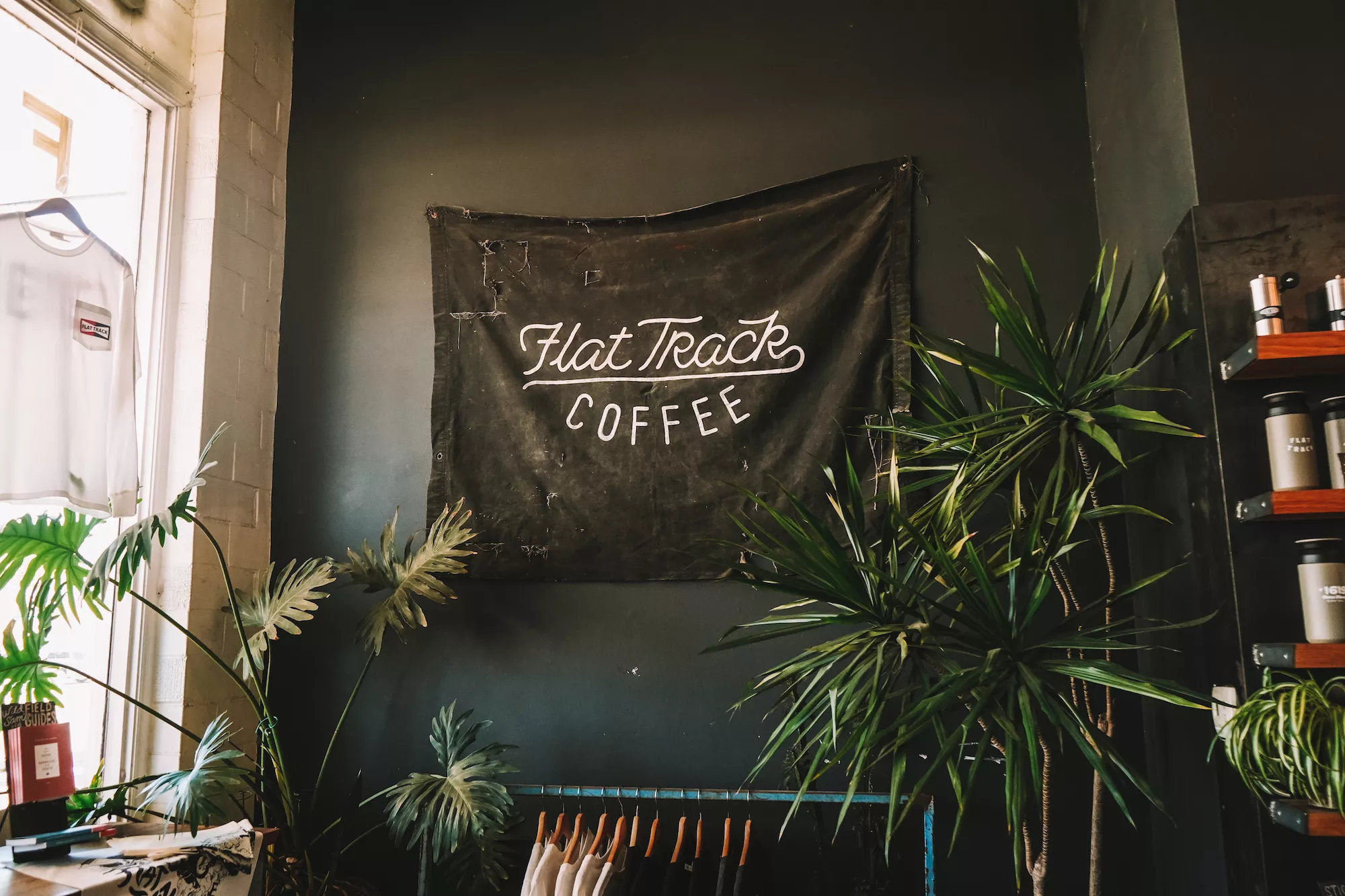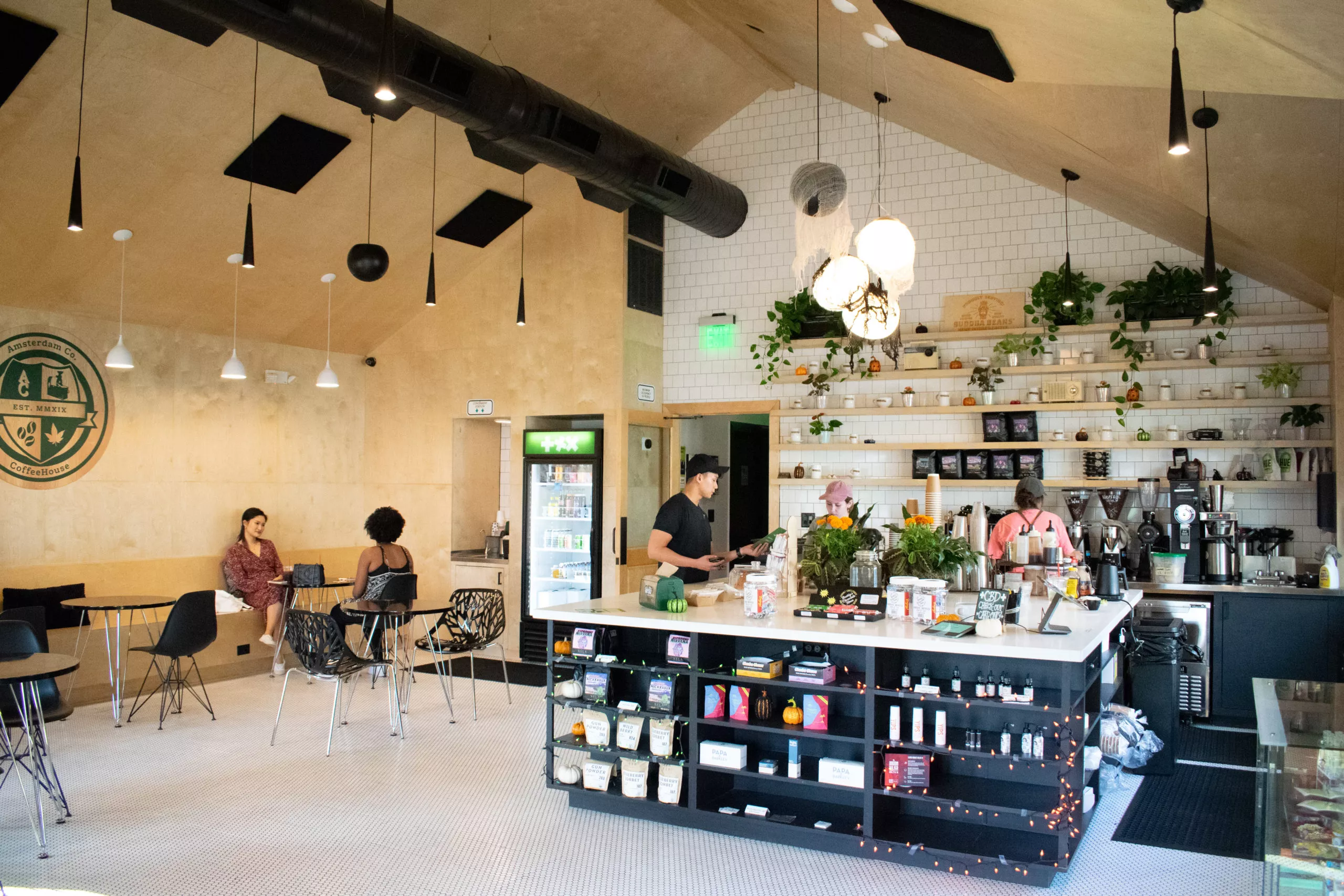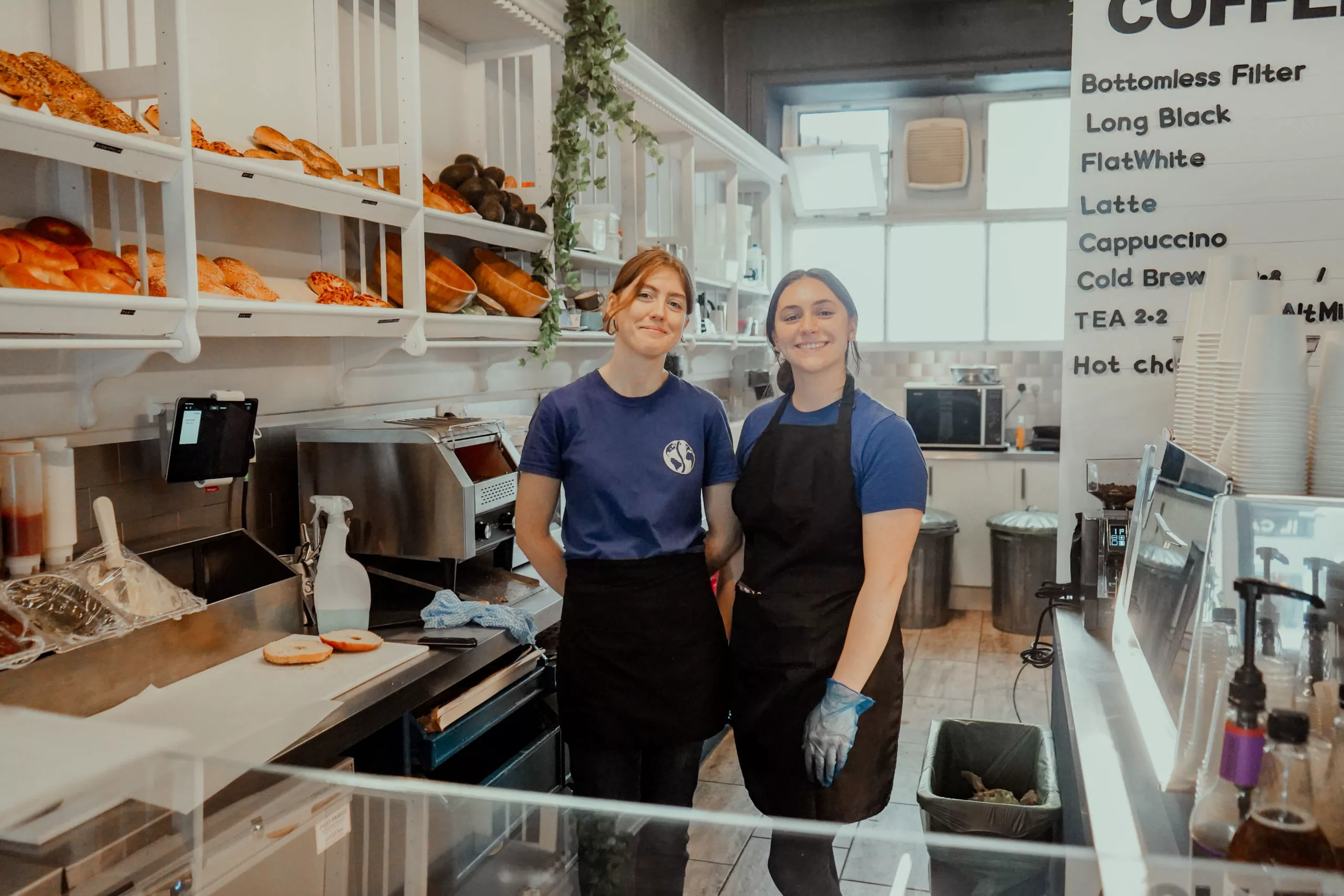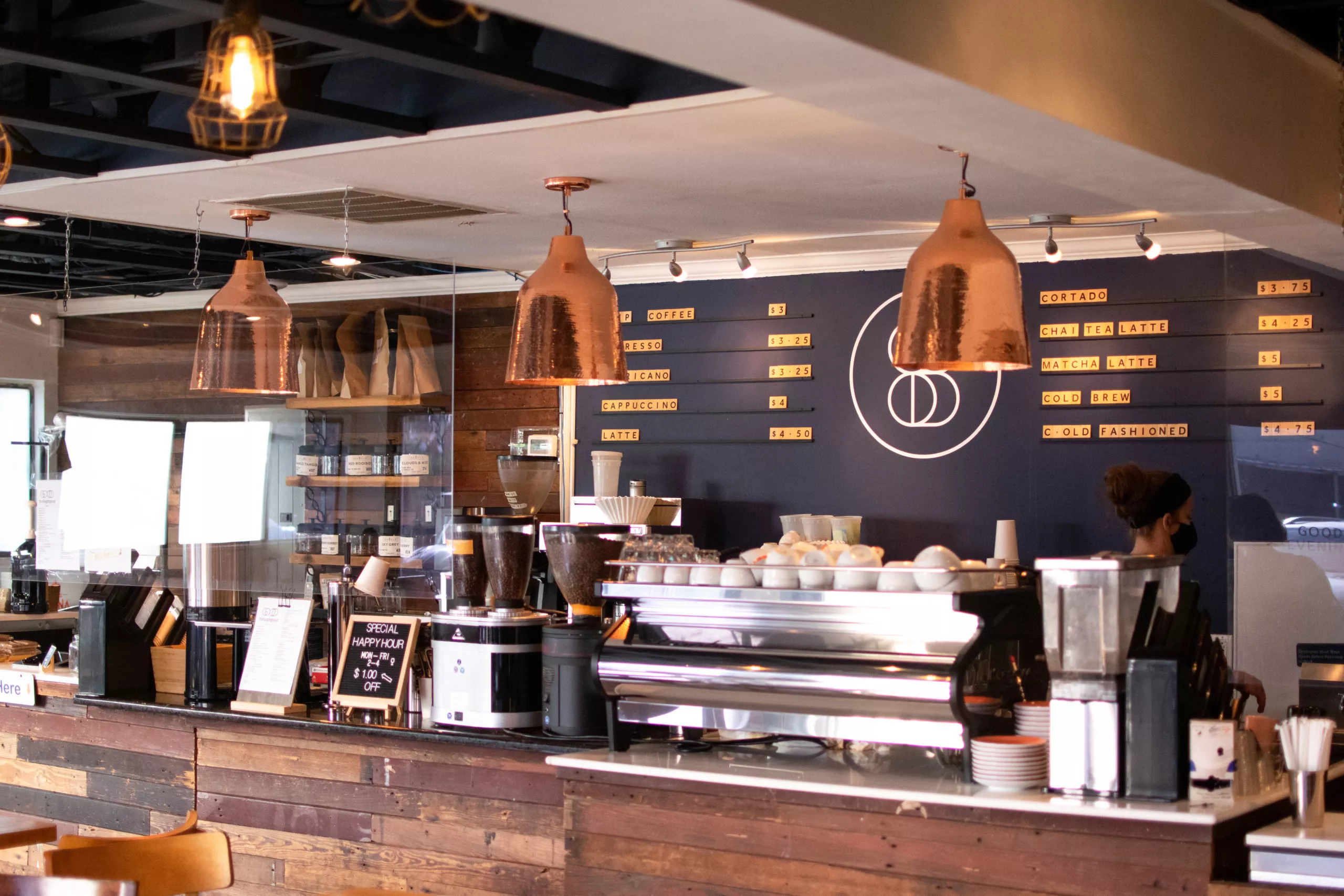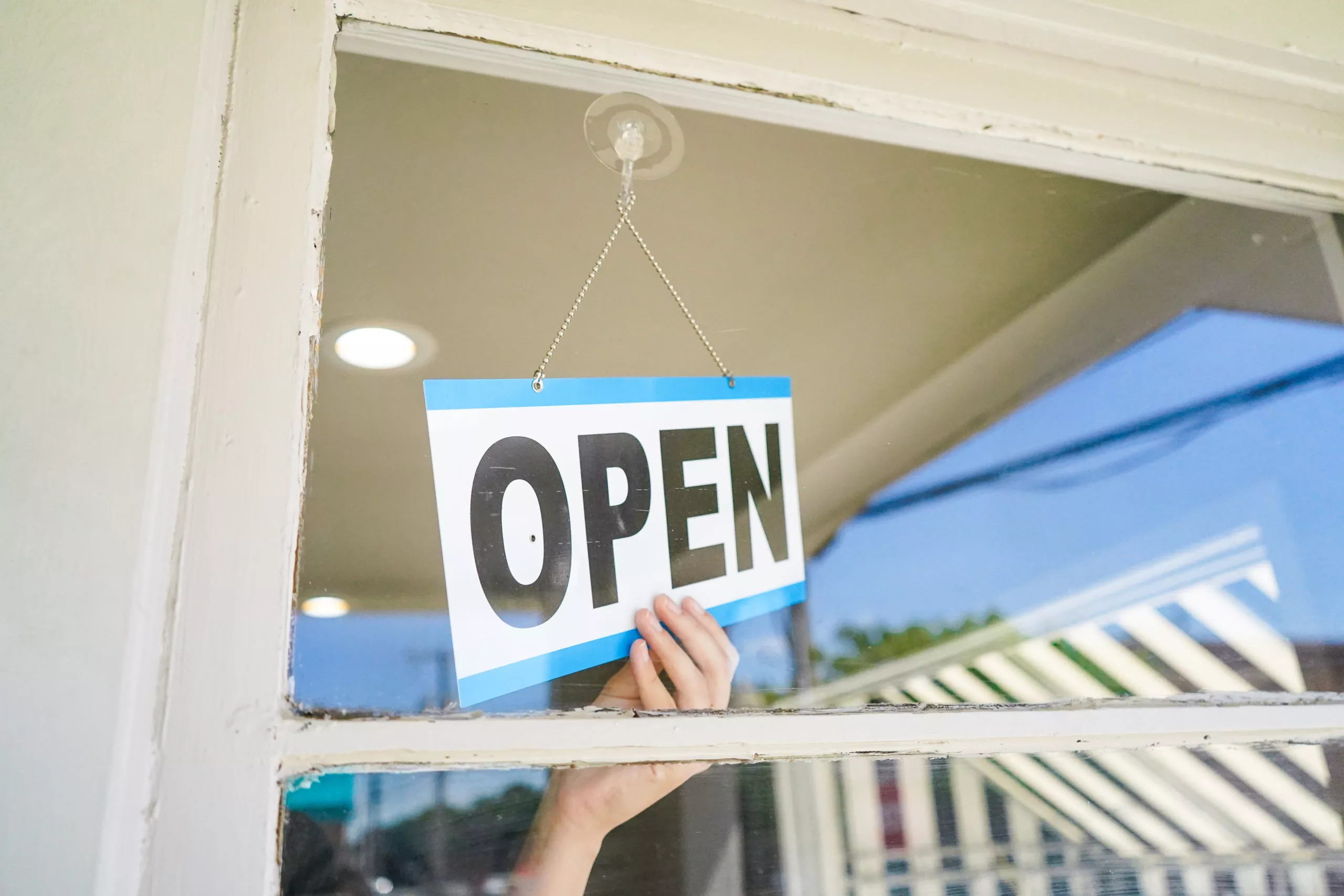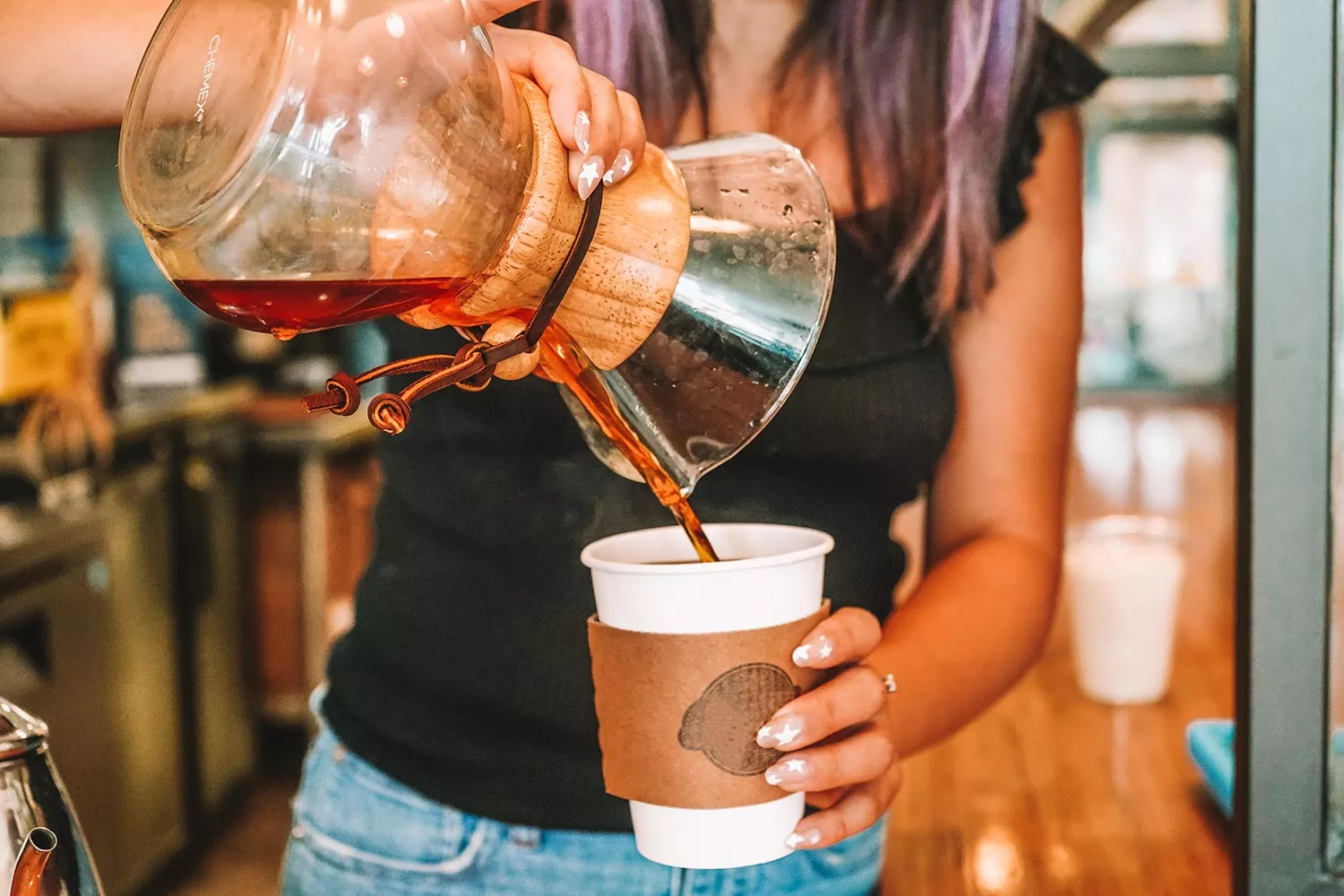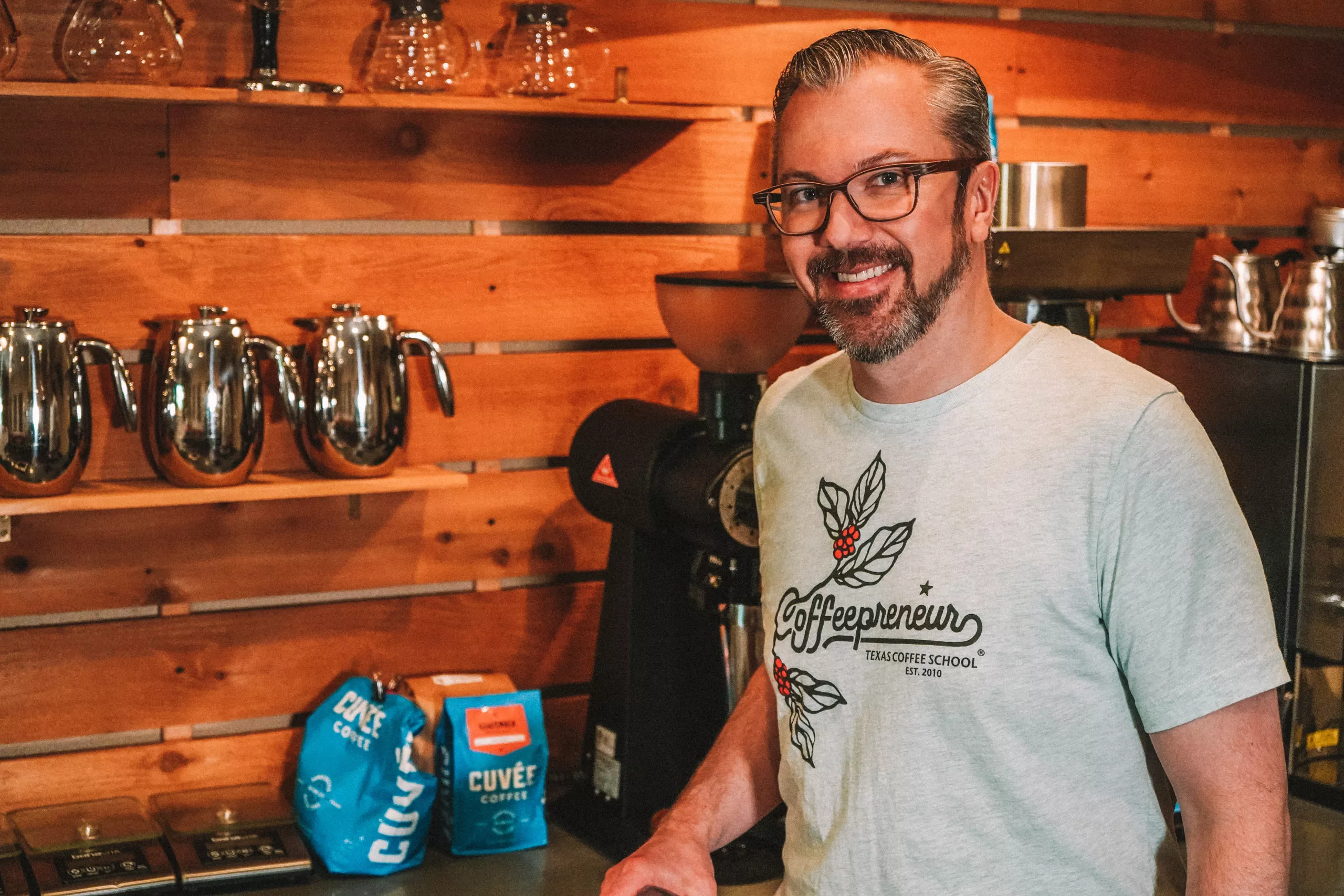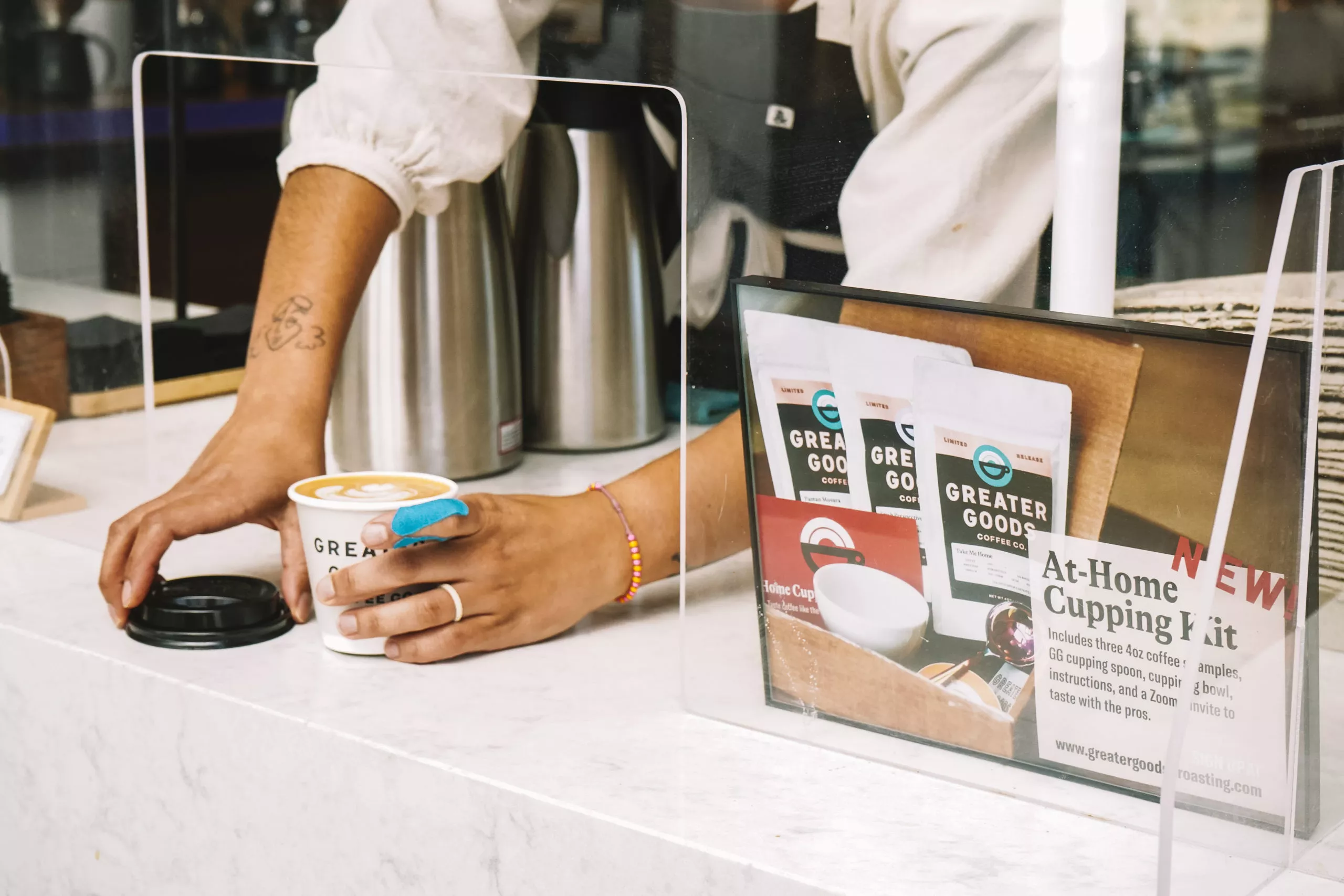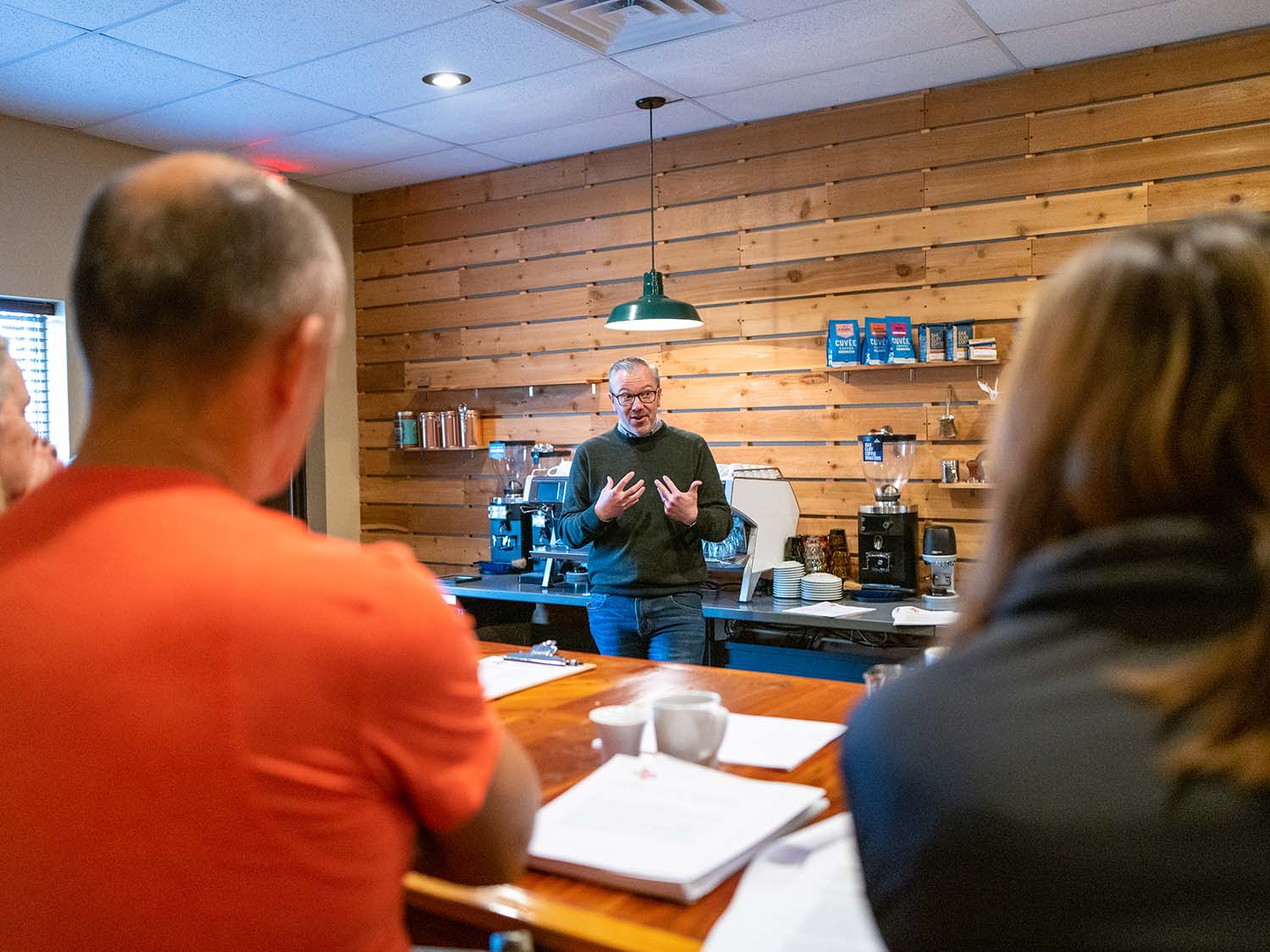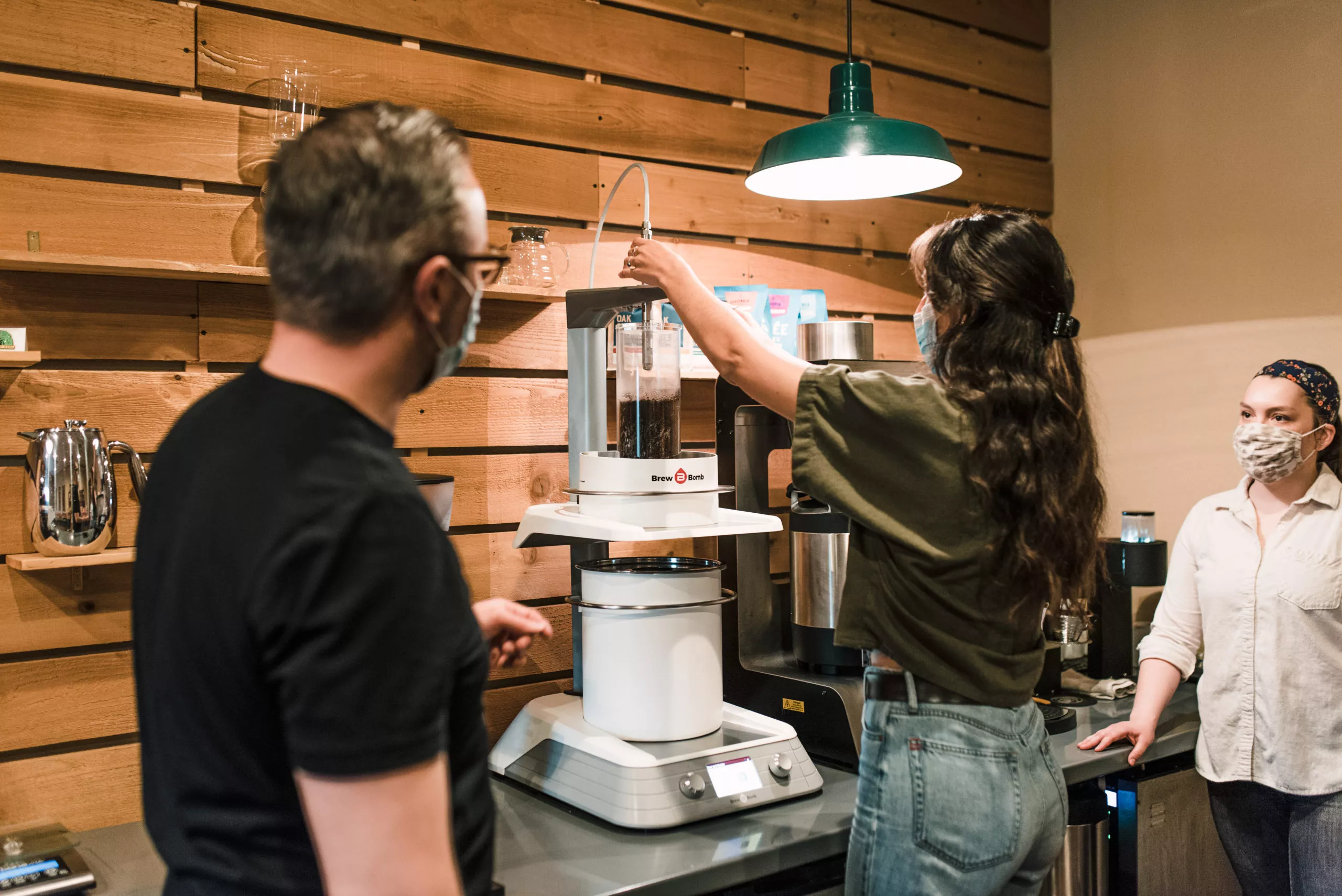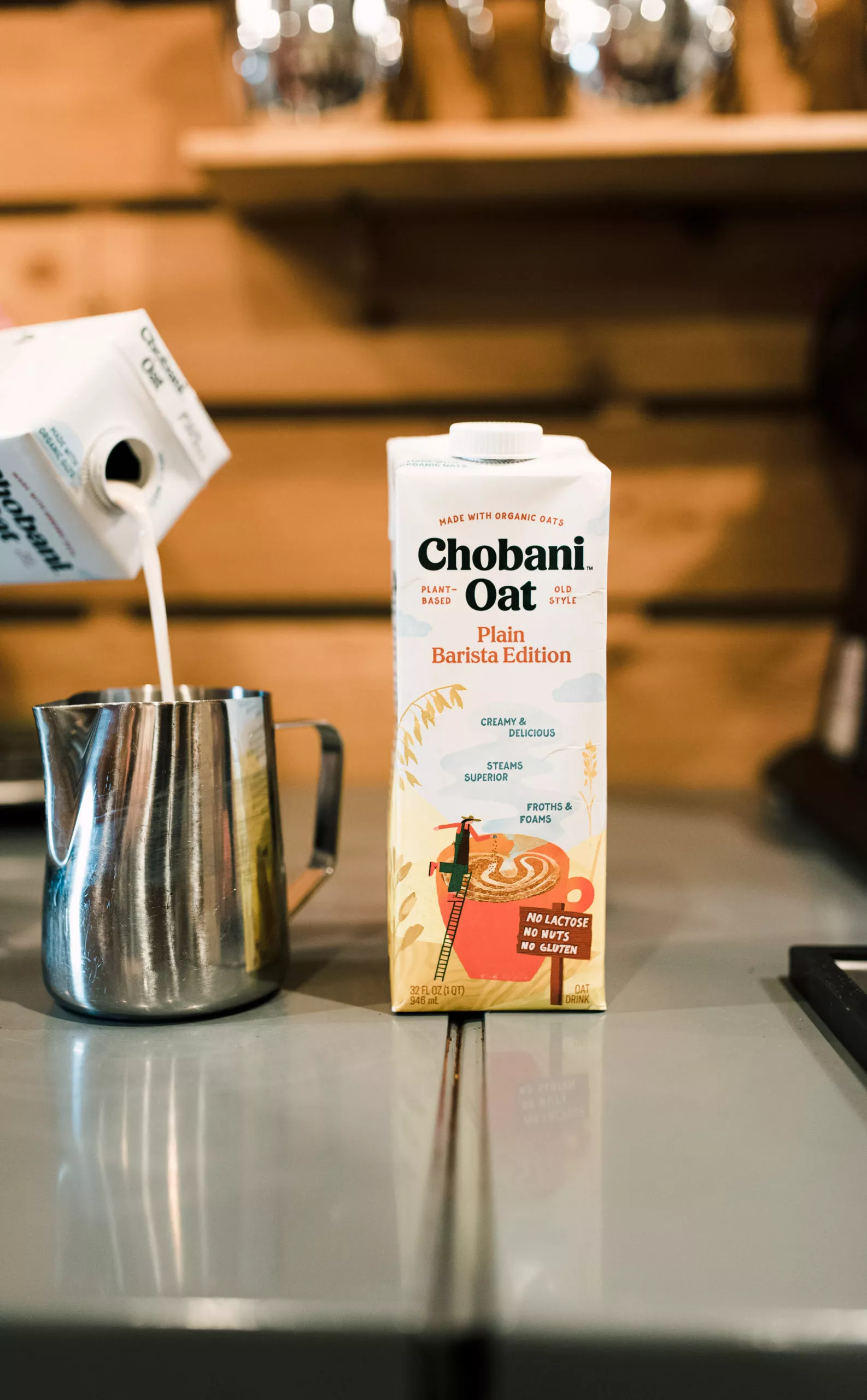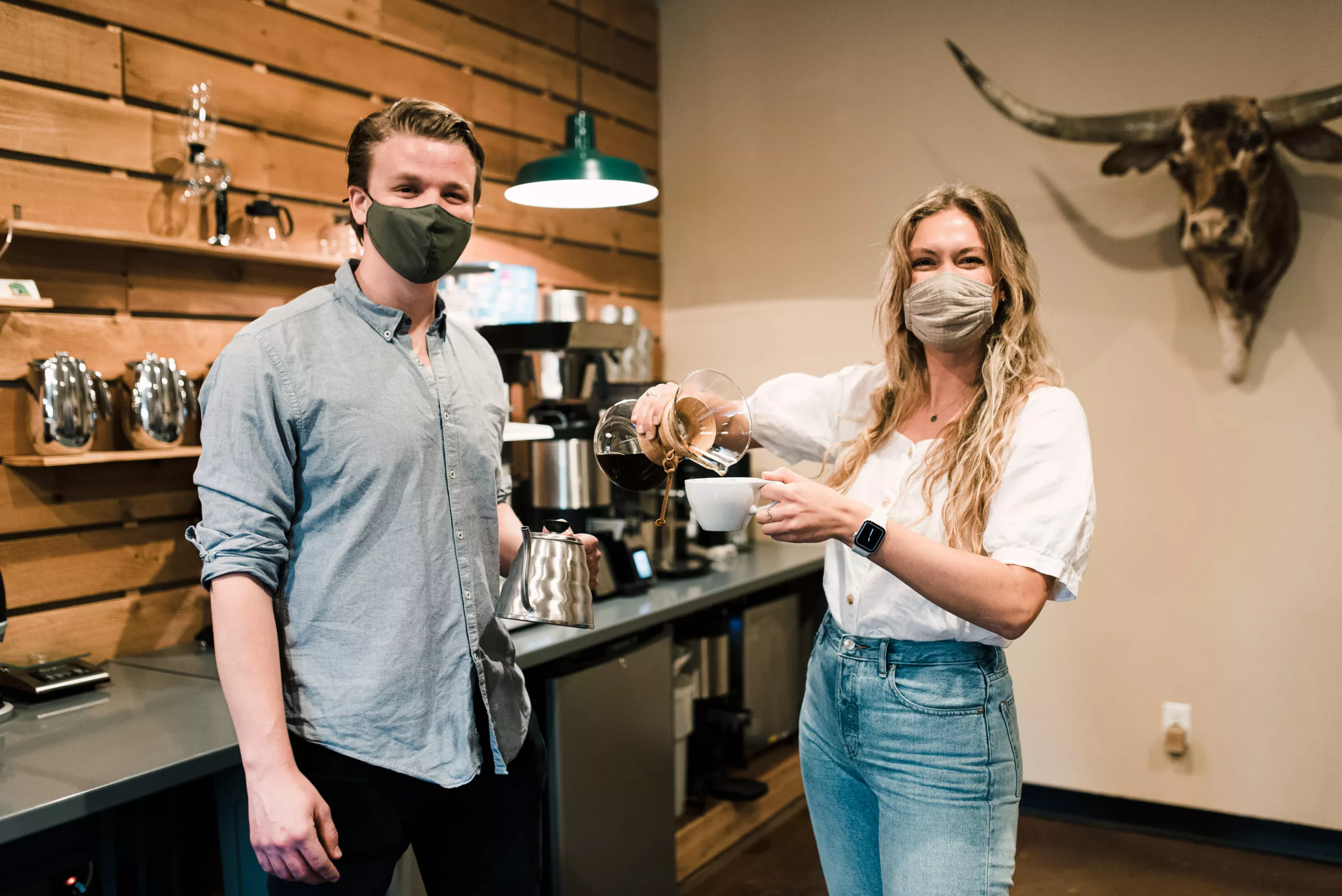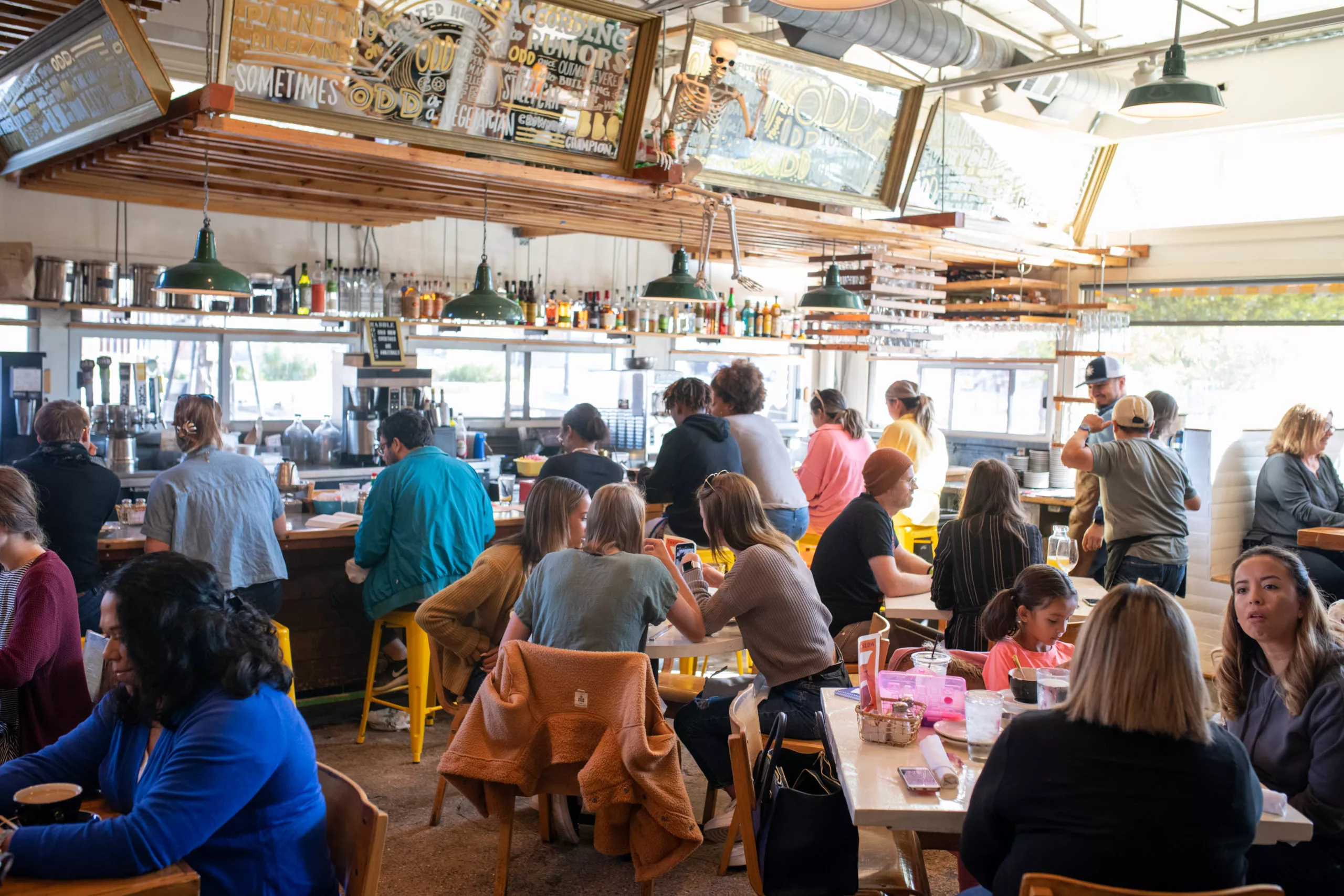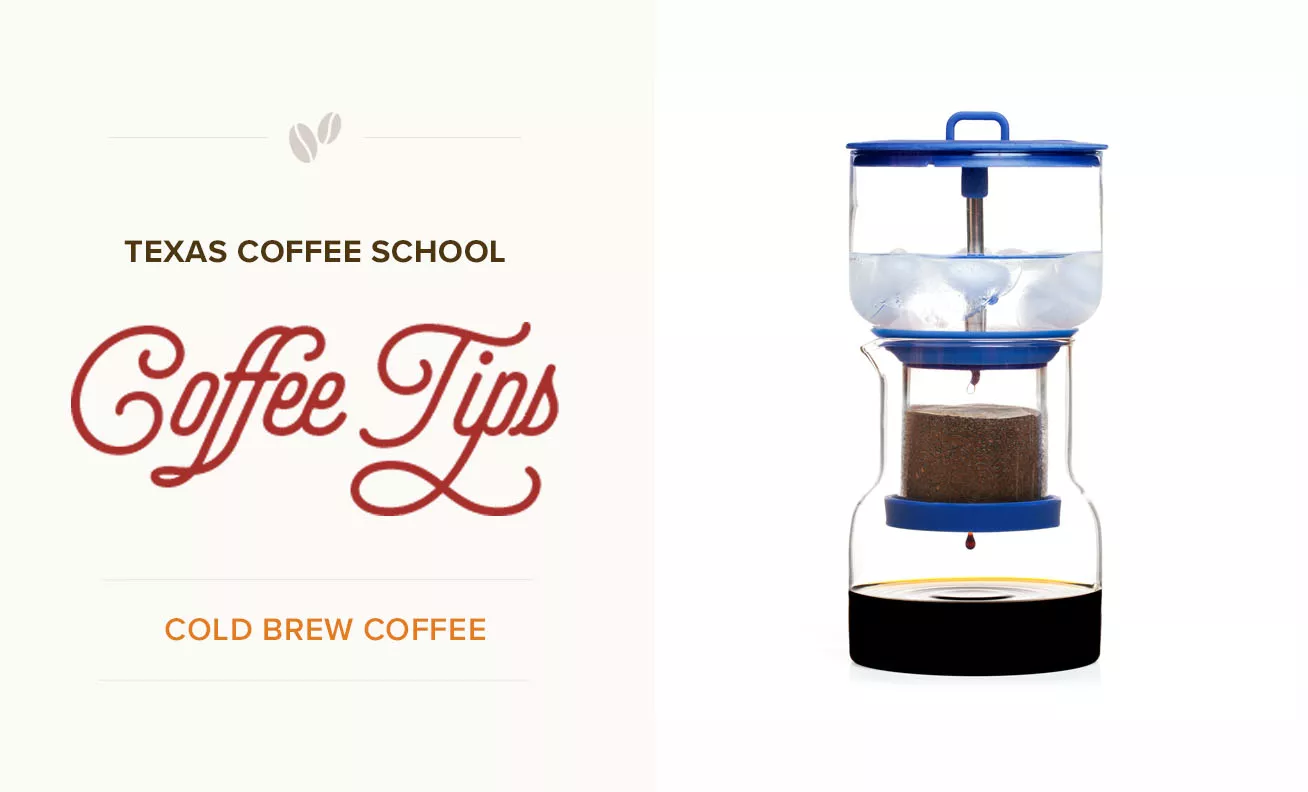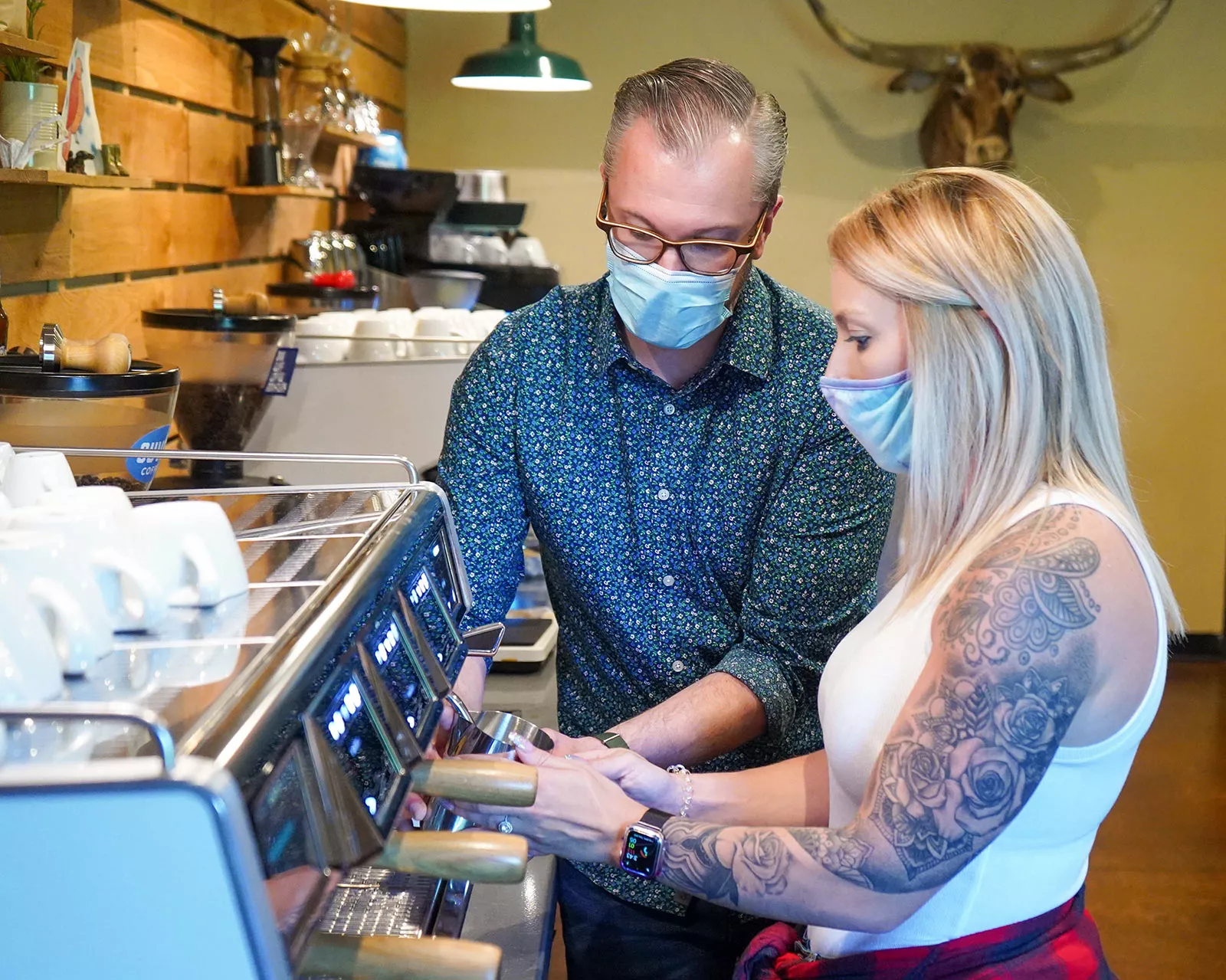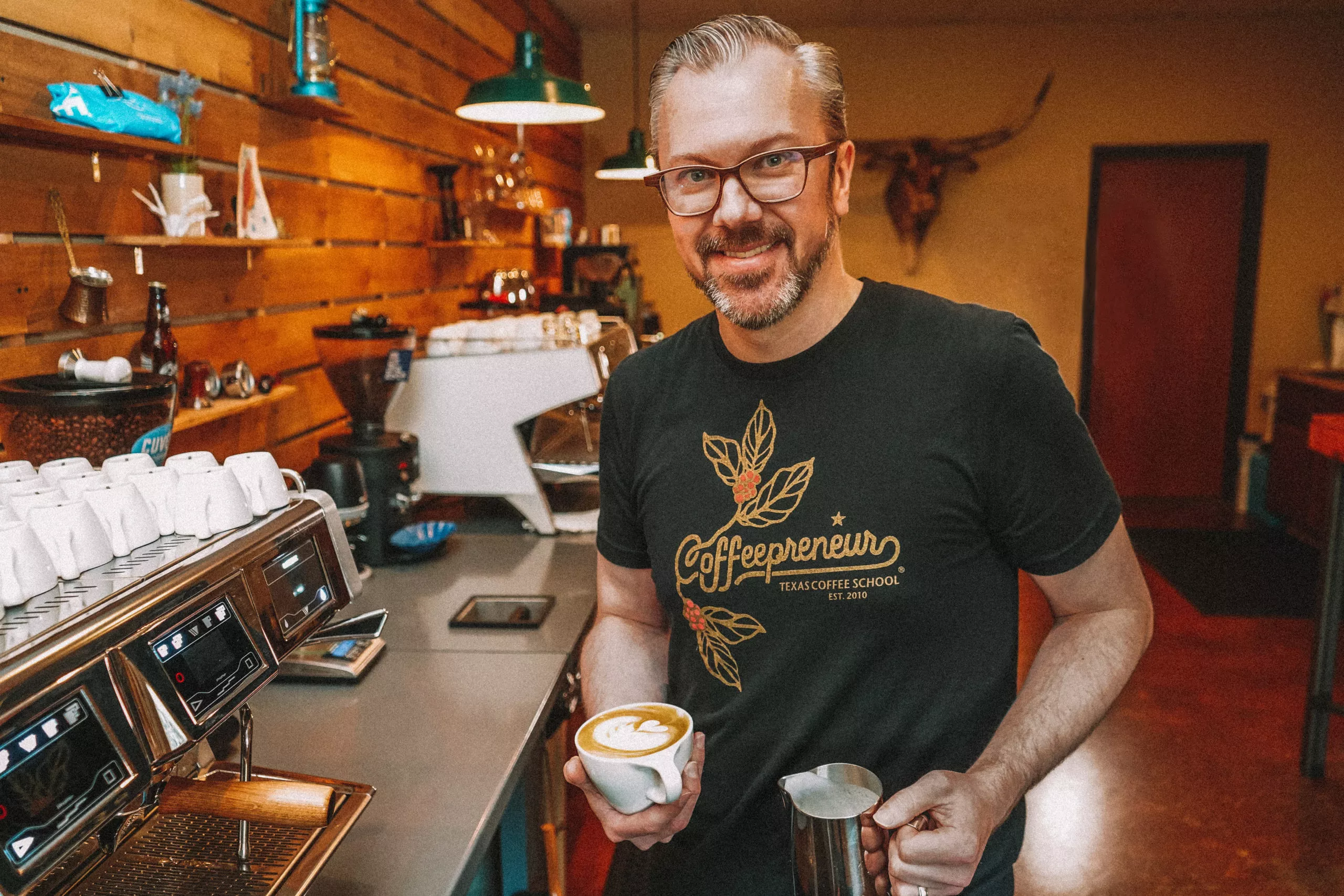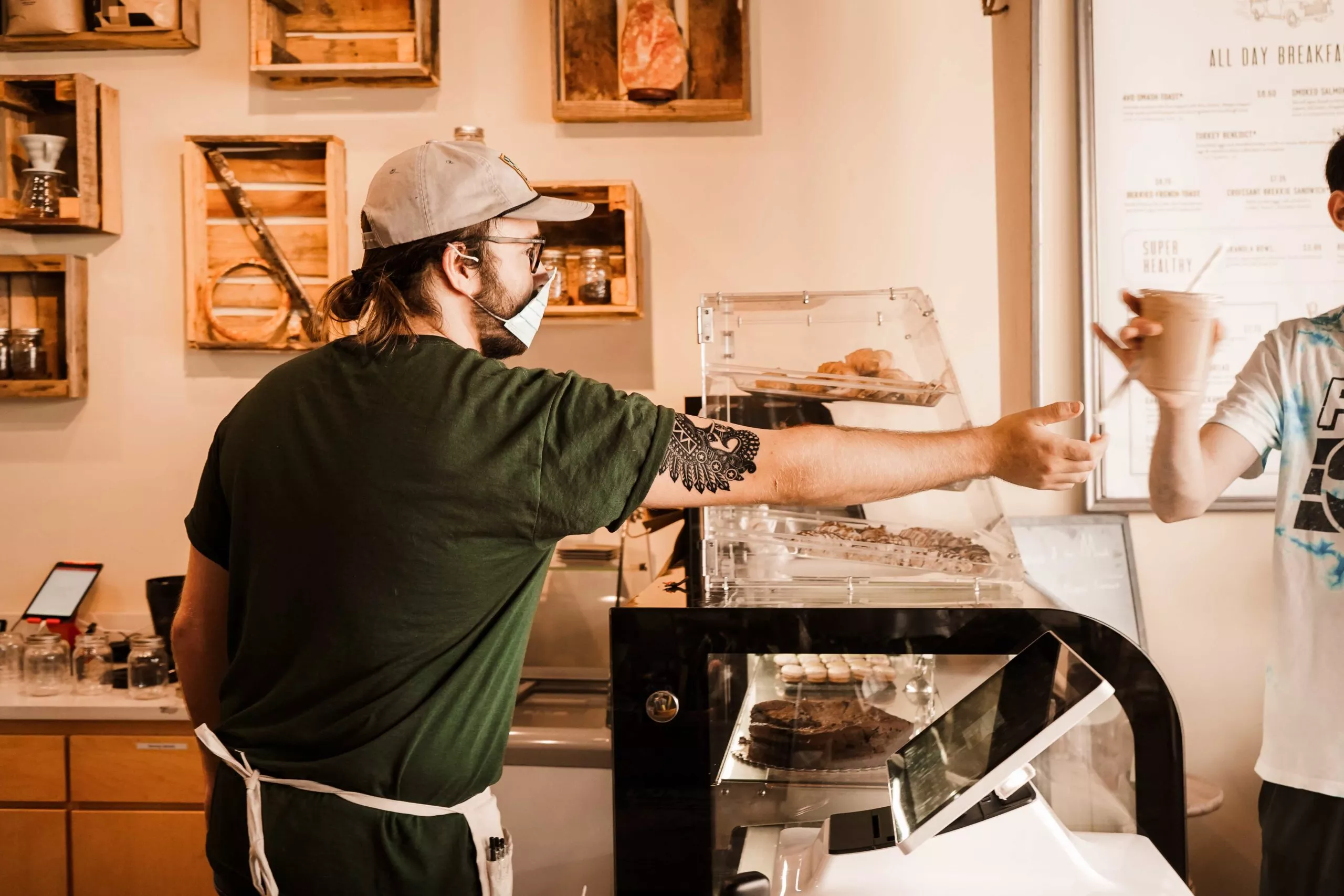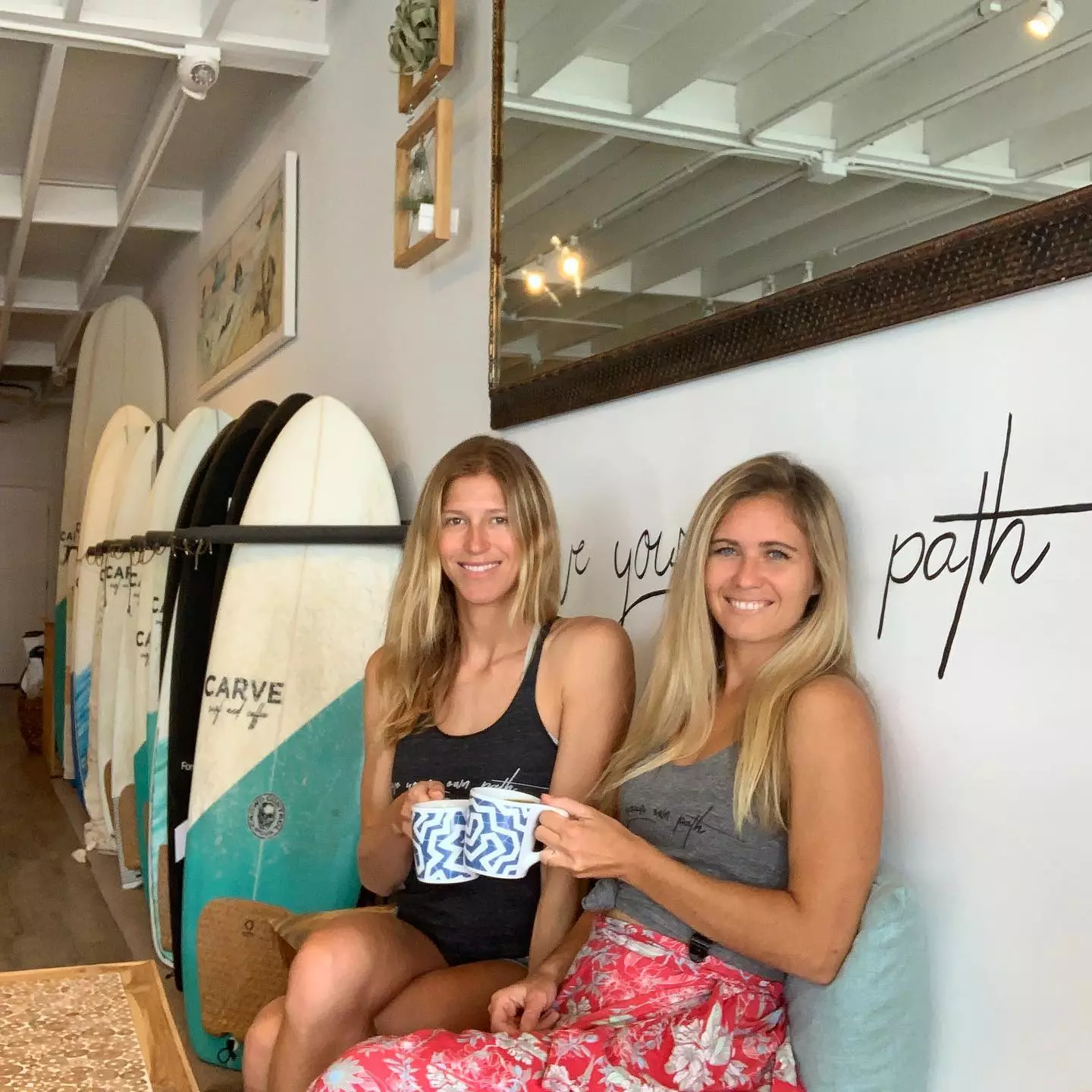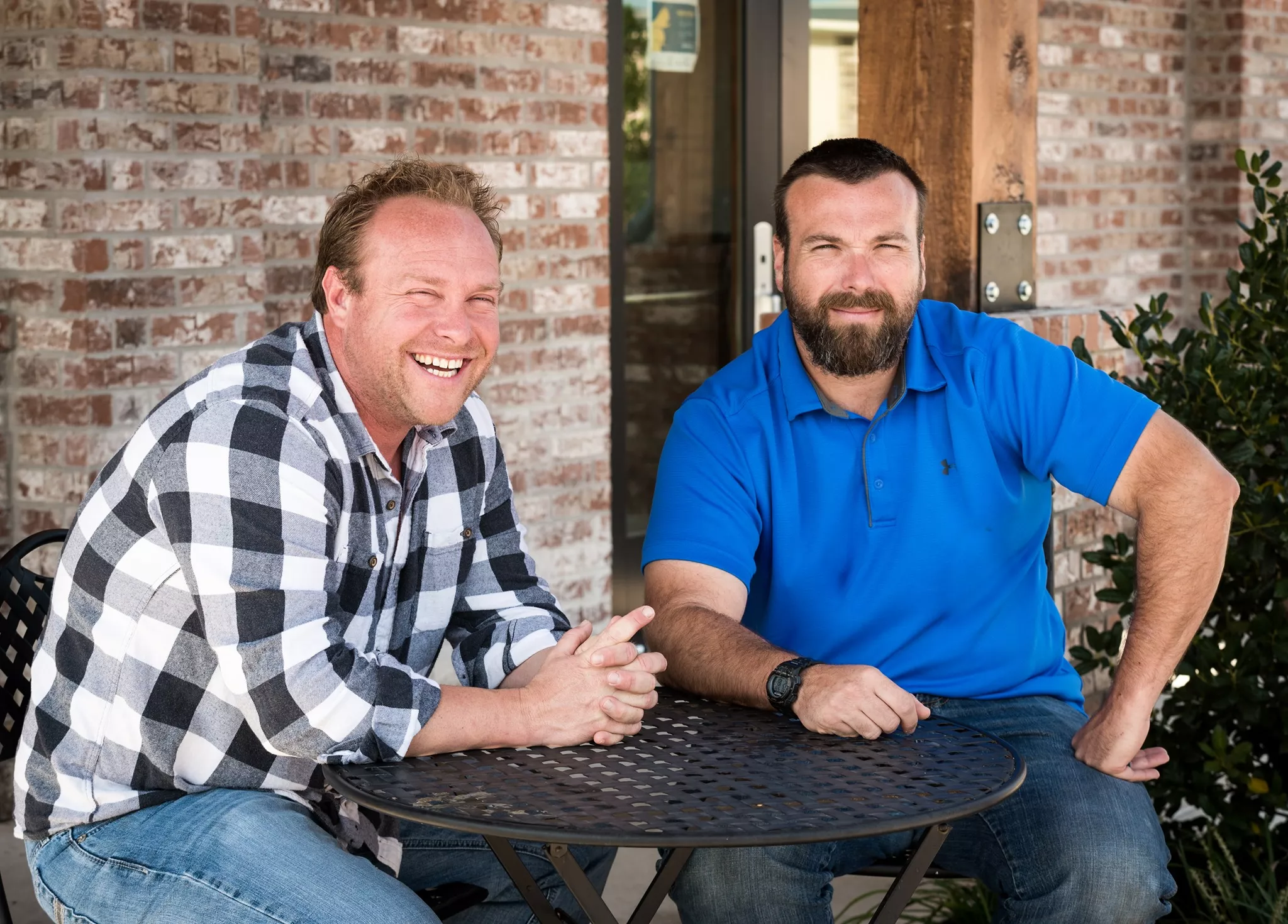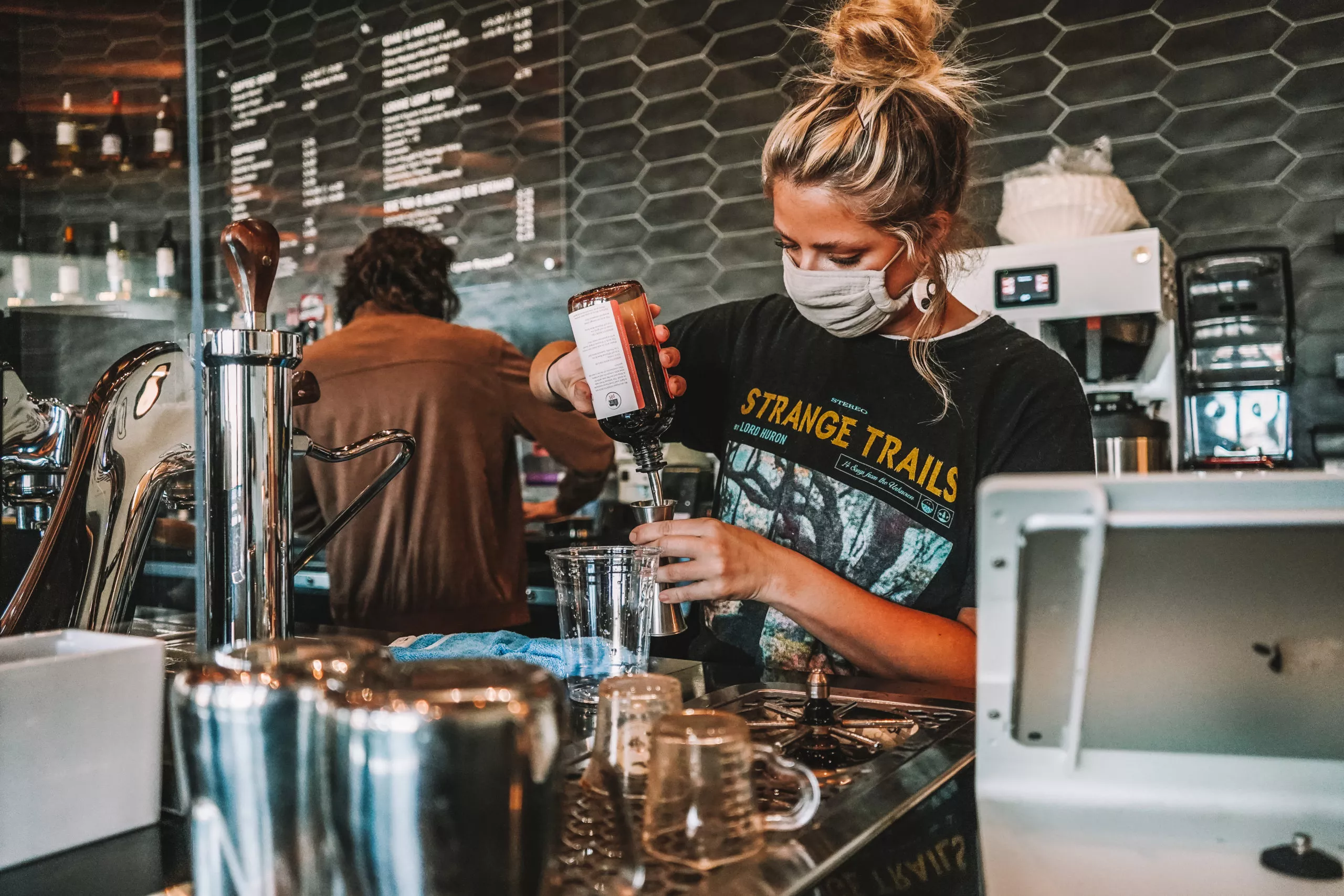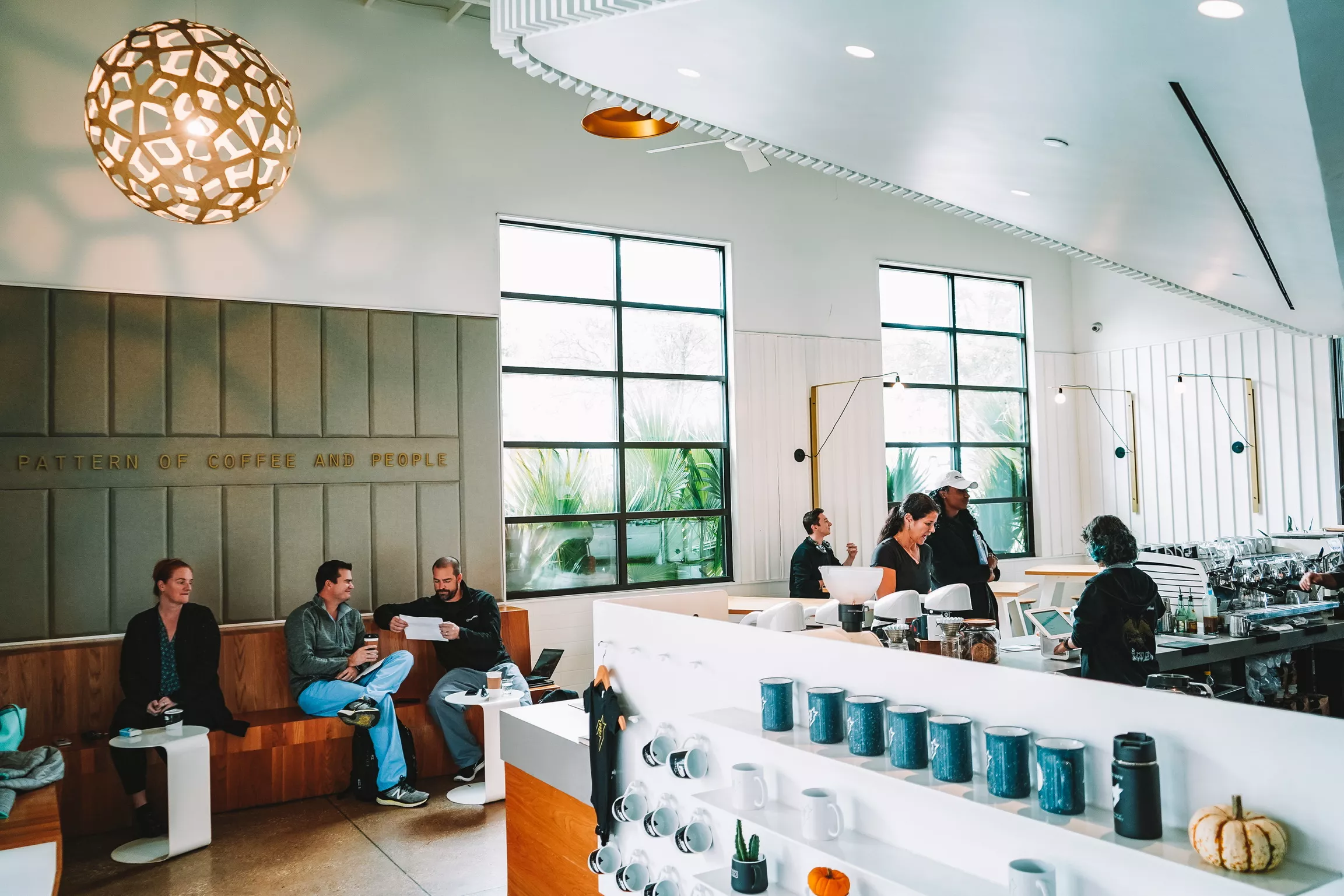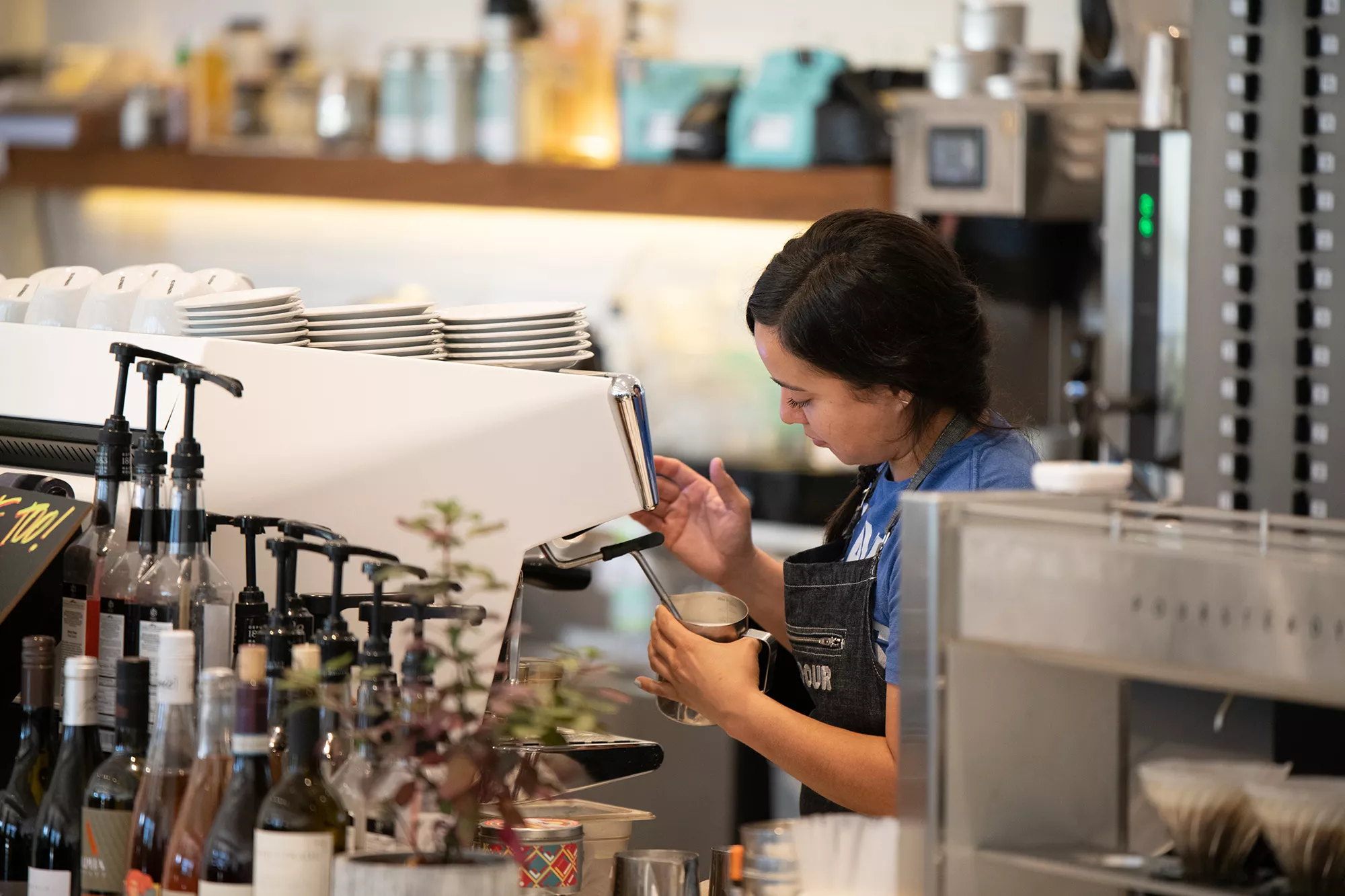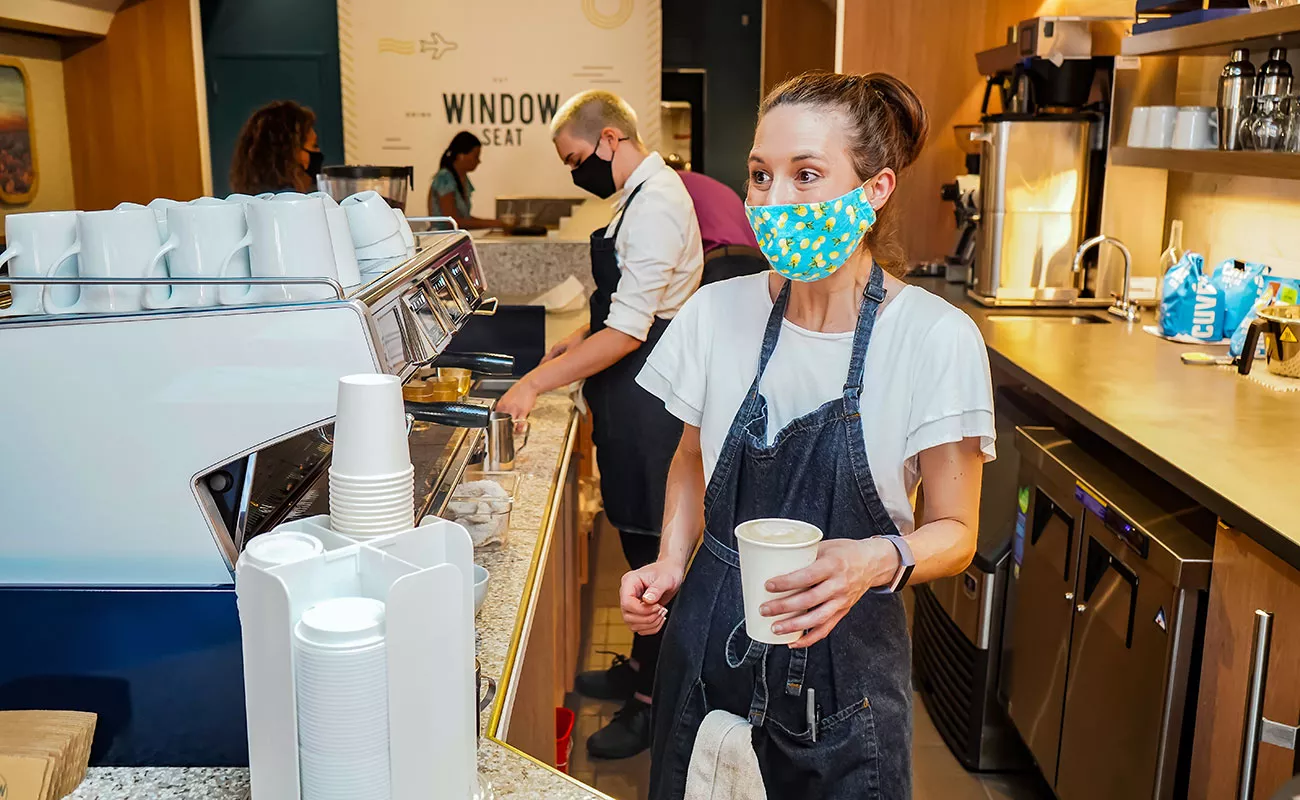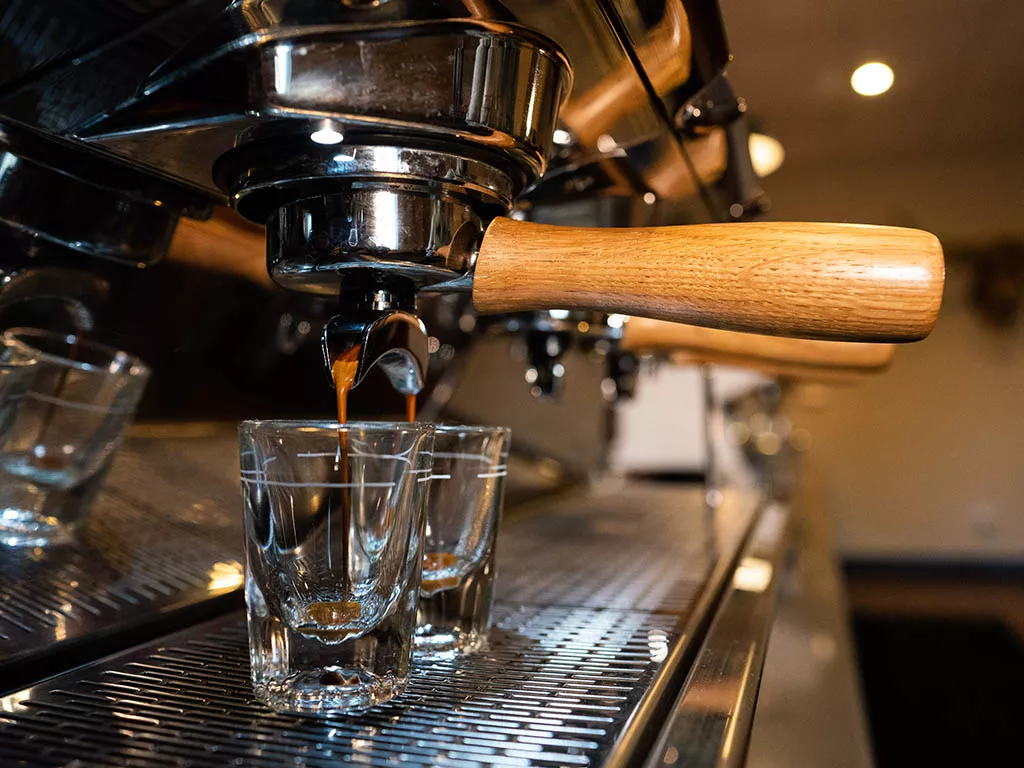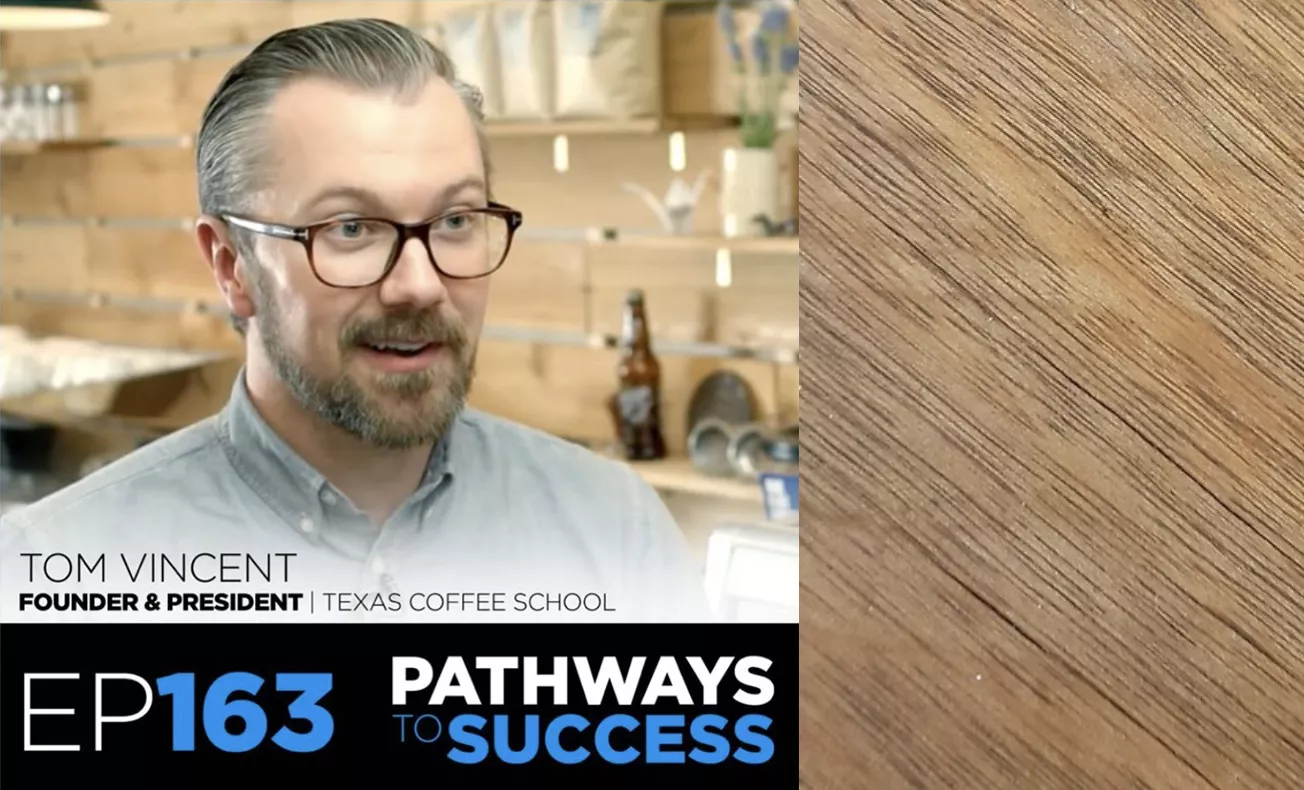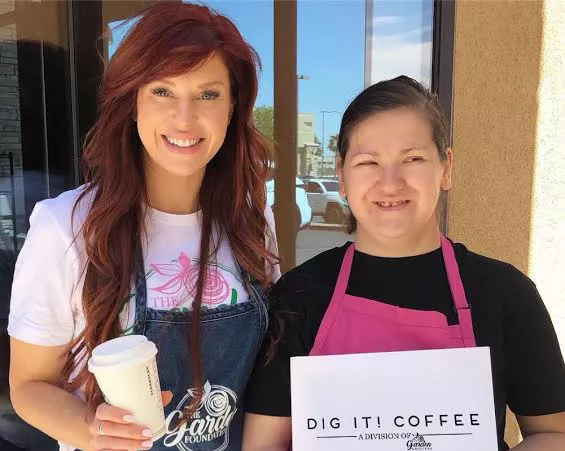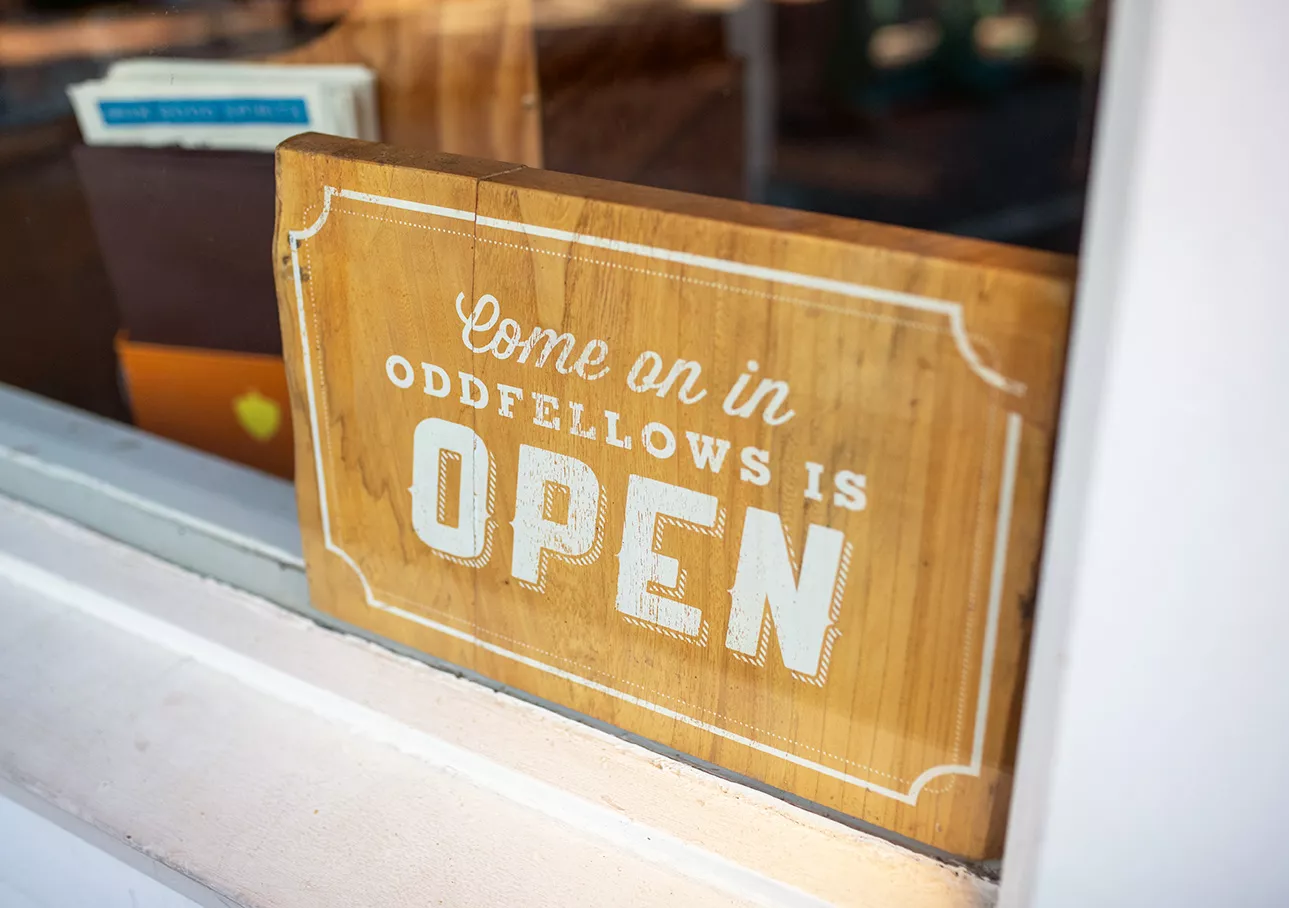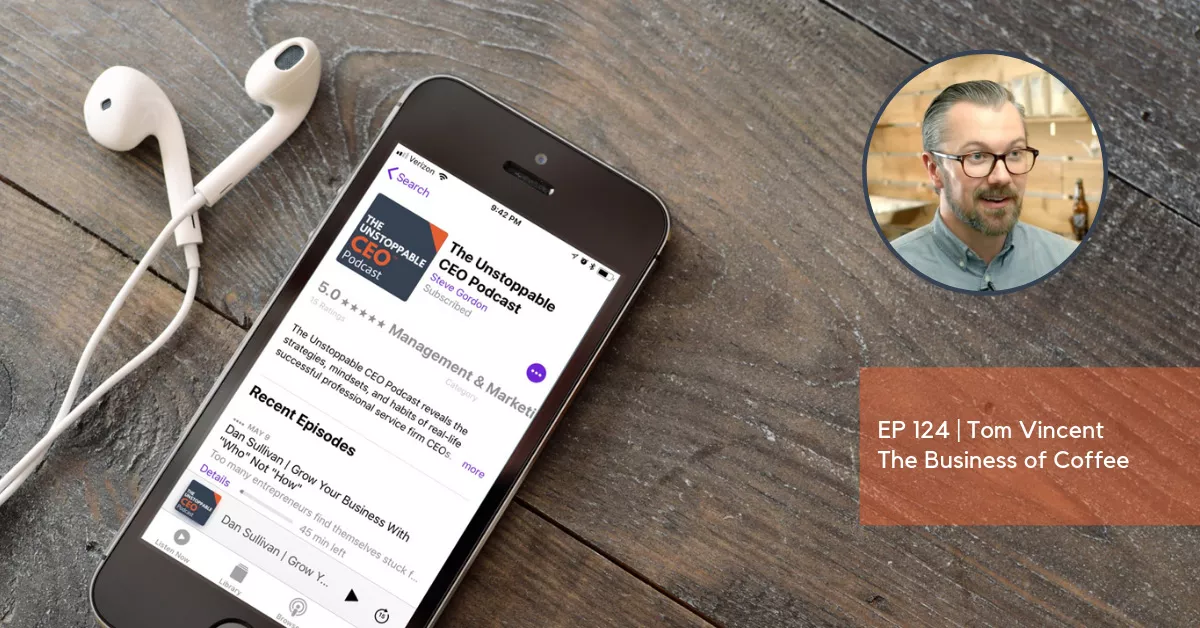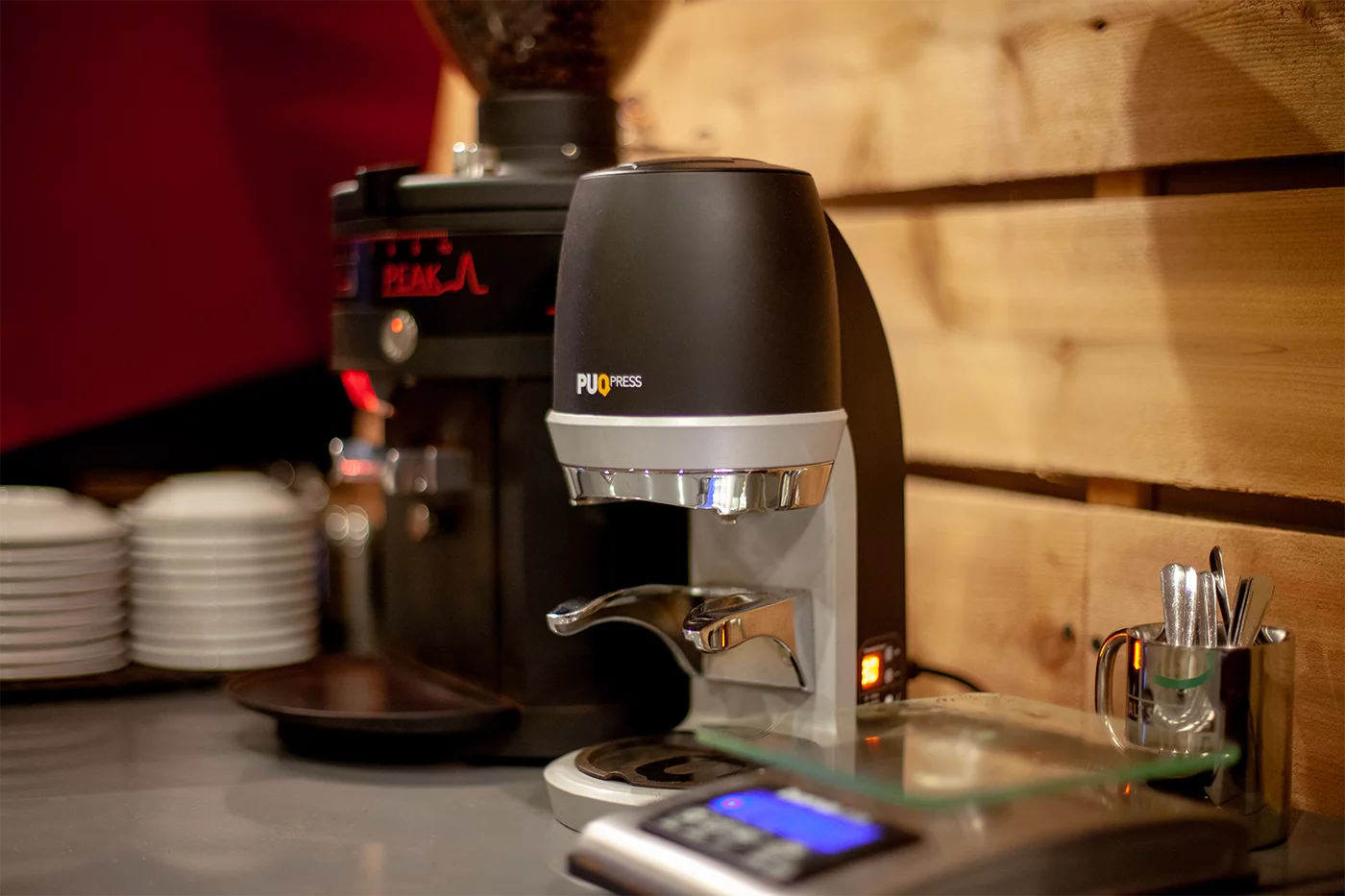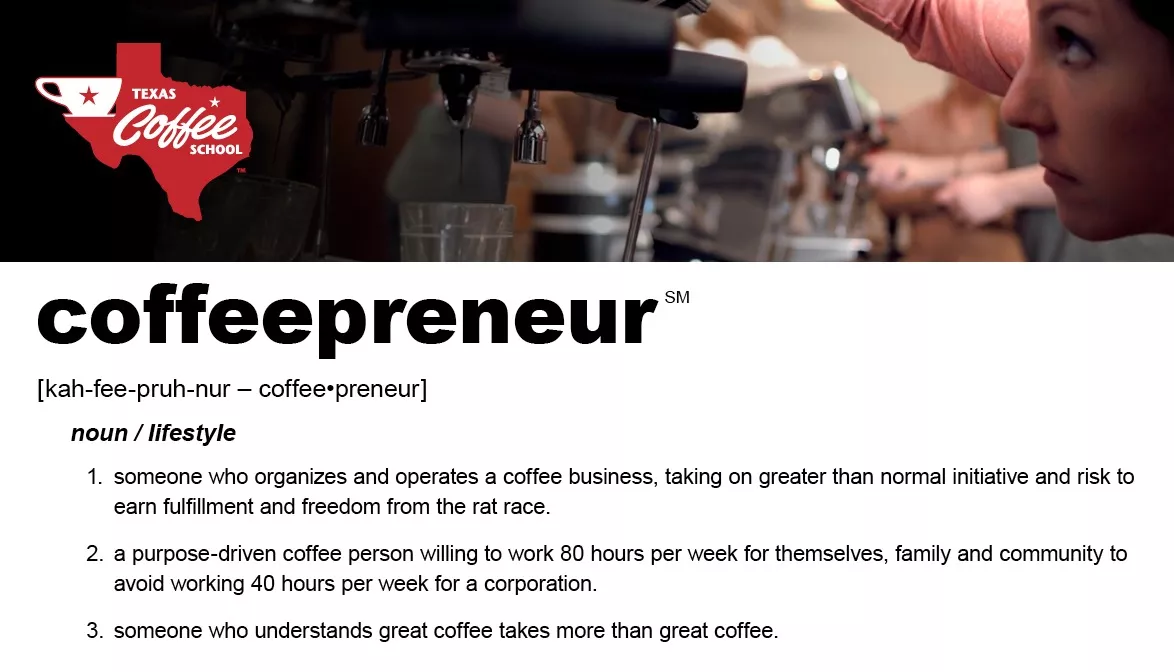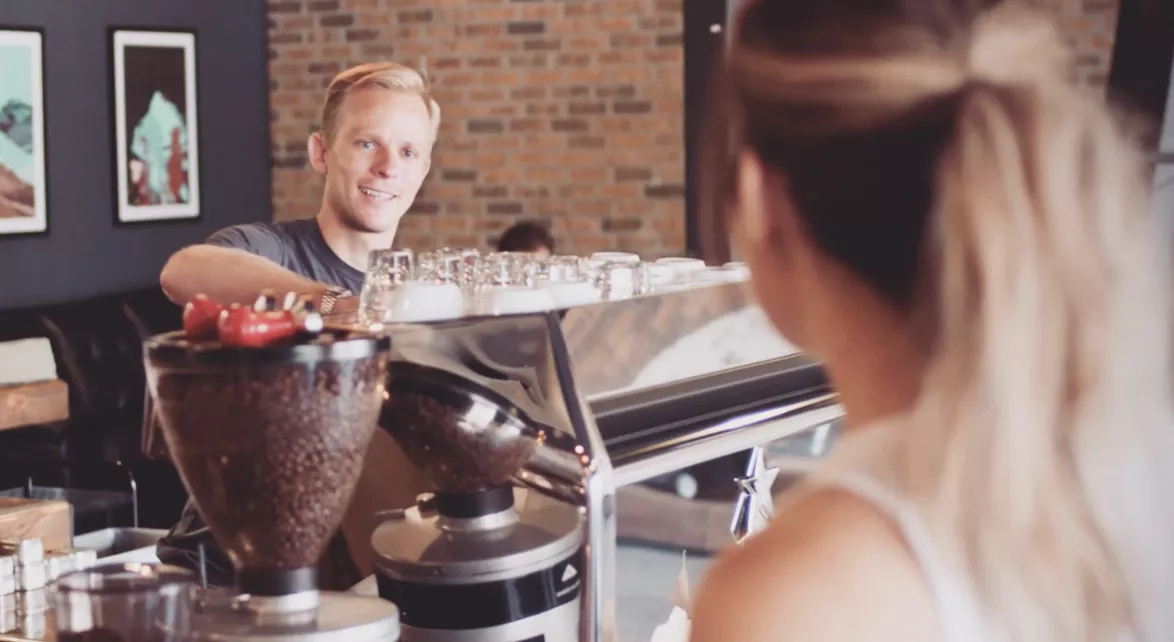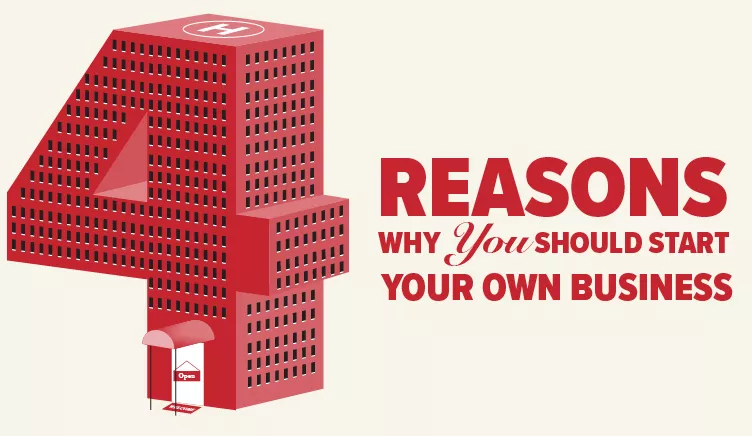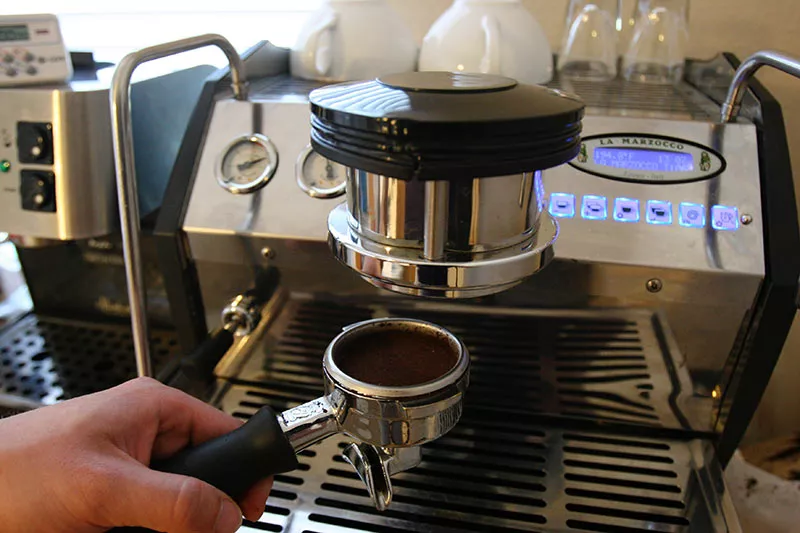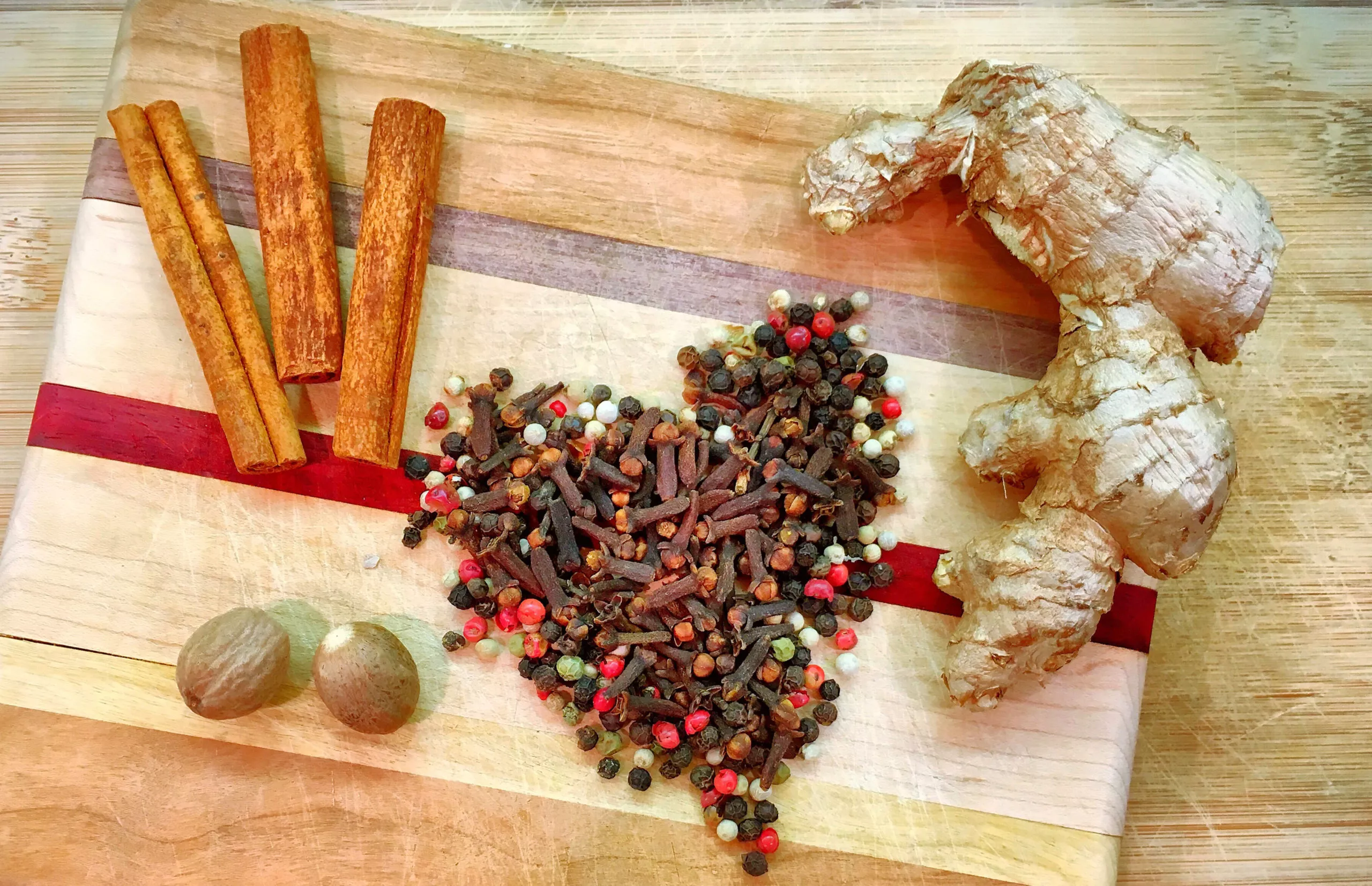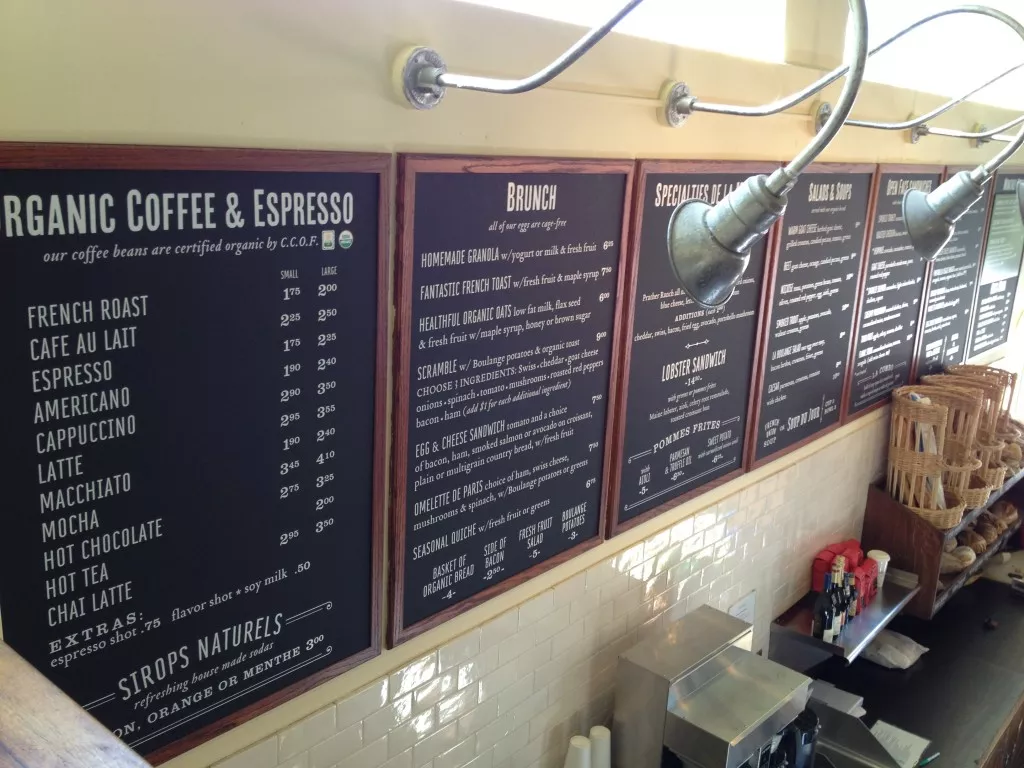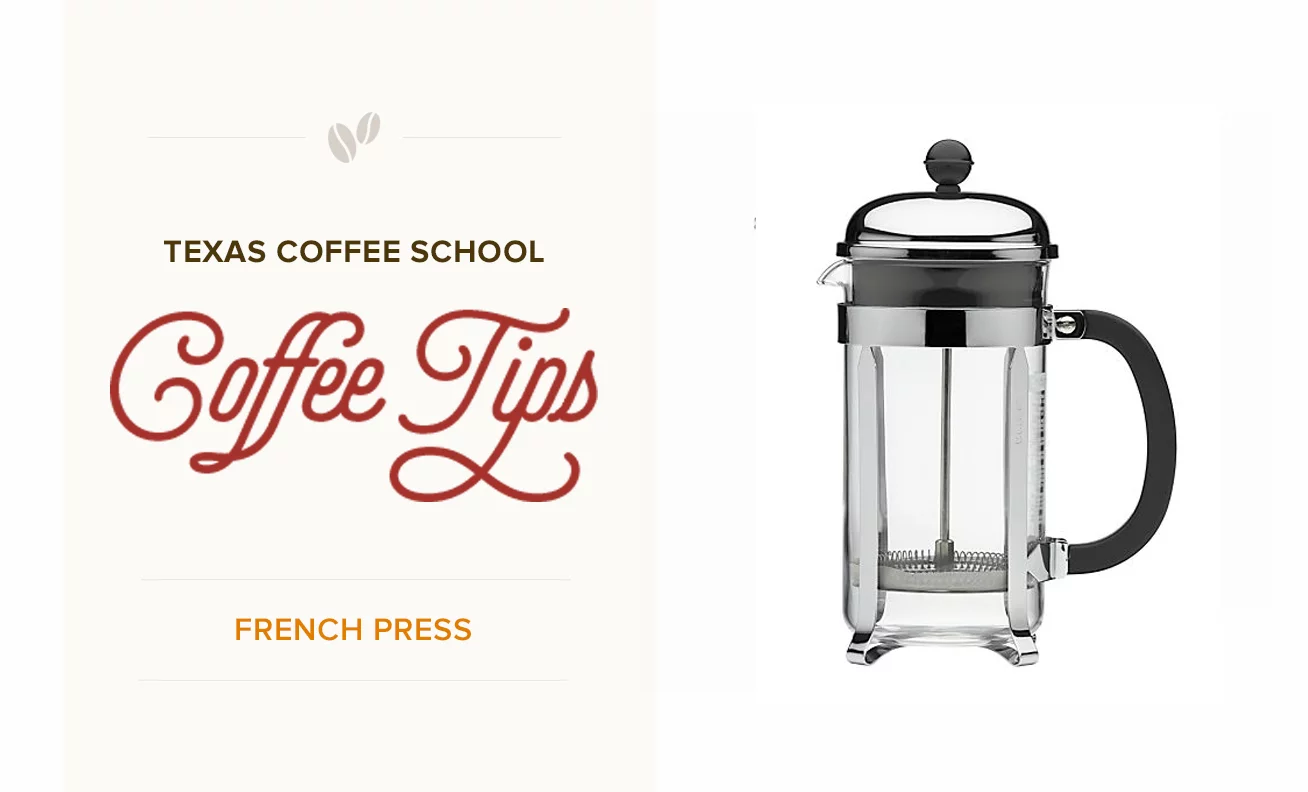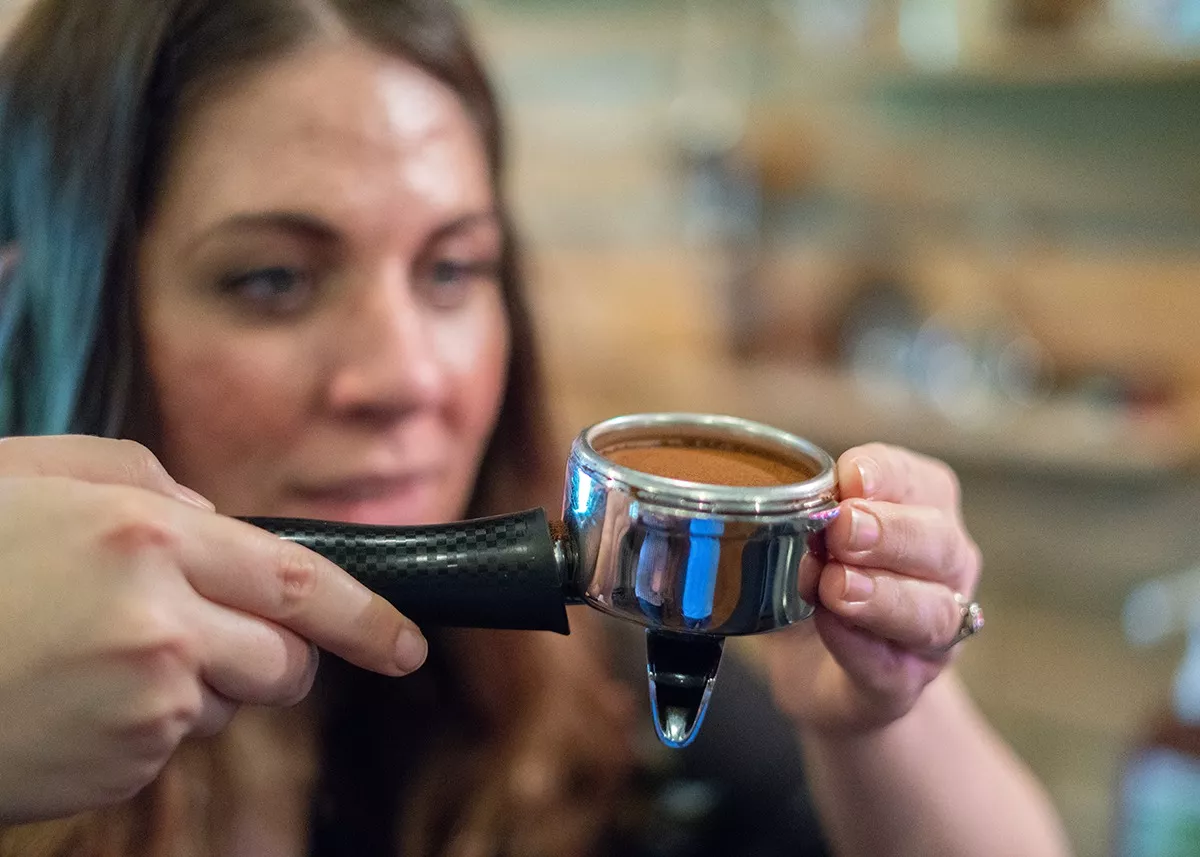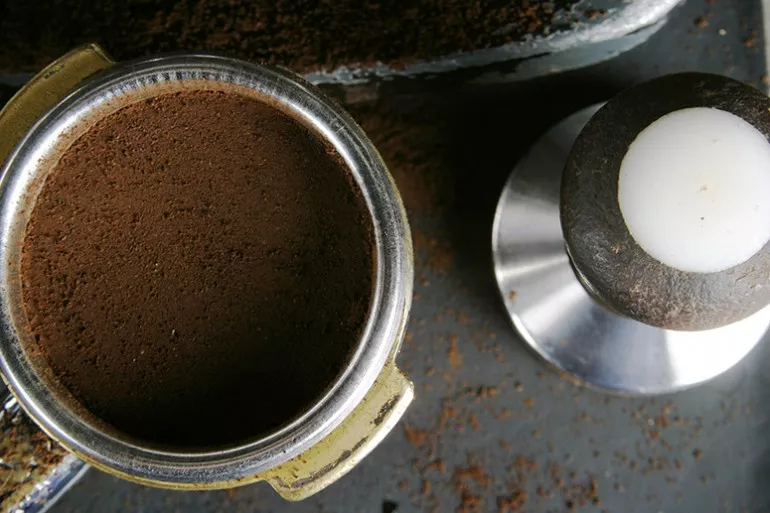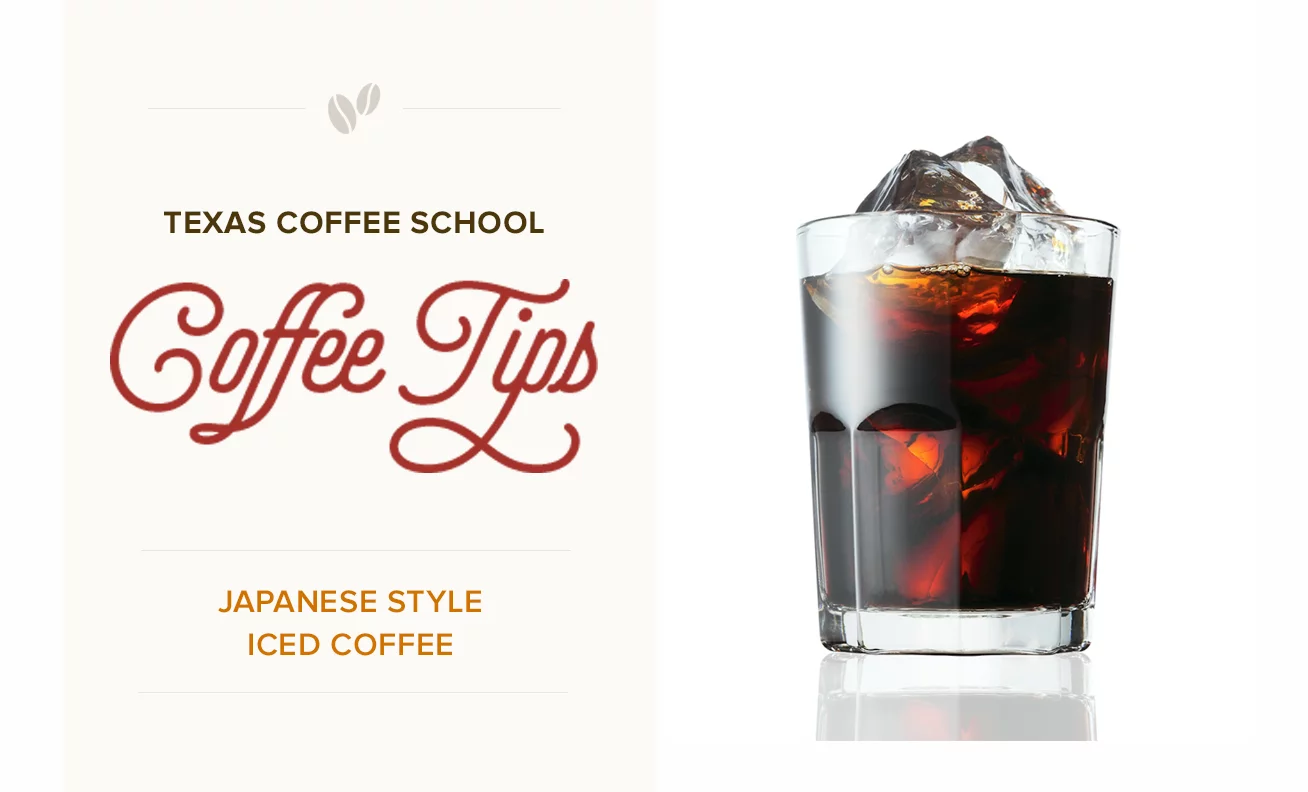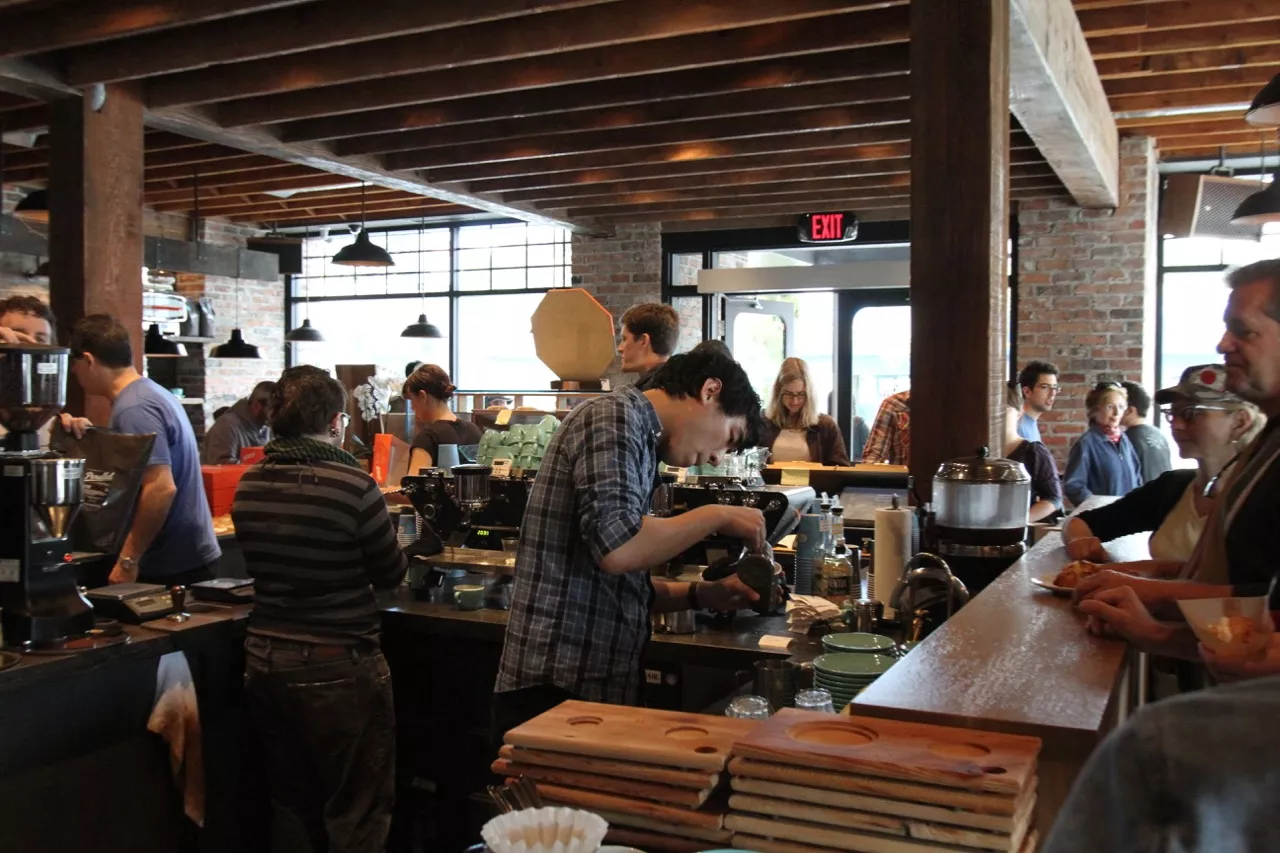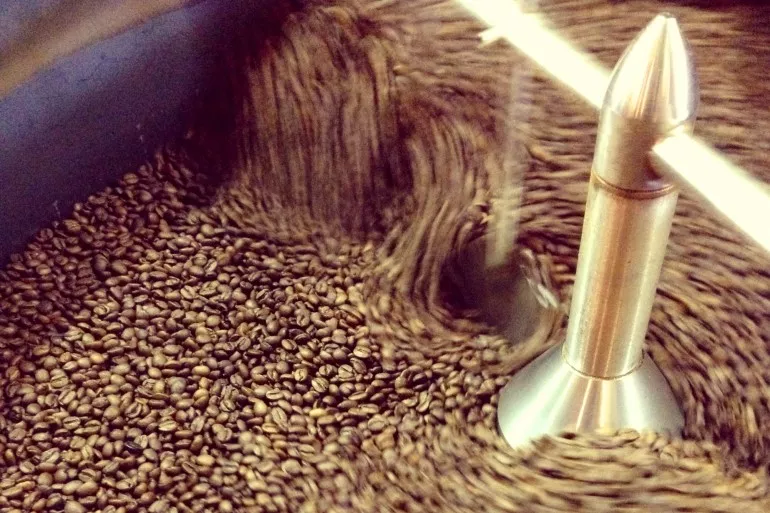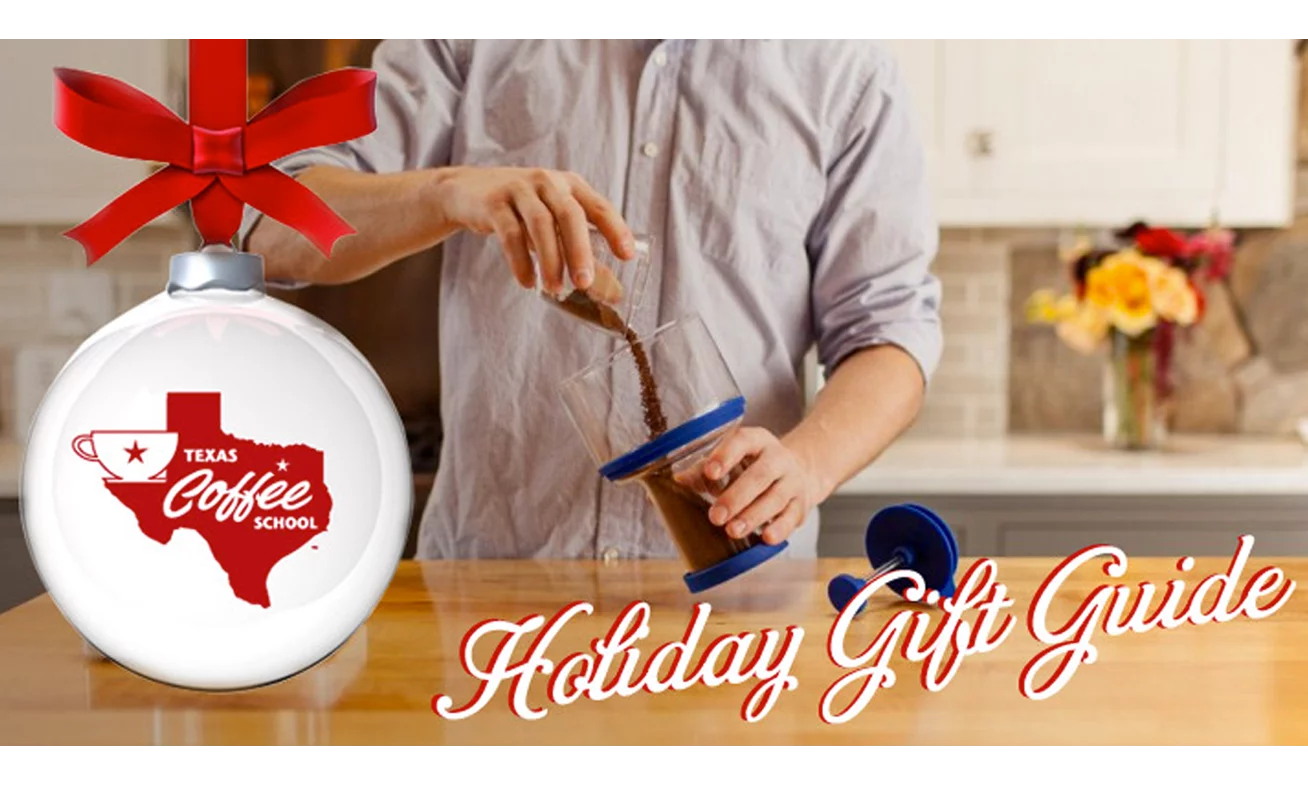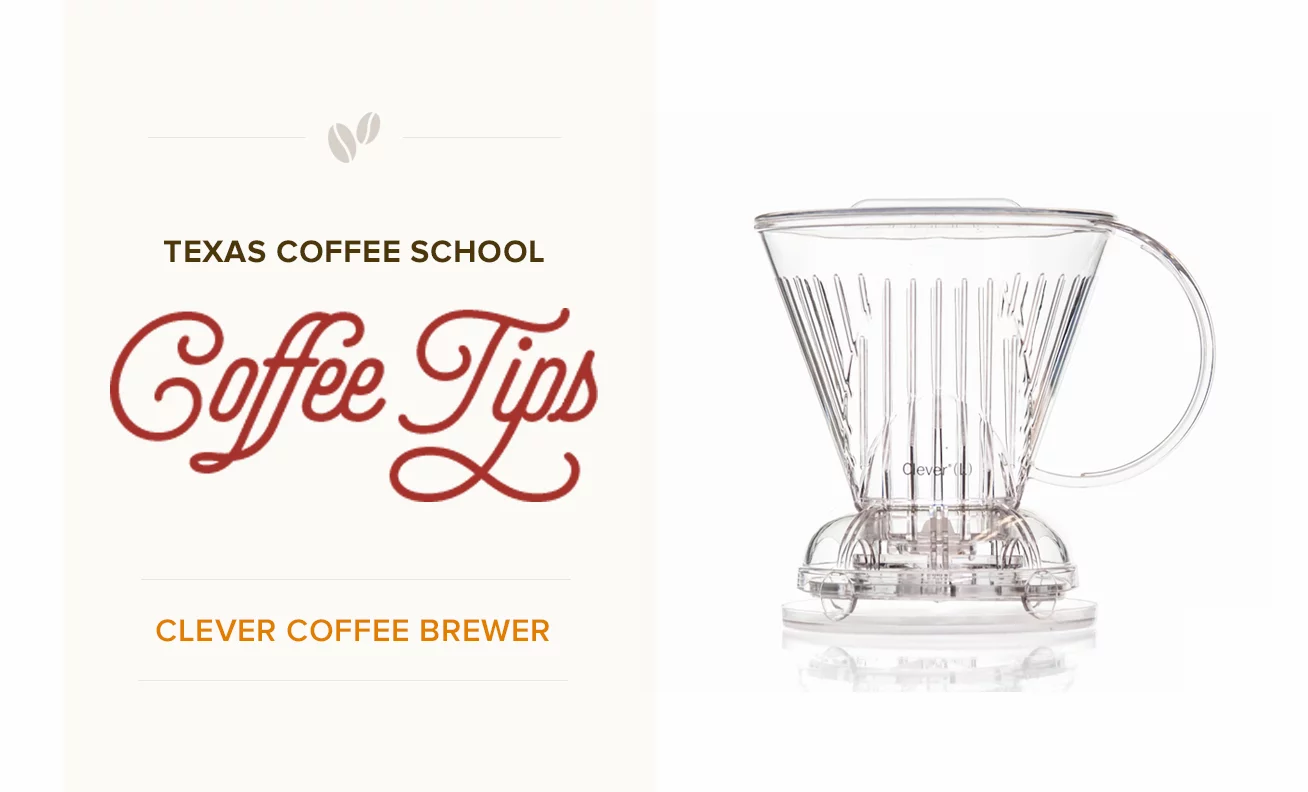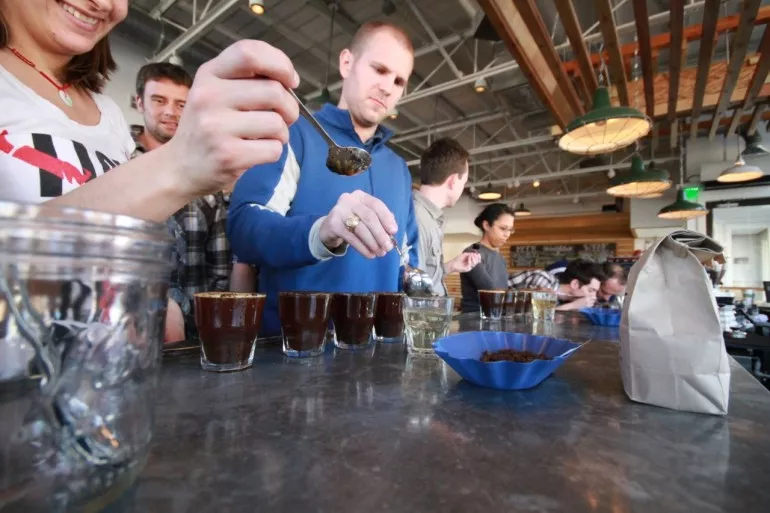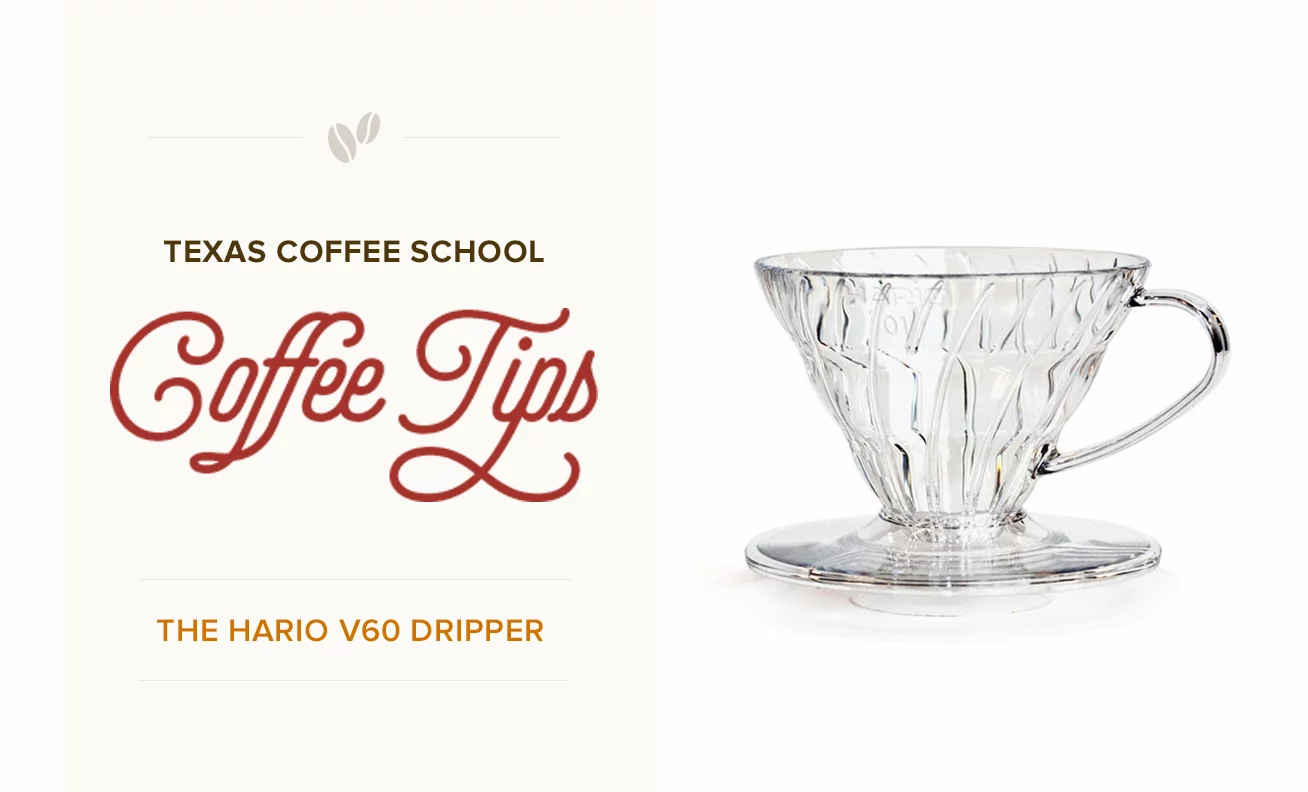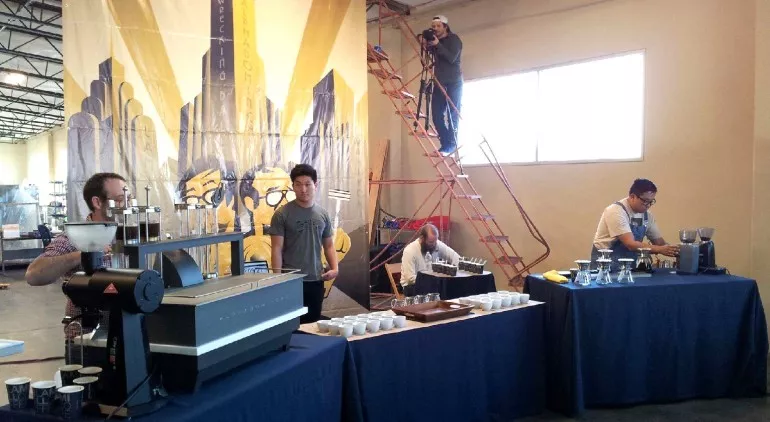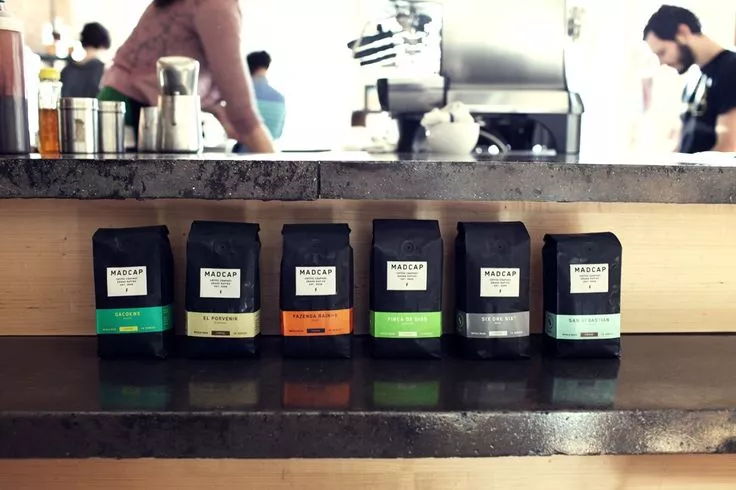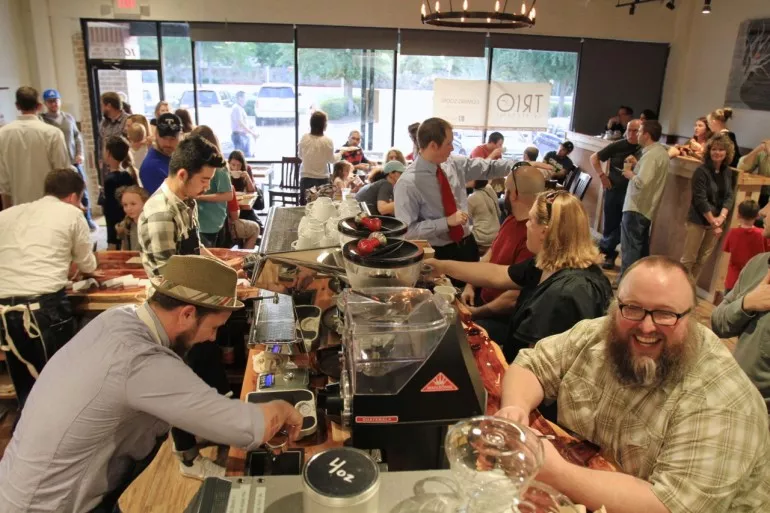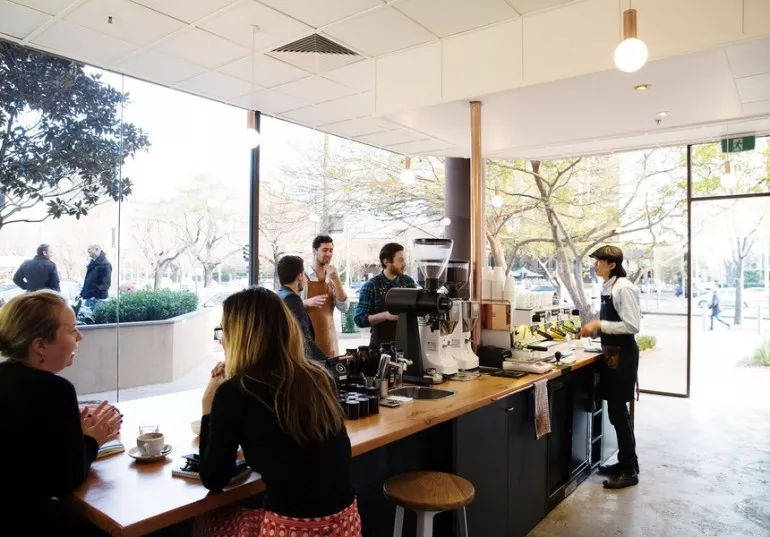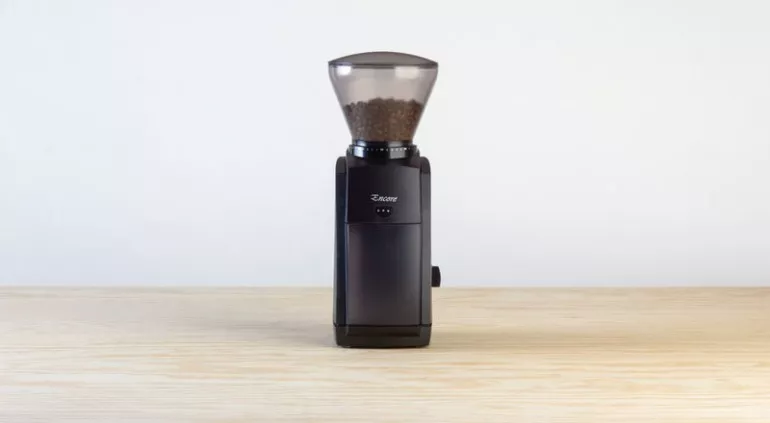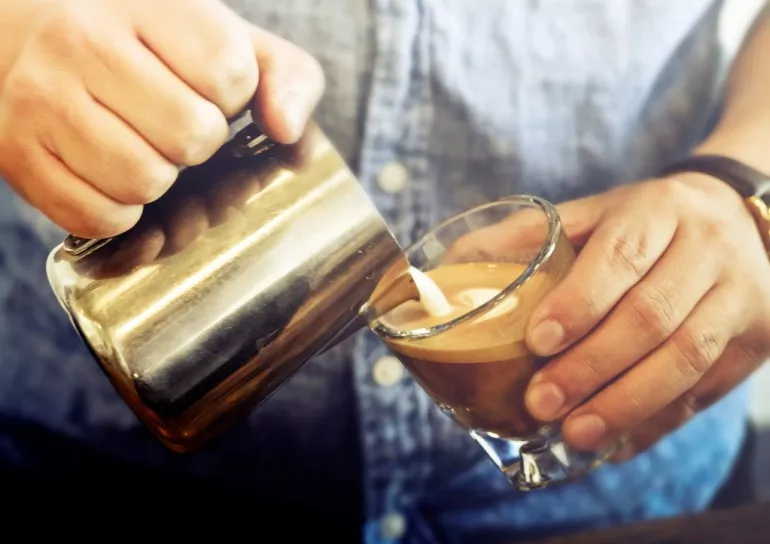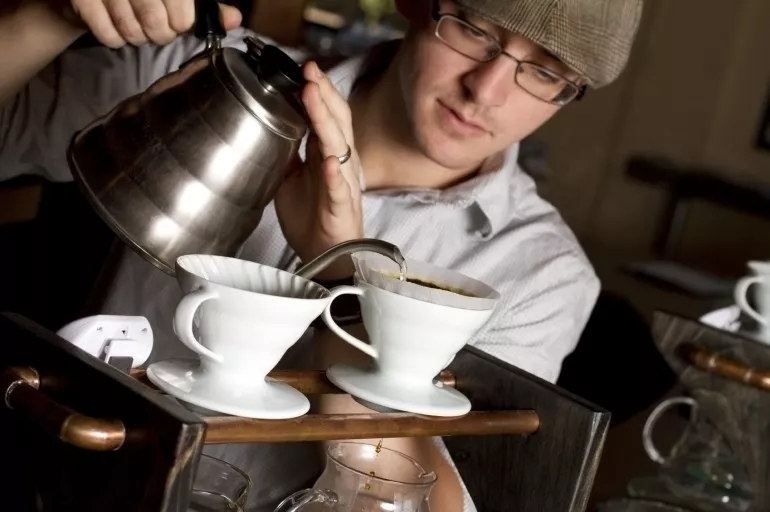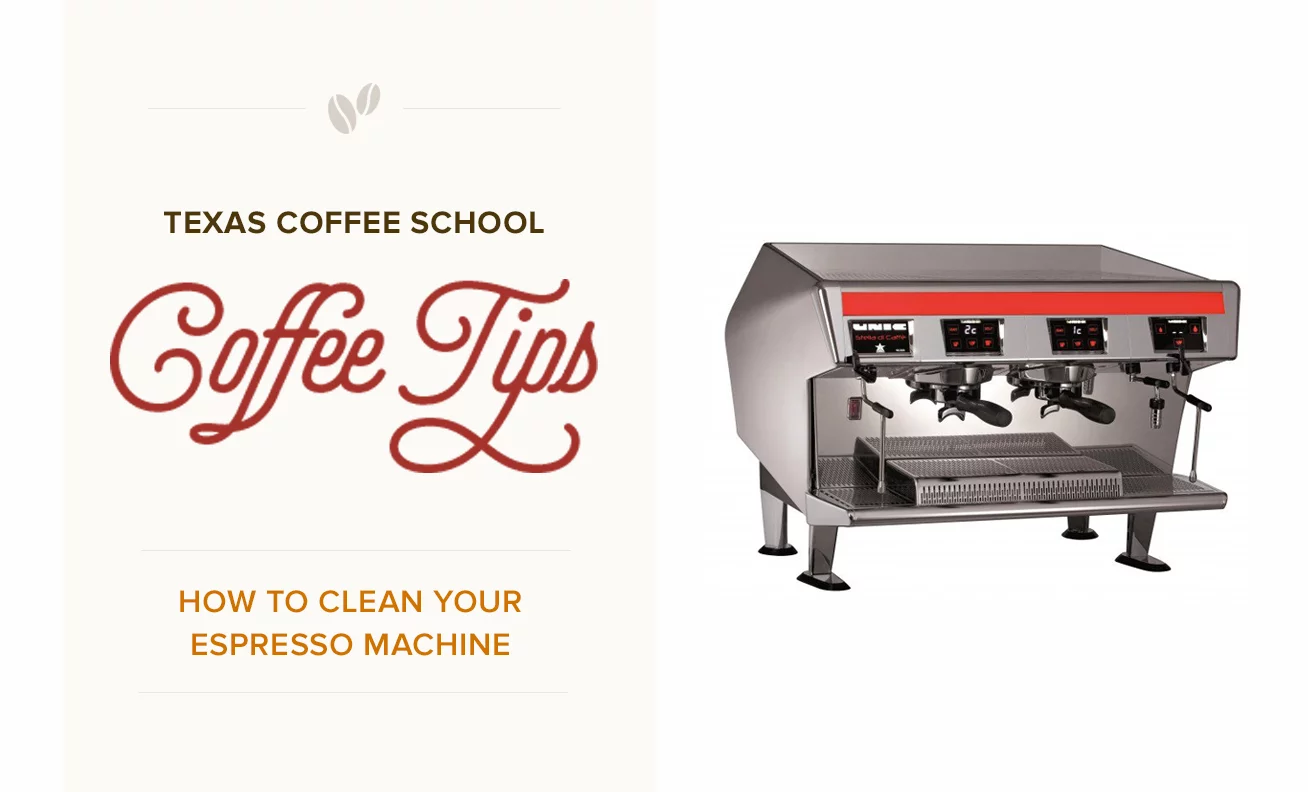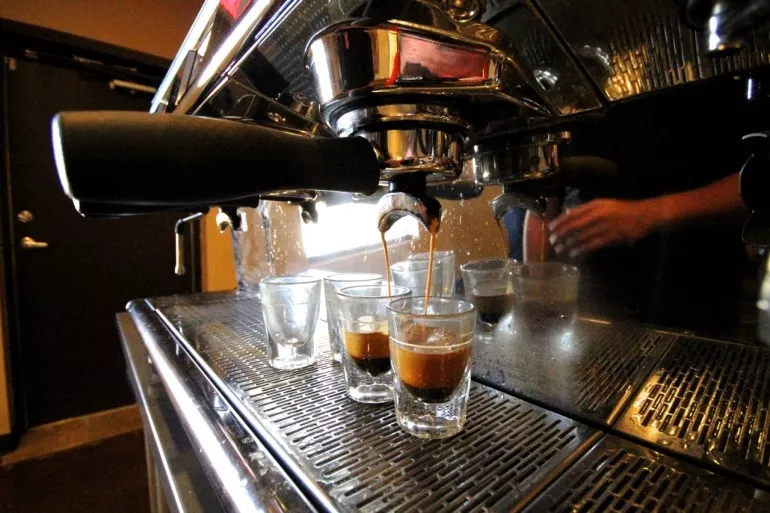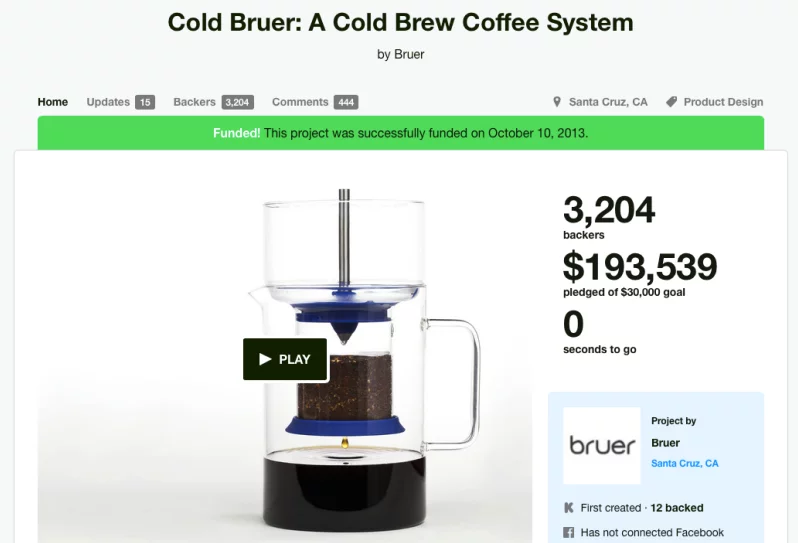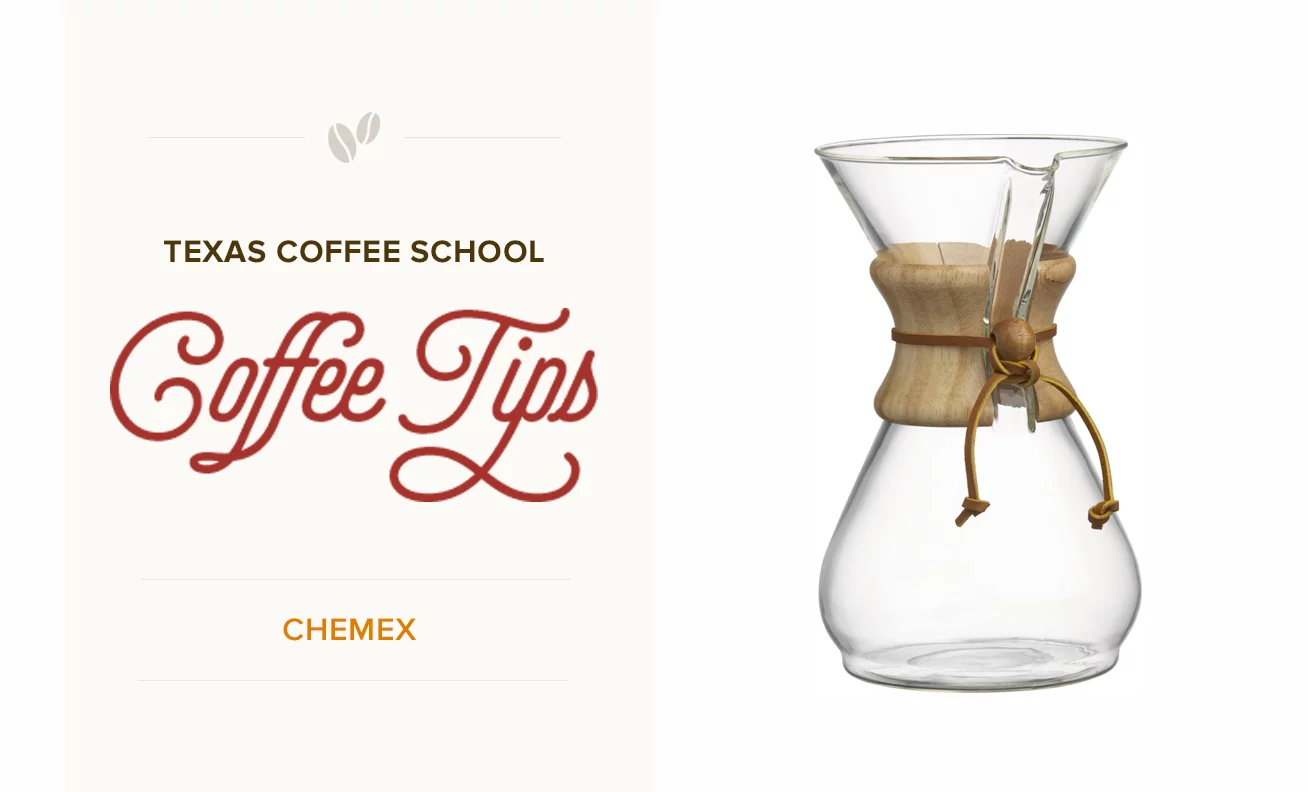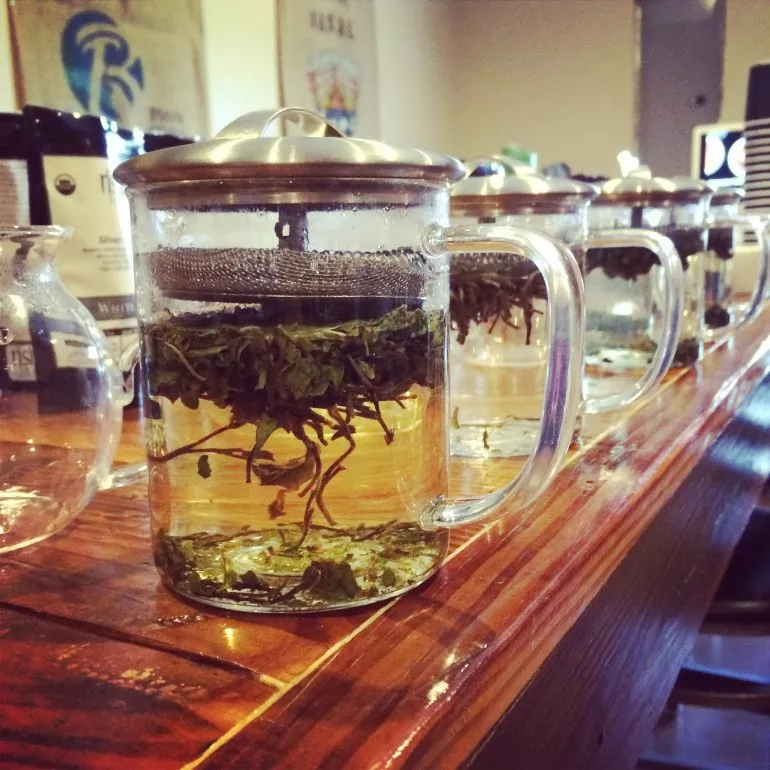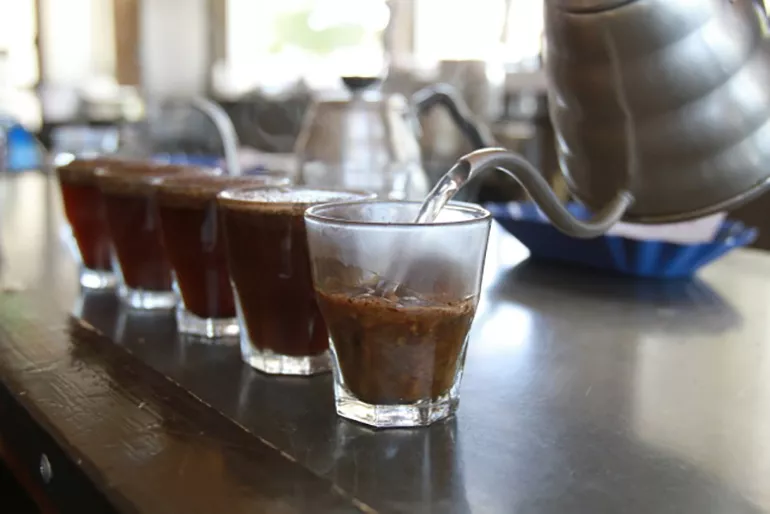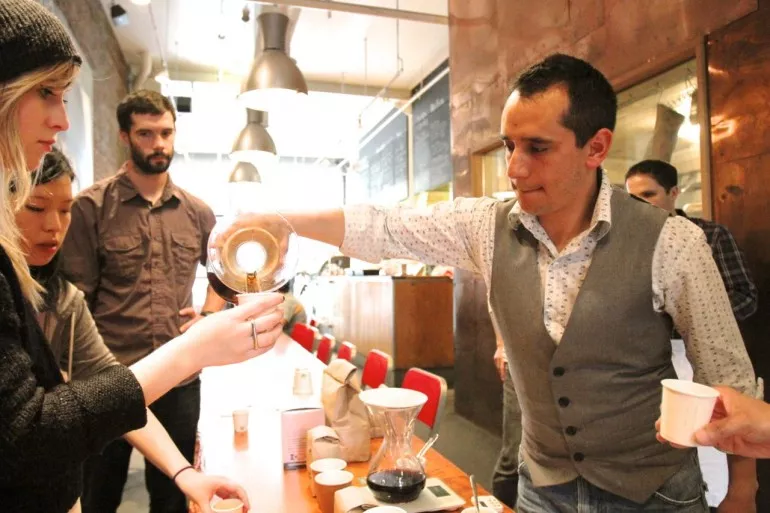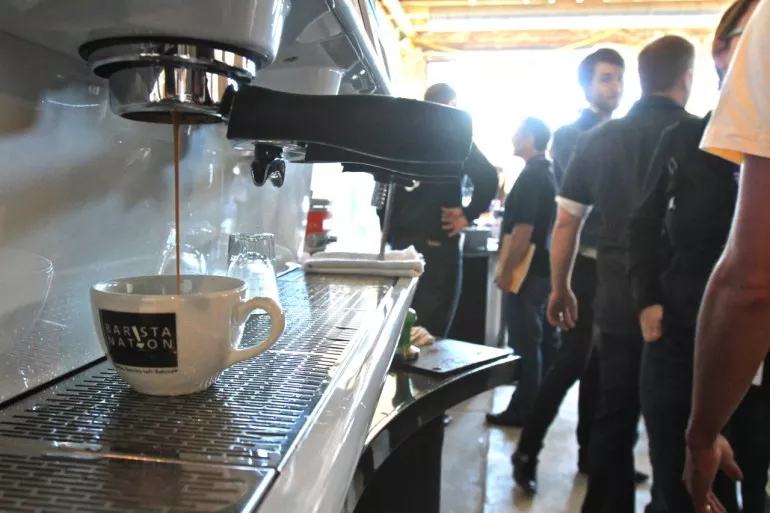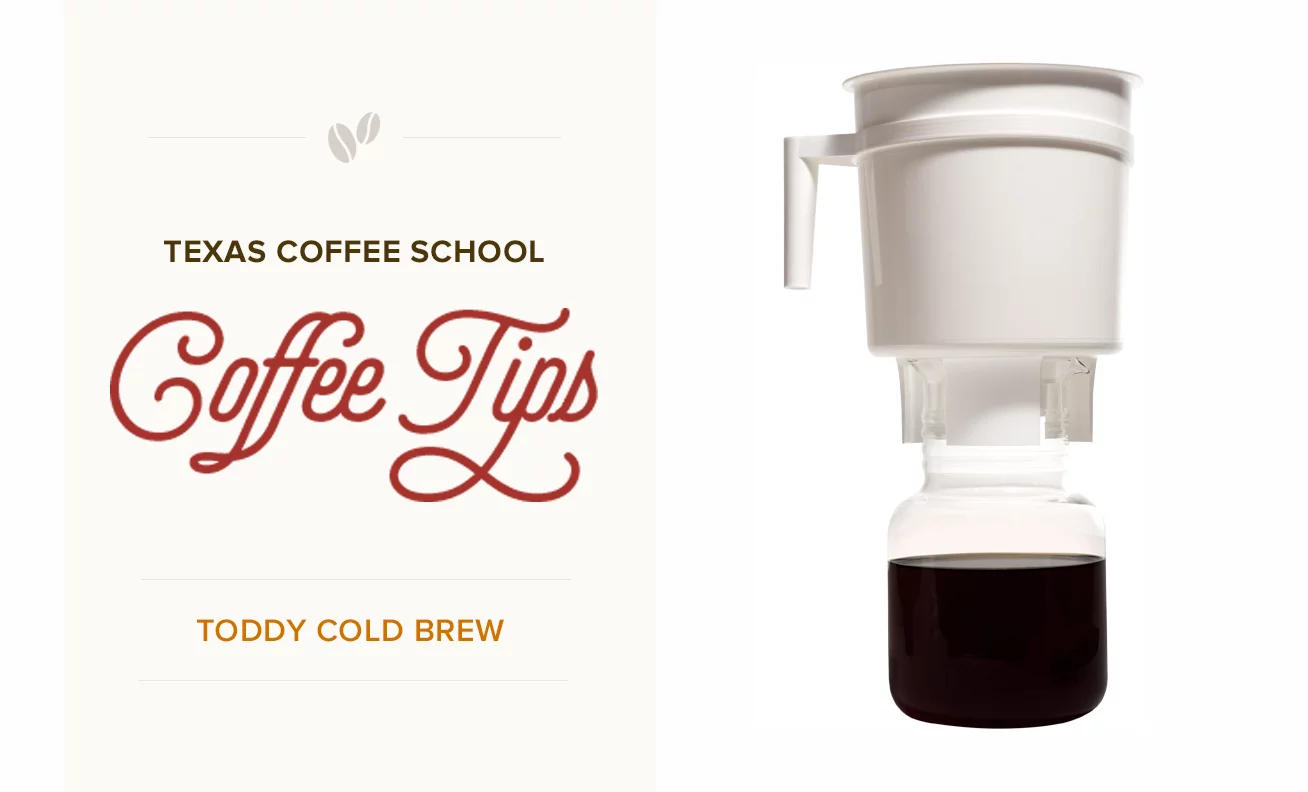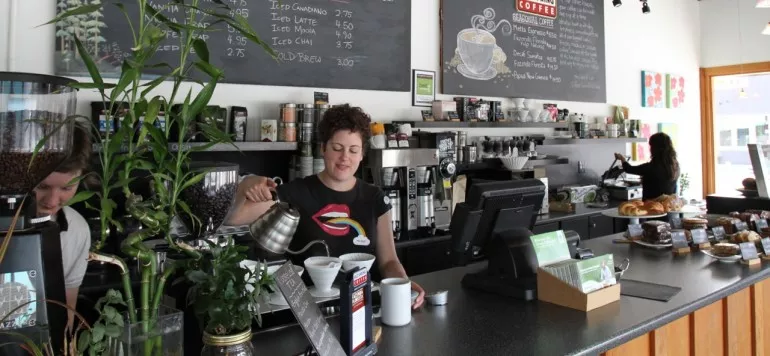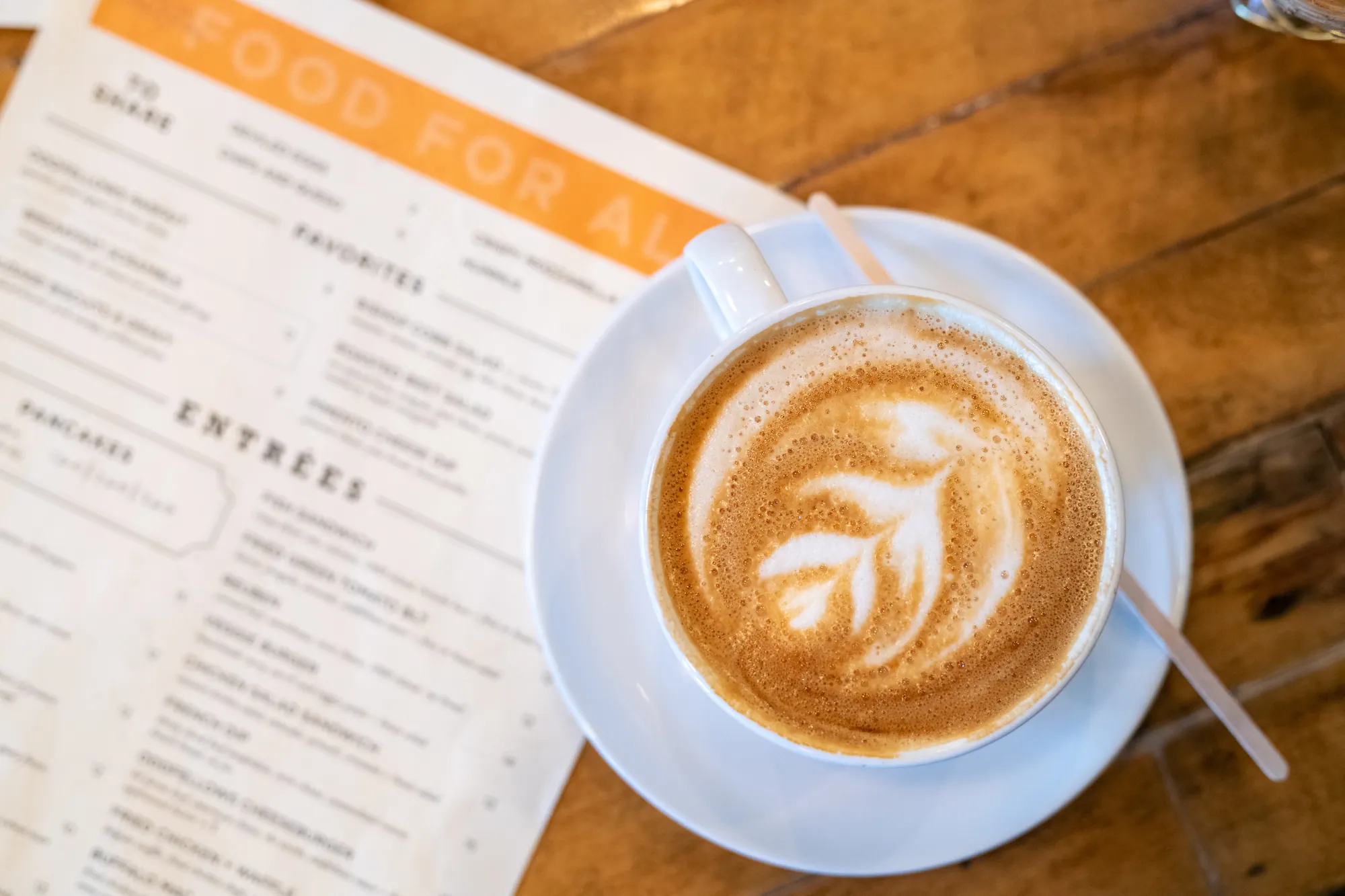
How to Create a Coffee Shop Menu
Your coffee shop menu is part of your coffee shop’s ambience as much as the name, location, or decor. And just as important, the menu is where you earn a profit for your coffee shop! So it’s key to offer the right items at the right prices.
Here are a few tips from our team of experts for curating the perfect coffee shop menu.
Use Data, Not Emotions
If you’re a new coffee shop owner, many seasoned coffee shop owners will tell you to expect constant feedback on your menu. Customers, friends, and family members will want you to add or change items, flavors, and prices.
It’s easy to get caught in your emotions and feel insecure or worried about your menu. Does everyone have the same opinion as that one negative Yelp reviewer? If you don’t change that menu item, will it hurt your business? Coffee shop owners might start revising the menu out of fear until the menu board wraps around all four walls. Don’t do it! All those menu items can turn into significant waste.
It’s not just about wasting ingredients either — excessive menu items also waste labor. Every additional menu item requires training, preparation, and production time, which increases your overall labor costs. Focusing your menu on high-performing items ensures your staff’s time is spent on what truly drives profitability.
Before you respond to every opinion about your coffee shop’s menu, pause and look at the data, starting with the 80% rule.
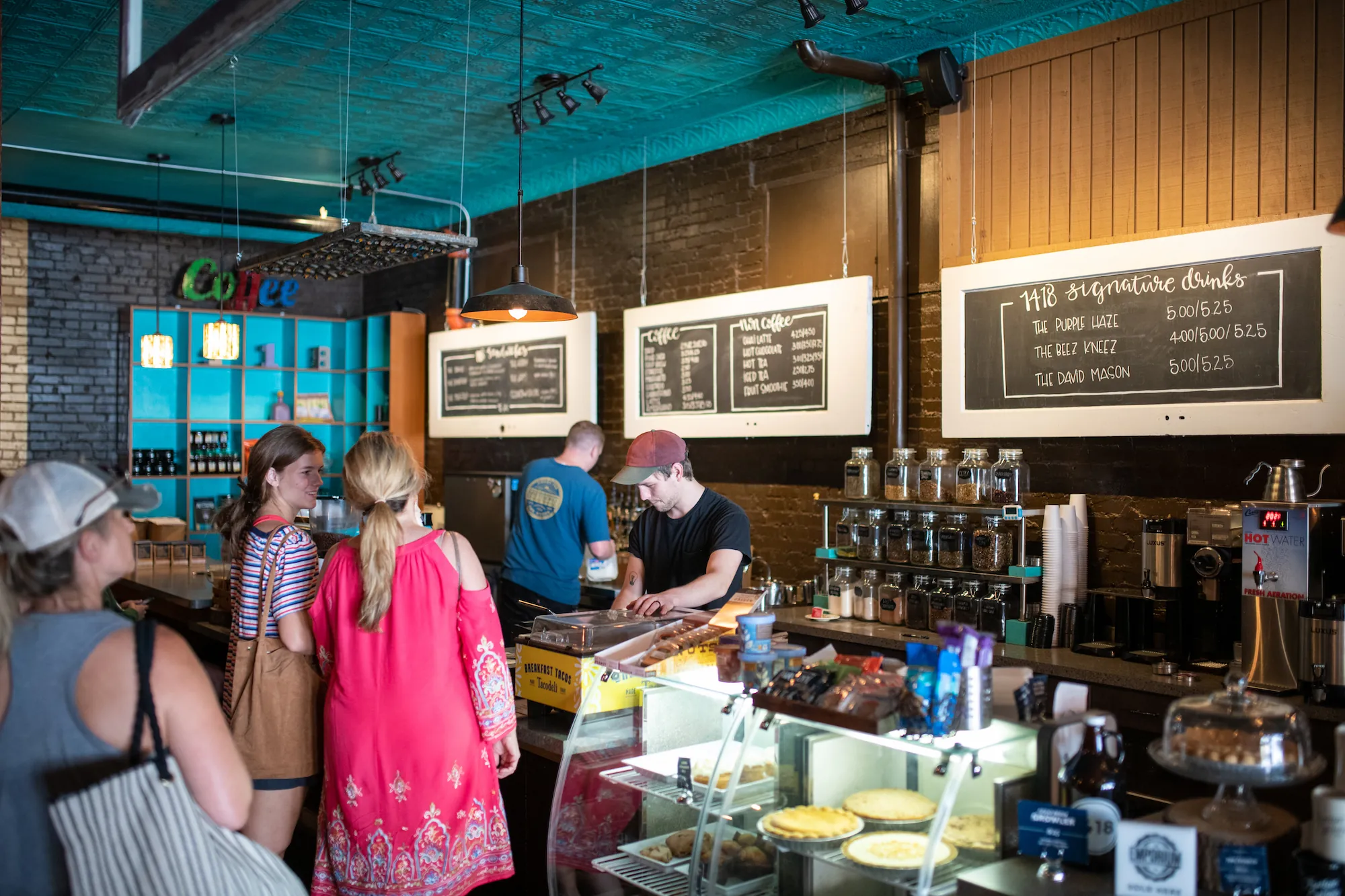
Follow the 80% Rule
The 80% rule is used by some of the most successful restaurants in the world and can help you identify which menu items to keep and which to cut.
Start by allowing your coffee shop menu to run for at least five months. Then, pull your sales reports. Try to figure out the specific reasons your top menu items are performing well and why your bottom items are performing poorly.
Don’t make assumptions. You may discover that a menu item isn’t selling well for a reason that has nothing to do with taste. It’s possible that customers can’t read the menu font or don’t understand the name of the item.
Conduct multiple focus groups with different sets of customers across several days or weeks. Offer menu item samples and request feedback. And listen well! You don’t need to defend or justify the item. The goal is to get honest feedback.
Finally, don’t add, remove, or change a menu item unless 80% or more people in your focus groups vote for the specific change.
Test Example for the 80% Rule
Let’s say you suspect an item isn’t selling well because it isn’t sweet enough. Here’s what to do:
- Collect a sizable group (30+) of real customers and spread the group into smaller groups over several days.
- Offer to incentivize participants if necessary.
- Create the item the way you normally make it. Then, create a second, sweeter version of the item.
- Without leading your test subjects, ask them which they prefer and why. You may ask participants to write down their vote so an outspoken opinion doesn’t skew the results.
- Tally up the votes. If 80% or more of the people said they like the sweeter version, make the change to your menu. If votes for the change equal anything less than 80%, leave it as is.
Set the Right Menu Prices
It’s tempting to set menu prices based on what you think customers will pay or what other coffee shops charge, but this approach can quickly derail profitability. Instead, your prices must cover your cost of goods sold (COGS) and include a healthy profit margin to sustain your business.
COGS isn’t just about ingredients—it also includes shipping and waste. When setting menu pricing labor is a critical yet often overlooked factor because every drink or dish requires time and skill to prepare. Factoring labor into your pricing structure ensures you’re covering the true cost of production, which helps keep your business sustainable even as labor costs rise.
For example, if your store’s labor cost averages $0.25 per minute, a latte that takes 1.25 minutes to prepare costs about $0.31 in labor, while a pour-over taking 6.5 minutes costs about $1.63. By adding labor to the cost of ingredients, shipping, and waste, you’ll have a clearer understanding of each menu item’s total production cost. This detailed approach also allows you to identify your most profitable items more easily.
By including labor in your menu pricing strategy, you can set prices that reflect the true value of your offerings. Want to dive deeper into pricing strategies and learn how to build and sustain a profitable menu for your coffee shop? Join our 3-Day Coffee Business Master Class®, or Coffee Shop Operations Master Class to get expert guidance. We’ll make it easy!
Update the Menu Seasonally
Coffee shop menu changes should only be made strategically, not reactively. But seasonal changes are a good time to update your menu items. You can keep your core menu the same — drip, espresso, cappuccino, latte, americano, etc. — while offering a rotating list of seasonal drinks.
These fall coffee drink recipes will have customers flocking to your coffee shop for Instagrammable cozy vibes.
Here’s a yummy peppermint rooibos mocha recipe for winter.
And creative iced tea drinks are a fun twist on caffeine for spring and summer. Plus, don’t forget about cold brew!
Read more about these current coffee shop trends.
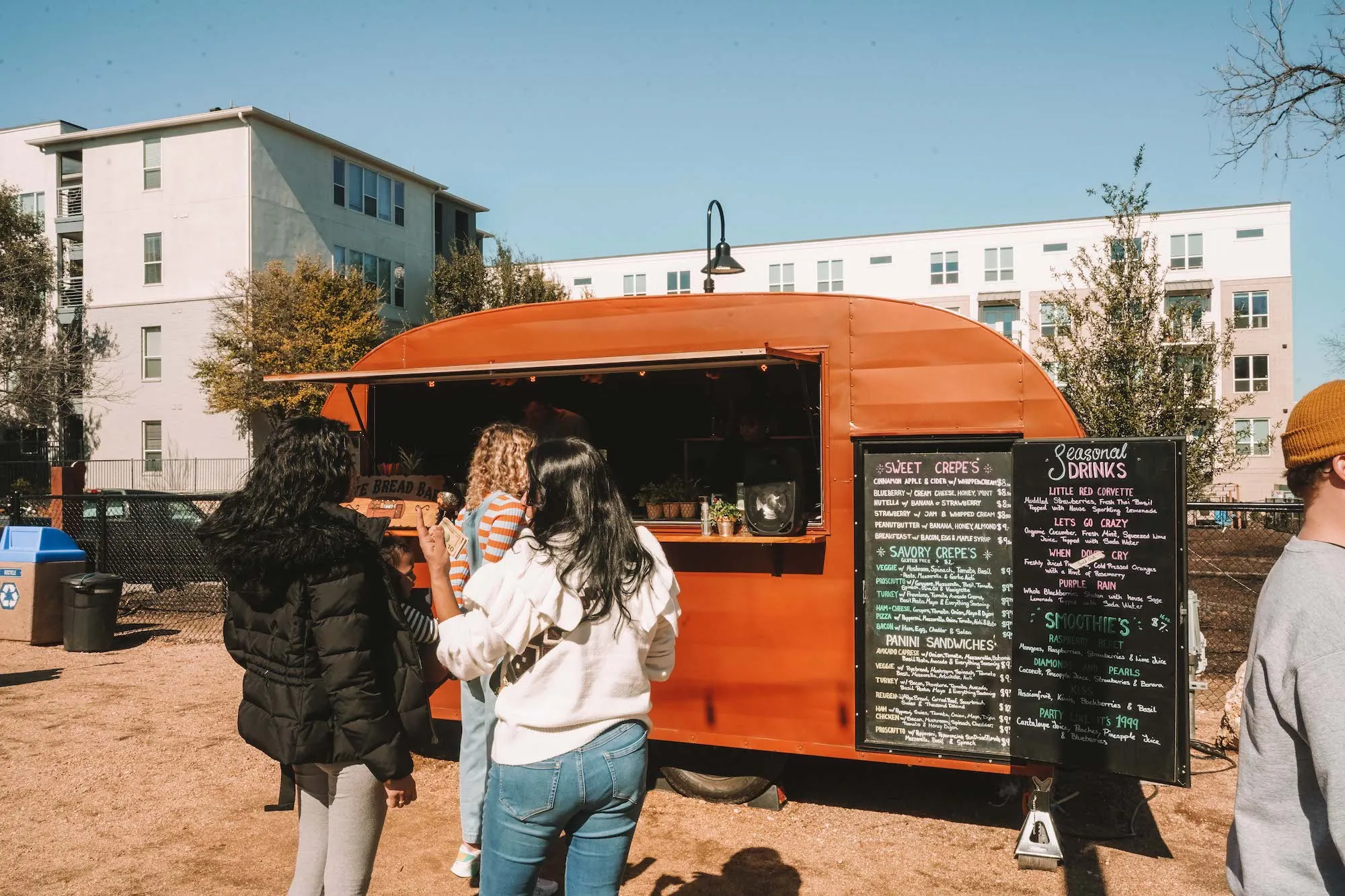
Build a Custom Coffee Shop Menu in the Texas Coffee School Classroom
While the perfect coffee shop menu takes trial and error, you can get a strong start on your menu in our 3-Day Coffee Business Master Class. We teach students how to open a coffee shop business with no previous experience necessary, and we walk you through every step of the way.
Hundreds of successful coffee shops were born at Texas Coffee School. Sign up for a class before the year is over!
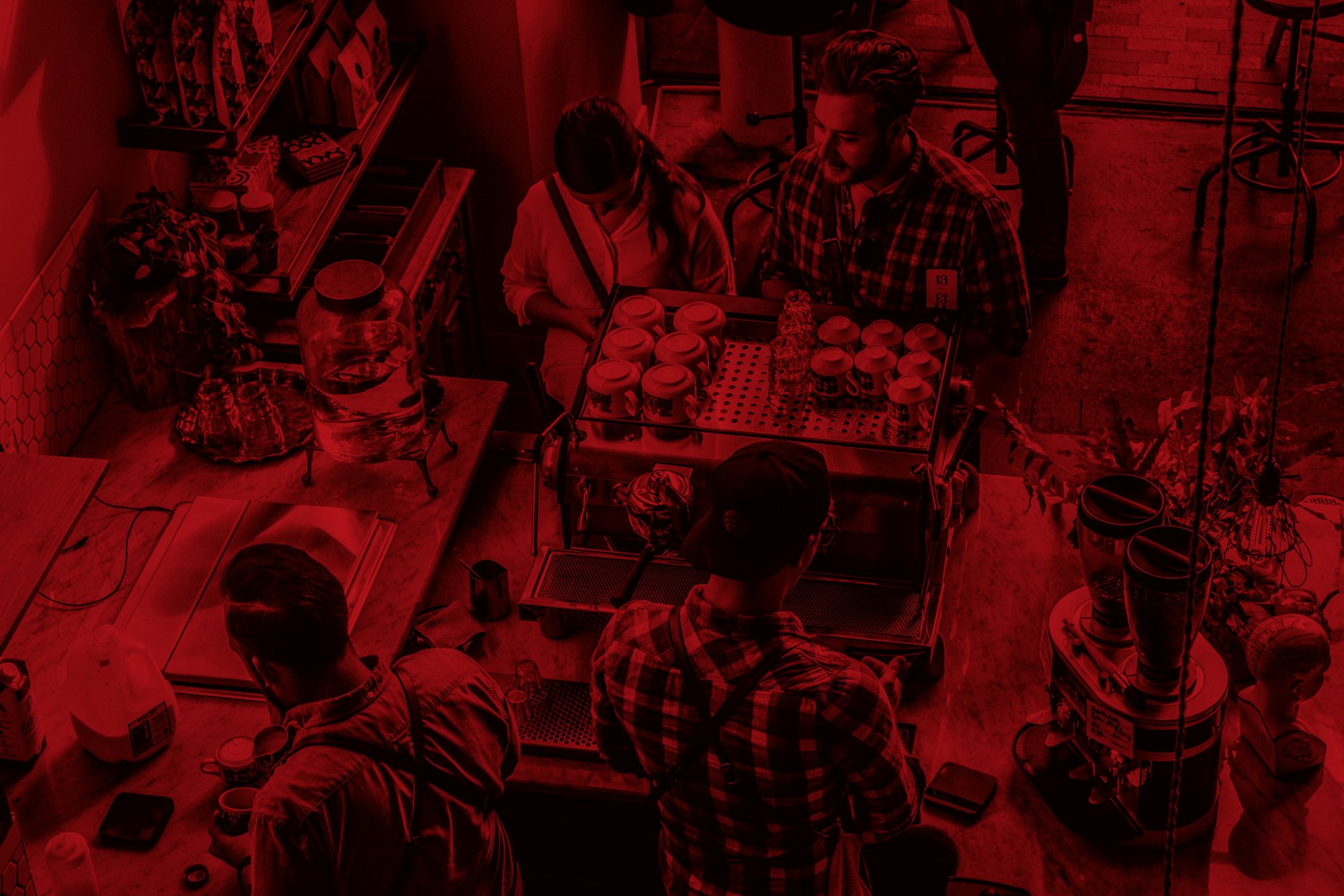
Register for a Coffee Class
The Best Coffee Training Available
We’ve helped hundreds of students successfully launch their own coffee shop businesses. Join us in our 5-Star Rated Coffee Classes, whether you’re an aspiring entrepreneur looking to open a coffee shop, a manager, a barista or home enthusiast looking to sharpen your skills.
